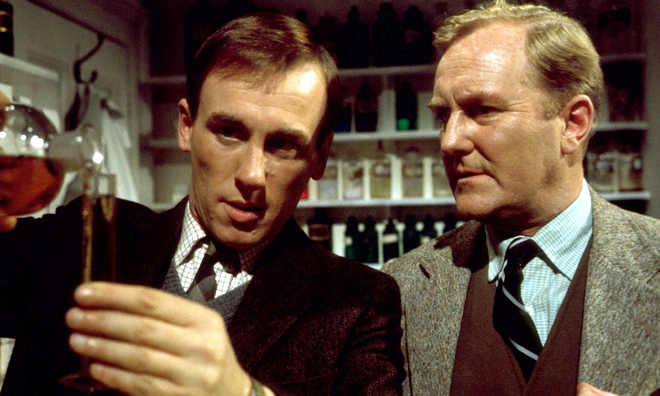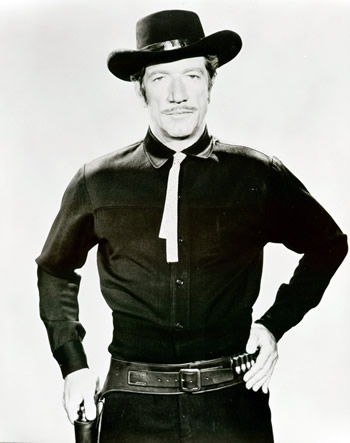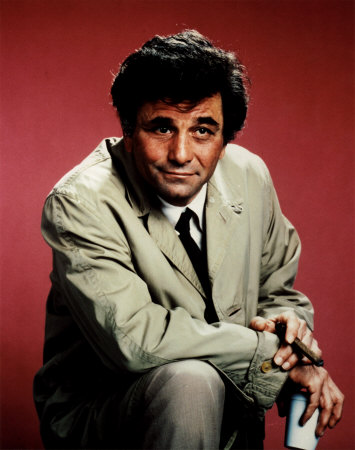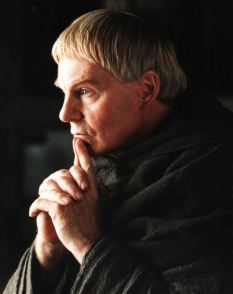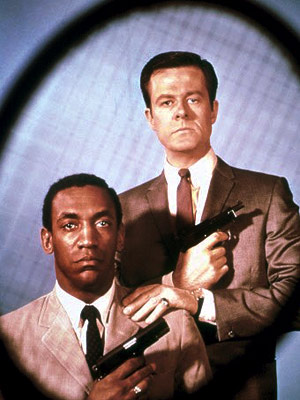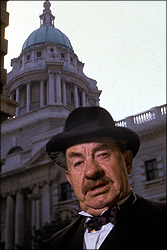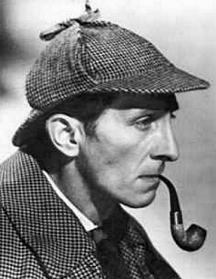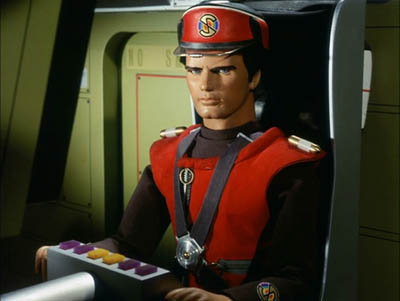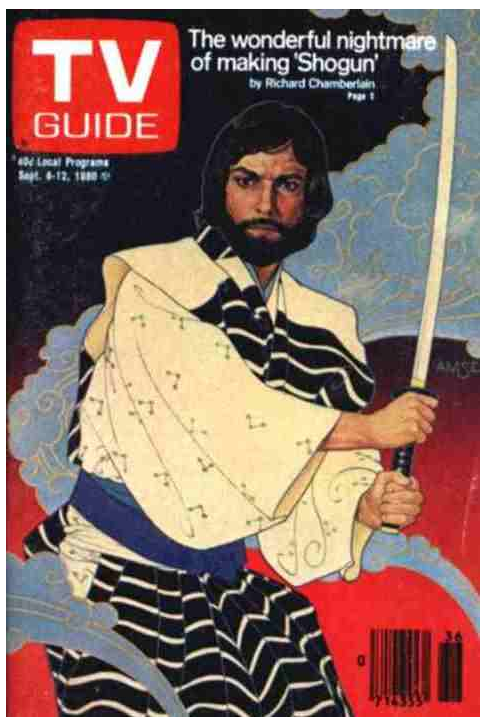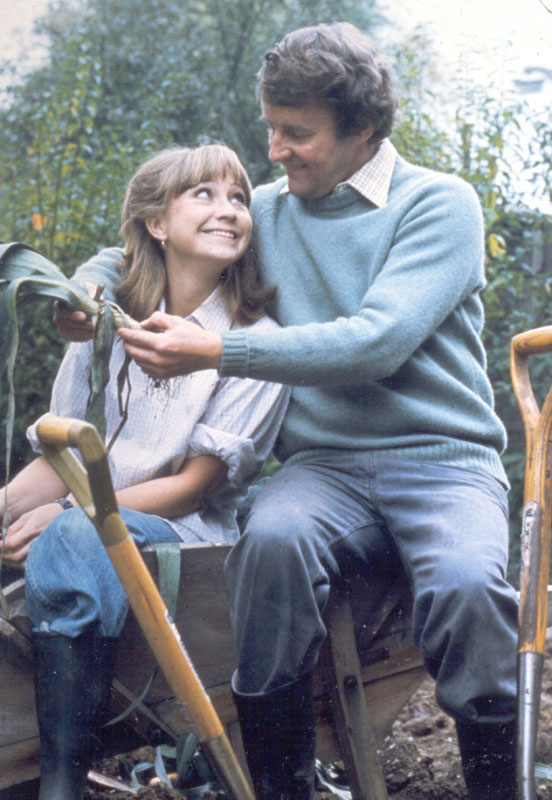The Stalking Moon
|
While I've never been that big a fan of American sitcoms, I've long enjoyed many offerings from our cousins across the pond. Back in day, my local PBS affiliate would show classic Britcoms like Fawlty Towers, Are You Being Served?, Keeping Up Appearances, Good Neighbors (known as The Good Life in the U.K.), To the Manor Born, Yes, Minister and the like. Though I especially prize two of Britcomdom's best - the highly-acerbic antics of Rowan Atkinson and company in the history-hopping Blackadder and the charming, iconoclastic and occasional surreal take on life of a rural parish priest in Father Ted - the one that ranks above them all, the one I keep coming back to time and time again, is the scrappy, funky sci-fi comedy turned huge cult phenomenon, Red Dwarf. Ah, Red Dwarf. How do I love thee? Let me count the ways: 1. The premise An accident occurs on the immense deep-space mining ship, Red Dwarf, killing the entire crew except the lowest ranking human on board, one Dave Lister, a Liverpudlian space-bum safe in cryosleep as punishment for bringing a pet cat on board against quarantine regulations. 3 million years after the accident, Holly, the ship's computer, brings Lister out of stasis and breaks the bad news. "They're all dead, Dave." To keep Lister sane, Holly animates his old bunkmate and detested sparring partner, Arnold J. (for Judas) Rimmer, git extraordinaire. Soon they discover another life form on board, the last of the cat race, descended from Lister's original pet, called, simply enough, the Cat. Wacky sci-fi adventures ensue. A great and original set-up for a TV series, with plenty of room for pathos as well as yucks galore served up in the acerbic, insult-laden British style. And the show continued to evolve and stay fresh, as well as consistently funny, for most (1) of its (so far) 10 series and 61 episodes. 2. The Characters. 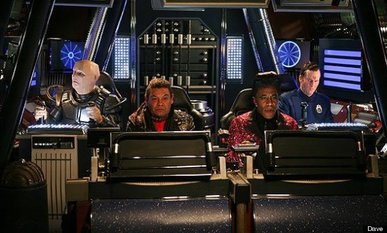 Sketch comedy and stand-up are all well and good, but for my money the best comedy grows out of character. And Red Dwarf has 4 (eventually 5) standouts: - Lister (played by Craig Charles), the last human as perfect everyman, lazy, slobby, big-hearted, quick with a wisecrack, vindaloo-scarfing, lager-guzzling, his scuzzy exterior camoflauging a poet's soul. - Rimmer (Chris Barrie), perennial loser, anal, arrogant, annoying, and cowardly, with a fine flair for insults and a deep sense of self-loathing. - The Cat (Danny John-Jules), a shallow, narcissistic fashion plate and resident dumb straight man, but fully capable of lobbing frequent pithy putdowns (not a slouch in this cast!) - Holly (Norman Lovett for series 1, 2 and 8, Hattie Hayridge for series 3-5), the ship's rather wooly-headed, deadpan computer, mostly seen as a disembodied head. - and, starting as a regular from Series 3 on, Kryten (Robert Llewelyn), a conscientious domestic service android, programmed to serve humans no matter how wrongheaded their commands are, who quickly becomes a sort of bargain-basement science officer and frequently acts as Mr. Exposition. In other words, a classic line-up of underachievers with a mother lode of recognizably human faults to be mined for comedic gold. ***And for those thinking I forgot Kristine Kochanski...see (2) below.*** 3. The performances All the cast are good from the get-go, and their facility with a quip and sense of timing only grows stronger as the series progresses. They feed off each other perfectly, a terrific ensemble, though it must be said that the obvious standout is Chris Barrie, who so adroitly plays Rimmer and gives him just the right shade of likeability and human frailty - as well as razor-sharp wit - to keep an otherwise potentially unbearable character sympathetic to the audience. Rimmer's antics are perhaps the most memorable part of a show with many memorable parts. Simply put, he is the Homer Simpson of Red Dwarf. 4. The Writing 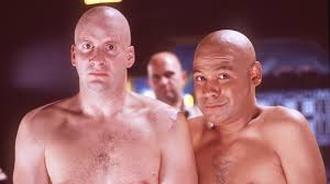 Red Dwarf is not written by committee, like many American sitcoms (sometimes this method works wonderfully well - witness the best years of The Simpsons). In true British TV fashion it's written by the same person over the course of the entire series, or in this case, 2 persons: Rob Grant and Doug Naylor (at least the first 6, and arguably best, series; series 7 and beyond have pretty much all been scripted by Naylor, after the team split up). The scripts are tight, and though a fair amount of ad-lib, mugging and tweaking are encouraged, the cast rarely if ever have a chance to change the lines in any substantial way. The one liners are numerous, outrageously imaginative and often screamingly funny. As mentioned before, the humor grows out of character and the audience's expectations of what certain characters will do in given situations. And, as an added bonus, the stories are full of clever and sometimes mind-bendingly twisty explorations of science fiction tropes. The writers never forget to tell a good story as well as pump out a lot of laughs. This is a hard enough show to explain to the uninitiated, so most quotes won't work as well out of context, but here are a few choice morsels to give you a taste of the kind of dialogue that graces the show: “I tell you one thing. I've been to a parallel universe, I've seen time running backwards, I've played pool with planets, and I've given birth to twins, but I never thought in my entire life I'd taste an edible Pot Noodle." - Lister, "Demons and Angels" "I am Holly, the ship's computer, with an IQ of 6,000; the same IQ as 6,000 PE teachers." - "Future Echoes" Kryten [on Rimmer]: "A man so petty and small-minded he would while away his evenings sewing name labels on to his ship-issue condoms...Who allowed this man, this pathetic man, this man who could not outwit a used teabag, to be in a position where he might endanger the entire crew? Who? Only a yogurt!" - "Justice" 5. The look Until recently, Red Dwarf was made by the BBC. By American standards, it's a cheap show, and - particluarly in the first 2 seasons - looks it. However, compared to the original run of Doctor Who, Blake's 7 and virtually any other British-made sci-fi series, it's rather lush, with good model work and the occasional effective monster. The F/X are good enough to make the stories work, which is all that's required. They're rough and a little goofy --exactly right for this show. Besides, people aren't into Red Dwarf for the special effects. The writing and the characters are what's important, and the show is rich in those departments. 6. It's an actual Science Fiction Comedy that succeeds on both levels. This is frankly a startling achievement, all too rarely seen. Though it shouldn't be (in theory), TV sci-fi is terribly hard to pull off properly (especially on a low budget). Add comedy into the mix, and the job just gets exponentially more difficult. Red Dwarf makes it all look easy. The initial series focus more on character comedy, the later ones push the high-concept sci-fi ideas a little more to the fore, but the show runners always seem to get the balance right. 7. Rimmer Did I mention what a brilliant character this is? 8. Half the cast is black, yet no mention is ever made of it. None of that "White people this..." and "Black people that..." type of humor.. Lister is Lister, the Cat is the Cat, plain and simple. They are who they are, and their color matters not one iota. It never comes up, it's never mentioned. It's the future. The show is operating on a species level. If only more television programming reflected this, it'd be a better world. 9. It gets away with stuff American comedies never could. 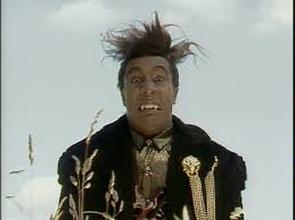 OK, the show is clever. High concept humor is in abundance. However, crude, vulgar humor cheerfully coexists with it. The bird is flipped, baddies are sometimes told to "Spin on it!," sexual references and lewd, scatological jokes fly fast and furious. And in one episode, Rimmer knees the Grim Reaper in the groin. All in good rowdy fun, in keeping with the general blokish-ness of the show and a source of constant and joyful surprise to the American viewer used to the antiseptic political correctness that frequently passes for sitcom writing in the U.S. and finally... 10. Oh, the humanity. In it's own humble, unostentatious, sneaky way, Red Dwarf has a lot to say about good ol' homo sapiens as a species. About what's important in life. About what it means to be a success, or a failure, and how we define those terms. About how, even if you're a layabout spacebum with no future prospects, you can still be capable of basic human dignity, and decency. It's about blown opportunities, lost chances, and potential shots at redemption. About laughing in the teeth of despair and disaster. About pulling together in times of trouble despite your differences and imperfections, and getting out of tough scrapes by sheer force of will. About the heights and (particularly) the dregs of the human mind, confronted with the vast mysteries of the cosmos. And about how we all basically want the same things: love, friendship, a place in the world, and the freedom to guide our own destiny. None of this stuff is in your face, but it's there, part of the richness of the Red Dwarf world. All 10 series of this wonderful show are now out on Region 1 DVD, and in the case of the special (which stands in for Series 9), Back to Earth, and Series 10, on Blu-Ray. Highest recommendations, but be careful: the show grows on you like a fungus. 1) While it does have its fans, the general consensus (one with which I am in complete agreement) is that 2009's three episode "special" Red Dwarf: Back to Earth, was a misfire. The first Dwarf in a decade, it featured a few good ideas here and there, a generally sleeker, spiffed-up look, and the same game (if noticeably older) cast, but sadly, it just wasn't that funny. Do yourself a favor and pretend, as most fans do, that it never happened. Luckily, Series 10 was mostly a return to form. Hopefully, this quality will be retained for Series 11 and 12, currently filming back to back, 6 episodes each to be aired in 2016 and 2017, respectively. (Update: As of Sept. 23, 2016, Series XI is now airing on Dave in the U.K.) 2) The production team added a sixth character in Series 7 and 8 - Kristine Kochanski, Lister's long pined-for lost love. Claire Grogan (Gregory's Girl) made a few brief appearances as the character in the early series, but Chloe Annett took over the part as a regular from series 7. Ms. Annett is quite fetching, attractive, smart, and with decent comedy chops of her own, but her presence on the show altered its delicate chemistry in ways both subtle and significant (not helped by the indispensable Chris Barrie's absence for most of Series 7), and few fans were saddened by her being M.I.A. when the show returned in 2009.
4 Comments
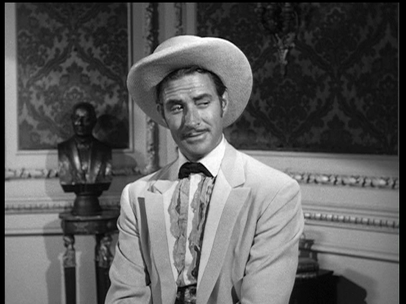 They sing of Yancy Derringer On every danger trail, On riverboat, in manor house And now and then in jail. They say that Yancy Derringer Had ruffles at his wrists, Brocade and silver buckles And iron in his fists. Yancy, Yancy Derringer, Yancy, Yancy Derringer In every tale of derring do They tell of Yancy D. Nearly a decade before he became Hollywood's oldest Tarzan, Jock Mahoney starred as gentleman adventurer Yancy Derringer in this winning, action-packed series that ran on CBS from October 1958 until June 1959. The brainchild of former pulp magazine writer Richard Sale and his wife Mary Loos (niece of Anita), the series was one of many westerns that virtually monopolized the primetime airwaves in the late 50s and early 60s. Many of these shows had a gimmick of some sort, to try to stand out from the pack (for example, the hero of Tate was a one-armed bounty hunter; Chuck Connors in The Rifleman was a principled single father; Bat Masterson wore a bowler hat and knocked baddies down with his silver-headed cane, and so on). Yancy Derringer doesn't so much sport a gimmick as it does a different take on the genre. It's not your typical sagebrush saga, though it's set in the direct aftermath of the Civil War. It's more of an Eastern, cut from the same cloth as Mississippi Gambler and Frontier Gentleman. Basically, it's mostly an action/ detective drama with some western trappings, set in the backstreets, waterfronts, posh restaurants and gambling dives of New Orleans, or, occasionally, on the decks of the paddleboats traveling the Mississippi waterways nearby. Everywhere Yancy goes, he's shadowed by his Pawnee compadre, Pahoo-ka-ta-wa ("Wolf who Stands in Water"). All you really need to know about Pahoo can be gleaned from this confrontation between crime boss Toby Cook (Claude Akins) and Yancy, in the second episode, "Gallatin Street" :
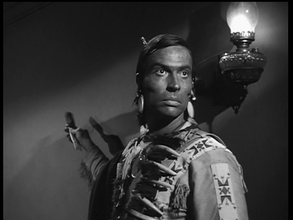 X Brands as Pahoo-ka-ta-wa X Brands as Pahoo-ka-ta-wa Pahoo is a stoic, silent companion, his fierce, unsmiling countenance frightening more than a few men and women who cross his path (a recurring joke). Yancy sometimes humors clueless new acquaintances by referring to Pahoo as a "savage," but it's clear that their friendship is real and one of mutual respect. X Brands, who plays Pahoo, wasn't an actual Native American, but spent a good chunk of his career playing one onscreen. Despite not having any lines, he's a vivid presence in Yancy Derringer and his tandem act with Mahoney is a real highpoint of the show. Another recurring character is Madame Francine (played with sultry, cool finesse by Frances Bergen, a former model and eventual wife of famous ventriloquist Edgar Bergen, and mother of Candace). An "old friend" of Yancy's who runs a gambling house (and perhaps a house of ill repute, though this is open to interpretation, much like Miss Kitty in Gunsmoke), Madame Francine makes her first of 19 appearances in the fifth episode, "A Bullet for Bridget." That episode reveals that despite her nom de plume, Francine is actually Irish, and her real name Nora - which amuses Yancy greatly. 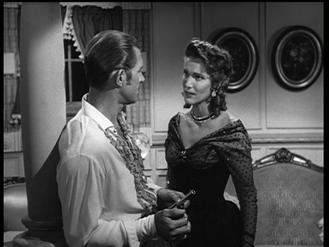 In the pilot, "Return to New Orleans," ex-Confederate officer Yancy answers a plea from an old flame (Julie Adams) and comes home to reclaim his family mansion from the supposed carpetbagging and reconstructioning of new Yankee city governor, John Colton (Kevin Hagen, who later played Doc Baker on Little House on the Prairie). Turns out his old sweetheart isn't quite all she seems, and instead has designs on his lands herself. Colton is in reality a straight-talking, incorruptible sort of fellow, who recruits Yancy to act as his "inside man," keeping an eye out from within the criminal underworld - places where Yancy, as a gadabout gambler and playboy, can travel freely and without suspicion. Yancy's patriotic nature, sense of justice and taste for trouble and danger (not to mention pretty women) lead him to accept Colton's agreement. Of course, Yancy's close association with the adminstrator's office doesn't give him carte blanche to ride roughshod all over town. One of the show's running gags is how often Colton throws Yancy into the clink for some minor offense, ostensibly to keep his cover intact, but it often appears that Colton gets a definite satisfaction out of seeing Yancy carted off to jail (even after he's just saved Colton's neck). This doesn't seem to concern Yancy overmuch, as he pretty much makes the stockade his second home, remaining on first name basis with the guards, who can't seem to stop losing their pay to him at cards. 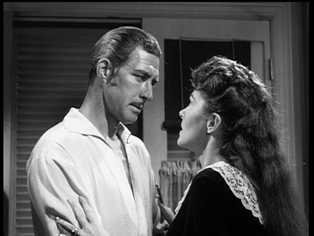 The rest of the series follows Yancy and Pahoo's exploits, as they saunter through the dark underbelly and glitzy nightlife of New Orleans, sniffing out dastardly plots, rescuing ladies and other sundry innocents in distress, taking out crooked gambling establishments, killers and other nefarious evil doers, and otherwise working for the general good of the city...all the while making a nice bit of cash on the side - strictly legally, of course. Coming to Yancy Derringer fresh via the recently released DVD set, Jock Mahoney was something of a revelation to me. Most of my previous exposure to the actor was as a typical stalwart hero in the 50s sci-fi rubber monster "classic," The Land Unknown (actually, quite a fun creature feature). He was also effective as the smarmy villain in Tarzan the Magnificent, (reviewed on this site previously here), and of course later played the Ape Man himself, taking over the loincloth from Gordon Scott in Tarzan Goes to India and Tarzan's Three Challenges. There was never any doubt as to Mahoney's physical skill and authority, as a former athlete, WWII fighter pilot and experienced stuntman. No, what surprised me most is his very effective performance here as a smooth, courtly Southern gentleman whose amiable, dandy-ish exterior masks a steely nerve and deadly fighting skills. Mahoney really excels in Yancy Derringer, fully convincing as a charming rogue with a quick mind and strong sense of honor, soft spoken until riled, suave and sure with the ladies, yet nobody's fool. Before Yancy Derringer, Mahoney headlined another, more conventional western TV series, Range Rider, which I haven't seen. But on the strength of his work here, I really want to catch him in his other western feature film roles, such as Overland Pacific, what appears to be a Columbia Mountie serial, Gunfighters of the Northwest (with Clayton "Lone Ranger" Moore!), A Day of Fury, Showdown at Abilene, Joe Dakota and the contemporary western Slim Carter (playing a singing cowboy and voicing his own songs), among others. As mentioned above, one of the things that's so much fun about the series is Yancy's friendship with his Indian pal Pahoo, and just how badass of a team they make. Mahoney and X Brands work together like a well-oiled, bad guy toasting machine; nary an episode goes by without both men dealing out implacable, brutal justice to the various miscreants they encounter. In short, old Pahoo does not mess around. He's got Yancy's back and woe betide anyone who tries to harm his friend. Pahoo doesn't seem to believe much in warning shots...just one big BOOM! from his sawed-off shotgun, or lightning-fast throw of his knife, and it's adios, amigo. Yancy's just as dangerous, between his twin derringers (one up his sleeve, another hidden under his hat), sword cane and fists. Behind the scenes, Mahoney and X Brands worked hard to develop little bits of business to show how close the two characters are, how one anticipates the other as they leap into action, side by side, whether through assorted hand signals or choreography they planned out on set. In one particularly nifty sequence, Brands tosses a knife to Mahoney, whose back is turned; Mahoney snatches the knife out of the air from behind his back and brandishes it towards an advancing enemy, all in one rapid, smooth series of movements. 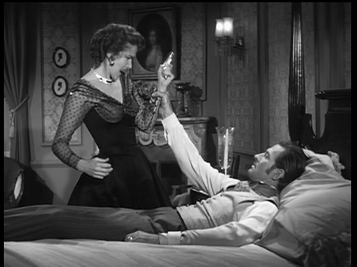 The more I watch these half-hour adventure programs from the 50s and 60s, the more I find myself preferring the shorter format. While hour-long dramas have more time for deeper character development, they can also become victim to too much padding in the scripts. Not so with Yancy Derringer; the show moves like a freight train, the scripts are tight and yet there's still plenty of time for color and nice bits of character building. Per usual for most programs of the time, the guest star lineups are a supporting player fan's dream: Julie Adams, Beverly Garland, Claude Akins, Charles Bronson, Richard Arlen, John Qualen, Ray Danton, Nick Adams, Grant Williams, John Dehner, Louise Fletcher, Marie Windsor, Lee Van Cleef, Leo Gordon, John Vivyan (TV's Mr. Lucky), Leo Gordon, Robert Cornthwaite, Ruta Lee, Victor Sen Young, John Anderson, Brad Dexter, Jack Albertson, Yvette Mimeiux, Dick Foran, John Larch, Karin Sharpe, Virginia Grey, Jim Davis and many more. This really is a first-rate show and it's rather surprising that it only lasted for a single season. The prevailing theory is that the program was actually a hit in its first year, so much so that CBS wanted to buy it from its producers, Derringer Productions (which included show creators Sale and Loos, executive producers Warren Lewis and Don Sharpe, plus quarter-owner Mahoney). They gambled and turned down CBS' offer, and as a result, CBS promptly cancelled the series and Mahoney, Brands and the rest were out of a job. A pity really, but there's something highly appealing these days about picking up a one-and-done TV show on DVD and being able to happily gorge your way through it without having to find the time and money for umpteen subsequent seasons. And in the 50s, even limited run TV series really churned out the episodes: 34 episodes is a very satisfying number as far as I'm concerned. Bottom line - if you're a western fan, pick this puppy up, pronto. You won't regret it. DVD Note: Timeless Media Group released Yancy Derringer in a 4-disc set back in 2012. Despite the normal disclaimer of how they "used the best source available," often a warning of some subpar video quality to come, the transfers of the various episodes I viewed were all in extremely good shape, some of the best I've ever seen from the company (obviously good quality masters were available). The only real debit is that the show's original theme song is not included on any of the episodes, for whatever reason. Other than that caveat, this is a tasty little set, and fans of this kind of TV series should snatch it up, especially as it generally goes pretty cheap ($20 or less) on Amazon. 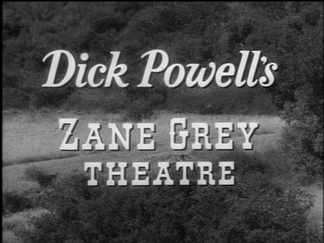 Though long since vanished from the television landscape, the anthology show was a staple of the airwaves back in the 1950s and 60s. Starting with the likes of Playhouse 90, Alcoa Premiere, and Kraft Television Theater in the early days of TV's so-called "Golden Age," and on to more fantastical fare like Science Fiction Theater, The Twilight Zone, Thriller and The Outer Limits, anthology shows at their best offered a limitless range of stories to be told. Since the western genre dominated TV screens in that era, it's no surprise that a number of westerns adopted the anthology format, including Wagon Train (despite its recurring cast, to all intents and purposes an anthology show), Death Valley Days and Dick Powell's Zane Grey Theater. 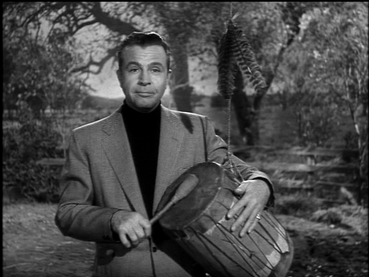 Your host, Dick Powell Your host, Dick Powell Created by Luke Short and Charles A. Wallace and produced by Powell's Four Star Productions, Zane Grey Theater ran for five seasons and 149 half-hour episodes. The affable Powell - who famously started out as a callow crooner in musicals before revamping his image as a Hollywood tough guy, in such films as Murder, My Sweet, Cornered and Station West - appeared as host each week, as well as donning cowboy hat and holster to star as various characters in 15 episodes throughout the series' run. Powell's intros usually revolved around some historical facts about frontier life, generally about something that featured in a given week's story, whether it be voting, cattle branding, the "drummer's bag" of the traveling salesman, weapons, etc. The series started out with adaptations of miscellaneous Zane Grey stories, but as it went on the producers were forced to come up with original stories and scenarios (several episodes were written by Aaron Spelling!) The episodes, more often than not, focused on more realistic characters and situations, rather than the typical (and all so enjoyable) stalwart, loner heroes that populated most western series of the time. Generally, the scripts featured very human, fallible men and women in tough, dire situations, in over their heads and wracked by doubts, fears and personal troubles. Oftentimes, plots take some interesting and unpredictable left turns, and the dialogue and acting are uniformly first-rate. The flexibility of the anthology format, as well as the deceptively-simple yet oh-so-malleable nature of the western genre itself, resulted in a wide variety of stories and adventures to suit all manner of tastes. 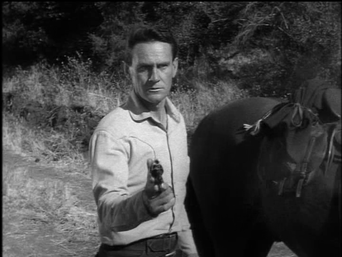 Wendell Corey Wendell Corey Like other Four Star shows, Powell's clout and connections with other actors and behind-the-scenes talent ensured high caliber casts and crew for most Zane Grey Theater outings. The first season alone saw guest turns from such big names as Robert Ryan, Jack Palance, Ida Lupino, James Whitmore, Walter Brennan, Robert Vaughn, Wendell Corey, Rory Calhoun, James Garner, Ralph Bellamy, Jack Lemmon, Lloyd Bridges, Jack Elam, Sterling Hayden, David Niven, Ernest Borgnine, David Janssen, Ralph Meeker, Julie London, Robert Culp, John Dehner, Scott Brady, and many others. Later seasons also starred Joan Crawford, Edward G. Robinson, Ginger Rogers, Claudette Colbert, Barbara Stanwyck, Lon Chaney, Jr. and Ronald Reagan. Besides its quality scripts, stellar acting and crisp storytelling, Zane Grey Theater was notable for launching several successful spin-off series, including The Rifleman, Johnny Ringo, The Westerner, Black Saddle and Trackdown (which itself produced its own famous spin-off, Wanted: Dead or Alive, with Steve McQueen). 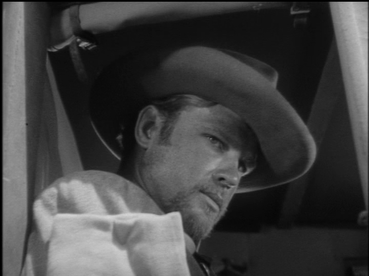 John Ericson John Ericson A typically taut, well-acted episode is season one's “Stage for Tucson,” starring Eddie Albert (in a performance likely to surprise casual viewers who only know him from the sitcom Green Acres), John Ericson, Mona Freeman and a pre- "Dr. McCoy" DeForest Kelley. The eponymous stagecoach arrives at a remote stopover station run by widow Sandy Neal (Freeman). Among the passengers are genial traveling salesman Bide Turley (Albert), surly, one-armed Confederate veteran Will Ruston (Ericson), Les Porter (Kelley) and his married lover, who are running away from her husband with $400 of his money, a doctor who has turned his back on his profession and the crusty stagecoach driver. Assisting Sandy around the station is Marshall Thorpe (Rusty Lane), who's really there to apprehend a notorious bank robber and killer who he's convinced is one of the passengers on the stage. As Sandy tries to reach out to the gloomy Ruston, the situation comes to a dangerous head, as the killer is unmasked and holds the various occupants of the station at gunpoint while he awaits a rendezvous with his outlaw band. Tension mounts as the viewer waits to see if the capable yet self-pitying Ruston will decide to take a stand against the bad guys. Other notable episodes from season one include the very first episode, "You Only Run Once," with Robert Ryan giving a fine performance as a man standing up against frontier justice; "Lariat," in which an ex-con played by Jack Palance comes seeking vengeance on the judge who sentenced him, only to fall for the judge's daughter; "Three Graves," which features Jack Lemmon in an offbeat, lighthearted outing; "Badge of Honor," with Robert Culp as Hoby Gilman, the character he would later play for 65 episodes on his own spin-off series, Trackdown; "Village of Fear" sees David Niven get a chance to shine as a man forced to outwit a gang of killers; and "Courage is a Gun," one of several episodes in season one where Powell steps in as the main character, here a marshall up against young gunslinger Robert Vaughn (Beverly Garland and Claude Akins also star). 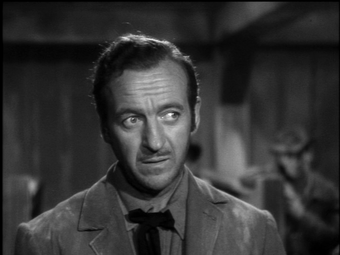 David Niven in "Village of Fear" David Niven in "Village of Fear" Alas, only the first season has made its way onto DVD so far (courtesy of a tasty release from those fine folks at VCI Entertainment). This series is yet another of those mostly forgotten gems that are slowly circling the drain hole of television history. Luckily, there are enough fans of cowboy action still standing to make such releases at least marginally profitable, and thankfully there are still a few boutique labels releasing similarly little-seen western series on disc, led by the estimable Timeless Media Group. I plan to do my modest part in acquiring these nifty shows and championing them on this site, in the hopes of spreading the love of this very special genre to new, younger fans who can carry the torch on to future generations. "We were able to show the American character on that show with all kinds of people in every kind of situation that gave us a special richness that would be difficult to show today since the country's become more homogenized. Regional differences are fading. There are more and more Holiday Inns and freeways." (1) ~ Co-creator and Head Writer Stirling Silliphant 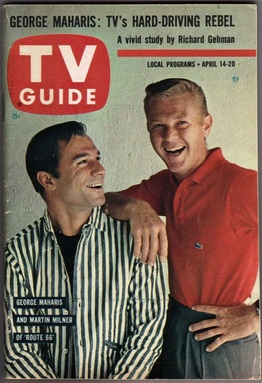 The premise is irresistible: two young, idealistic guys, one sweet ride, a four-year road trip across early 1960s America. A new place every week, a new problem to face, new lives to encounter. Each episode of Route 66 would open in a fresh location, usually with an establishing shot of our two leads tooling down the road in their sleek Chevy Corvette, to the strains of Nelson Riddle's jaunty, jazzy theme tune, music that immediately conveys restless movement and the excitement of new discoveries awaiting around the next bend. For most of the series' four-year, 116-episode run on CBS, the two men in the Corvette's seats were solid, middle-class Tod Stiles (Martin Milner, later of Adam-12) and Buz Murdock (George Maharis), a working class tough from Hell's Kitchen with a poet's soul. When his wealthy father dies, Tod inherits his dad's Corvette, drops out of college and, together with best buddy Buz, hits the open road, on a voyage to discover America and maybe, along the way, themselves. The show was the brainchild of producer Herbert B. Leonard and writer Stirling Silliphant, who had earlier brought the edgy, humanistic cop drama Naked City to TV screens. (Silliphant also wrote the lion's share of Route 66's teleplays, along with Howard Rodman, whose authorial voice was sympatico with what Silliphant was trying to do.) The show was unique for a series made at that time (and for today, actually). The cast and crew would - much like the main characters - go on the road, arriving at a new location to much local fanfare, and film an episode or three there. Usually Silliphant, Rodman and the other writers would have traveled ahead, to soak up local color and atmosphere and to knock out scripts a few steps ahead of production. One of the many strengths of Route 66 is the appealing leads. Milner (29 years old when filming on the show began, and in real life married with several kids at the time) anchors the show as the rock-solid, slightly-square Tod, while the even older Maharis immediately commanded attention as the live wire, restless and emotive Buz. While Maharis proves to be the showier standout, Milner's presence is crucial, the glue that holds it all together, the yin to Maharis' yang. The casting was canny, as these two opposite types mesh extremely well, creating a believable, lived-in buddy relationship, two friends who might squabble from time to time but in the end always have each others' back, always try to keep the other out of trouble, always there to act as a sympathetic sounding board when the other one's in a jam. 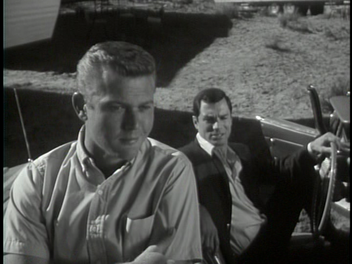 Despite the charm and constant reassuring presence of the two leads, Route 66 was, in many respects, almost an anthology show. Each week, Tod and Buz encountered many lost, wayward or otherwise troubled souls, and did their level best to help or at least connect with them on some level. Sometimes, things worked out fine, and sometimes they didn't...but almost always, Tod and Buz had learned a little more about life along the way. Much like other TV series of the time, the roster of guest stars week in and week out was truly impressive, a mix of once-big stars on the way down the fame ladder, and burgeoning talent ready to rocket into the stratosphere. Some notable actors and actresses from both camps who appeared in the show include: James Caan, David Janssen, Lee Marvin, Douglas Fairbanks, Jr., Robert Duvall, Anne Francis, Julie Newmar, Dorothy Malone, Michael Rennie, Jack Lord, Suzanne Pleshette, Robert Redford, Nehemiah Persoff, Tuesday Weld, Martin Balsam, Janice Rule, Buster Keaton, Boris Karloff, Leslie Nielsen, Walter Matthau, Darren McGavin, George Kennedy, Lon Chaney, Jr., Charles McGraw, Inger Stevens, Jack Warden, DeForest Kelley, Sylvia Sydney, Ben Johnson, Royal Dano, Dan Duryea, Thomas Gomez, Lois Nettleton, Edward Asner, Nina Foch, Keenan Wynn, Beulah Bondi, Albert Salmi, John Ericson, Chloris Leachman, Ralph Meeker, Peter Graves, Arthur O'Connell...the list goes on and on and on. Aside from the great range of actors and actresses (as well as directors - Sam Peckinpah and Arthur Hiller helmed some episodes) who worked on Route 66, another aspect that fascinates today is the time-capsule travelogue element of the show. From Oklahoma to Oregon, from Pittsburgh to Louisiana, the show covered all manner of regions, ethnic enclaves, small towns and big cities. (In fact, the boys ended up driving their Corvette into plenty of places that were far off from the actual Route 66.) The cast and crew shot a lot of footage on actual locations, adding enormously to the show's production values. To keep gas in the tank and food in their bellies, Tod and Buz had to take whatever temporary work that came their way, and we get many scenes of them working on oil derricks, in factories and fields, on ranches and mills. There are also lots of scenes set at night, in seedy bars and swanky clubs, as the guys unwind and pursue romance, or tangle with shady underworld characters or assorted other losers, lowlifes and down-on-their-luck types. What the viewer is left with is a picture of an America that no longer exists - or, at least, is no longer quite as individual and ideosyncratic.
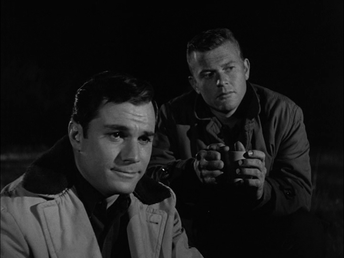 While ground-breaking and atmosphere-laden, the grueling shooting schedule required to put all these real locations and environments onscreen eventually took a serious toll on Maharis' health. The actor had graced the show with a a series of electrifying, charismatic performances, and it seemed he was destined for the big-time. There was a downside to the show that made him a star, however - the arduous schedule, the whole cast and crew working long hard hours to produce 30-plus one-hour episodes each year, mostly involving the lead actors doing the lion's share of their own stunts. The trouble started during the filming of the second season episode "Even Stones Have Eyes," when Maharis was forced to film several scenes in a freezing river, followed a few episodes later by him spending a good chunk of the episode "There I Am - There I Always Am" hip-deep in the freezing surf off Catalina Island. Maharis got sicker and sicker yet continued to work; he eventually contracted hepatitis from an injection given to him by a doctor brought in by the studio, and, when the producers wouldn't give him an adequate break to recover, was forced to walk off the set. During Maharis' convalescence, Tod went solo, the show's writers explaining away Buz's absence with a quick reference to him in a L.A. hospital recuperating from a virus, or having Tod call Buz near the beginning of an episode to touch base before heading on to his own adventure. 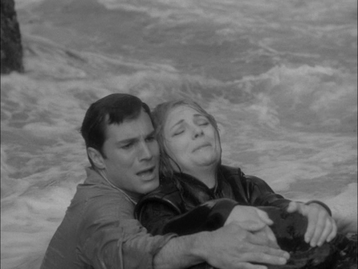 Producer Leonard was adamant that Maharis return to work promptly. After a mere 3 1/2 weeks off to recover in the hospital, Maharis came back for several episodes in the third season but it proved to be too much too soon, and before long the actor suffered from a relapse of the disease. It came down to a big decision for Maharis: continue with the show at the expense of his health, or walk away for good. His decision to leave the show possibly saved his life, but got him blackballed in Hollywood, and he ended up not working for the next 2 years. Several sources seem to agree that Maharis was treated shabbily by the producers, despite the fact that he had played a large part in making their show a success. Leonard hit Maharis with a breach-of-contract suit (settled out of court) and unceremoniously dumped Buz from the show; no further mention is made about him or his likely whereabouts for the rest of the series' run. Tod continued solo for a while longer until he got a new co-star, in the form of brooding Vietnam vet Lincoln "Linc" Case, played by Glenn Corbett. Unfortunately, the casting department failed to capture lightning in a bottle a second time: While a good actor, and possessing matinee idol good looks, Corbett was just a little too much like Milner: solid, straight-laced and likable, but lacking the fiery, passionate personality of his predecessor. An interesting factoid: apparently producer Leonard lobbied hard to get Burt Reynolds to take over from Maharis, but Reynolds reportedly wasn't interested in being another actor's replacement, and instead signed on to play blacksmith Quint Asper on Gunsmoke. When the show lost Maharis, it also lost that ineffable spark, the secret ingredient that made Route 66 special and work so well. The show managed to limp on for one more season and several quality episodes, but things just weren't the same, and it rode off the map after season four. Tod finally settles down, marrying Margo Tiffin (Barbara Eden), while Linc heads on back to Texas. According to Leonard: "We knew when George left the show it was over. But we had our audience and the network and sponsor renewed us for a fourth season with Marty and Glenn. Eventually though, the audience got bored with us, which was to be expected. It's sad when you think about the show's potential. The people at Chevrolet and I had been talking about taking Tod and Buz to Europe after the fourth season. Route 66 could have been the first American series shot abroad. After all, a year after we folded, I Spy actually accomplished that. I think, if George had stayed, we could have run for years." (3) (A mere sampling of Route 66's guest stars:) 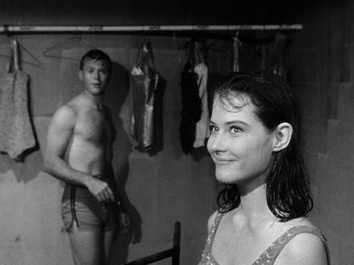 Diane Baker Diane Baker Most fans understandably prefer the first 2 1/2 seasons with Buz and Tod together, but there are still several worthwhile episodes with Linc in the passenger seat. One of them, "The Cruelest Sea of All," features one of the series' occasional but unusual forays into the borderlines of fantasy and the supernatural. While Tod is working at the "mermaid show" at the Weeki Wachi Springs in Florida, he meets what seems to be an actual, in-the-flesh mermaid named Elissa (Diane Baker). They quickly fall for each other (Tod often falls for the comely female co-star of the week), but ultimately the pragmatic Tod is unable to make the leap into believing her story, and sadly, Baker bids him good-bye and leaps off the pier to disappear beneath the waves, ostensibly to return to her people under the sea. The episode closes on a bemused yet stubbornly skeptical Tod being gently chided by a philosophical Linc, who's not quite so sure that the girl wasn't indeed just what she said she was. The script by Silliphant is open-ended but seems to come down on Linc's side. An interesting and strangely haunting episode, unique in many ways but further proof of the wide range of story styles the show's format could handle. The freedom to shoot in so many disparate locations around the country also freed up the writers, and viewers each week could never quite be sure just what kind of story they'd be in for. While not frequent, Route 66 sometimes dipped into outright comedy, some ("Journey to Ninevah," with Buster Keaton and Joe E. Brown) more successful than others (the lame "Lizard Legs and Owlet's Wings," famous for the joint appearance of Boris Karloff, Lon Chaney, Jr. and Peter Lorre, playing themselves, but otherwise an inferior excuse for a Route 66 episode). There were also numerous mystery episodes, noirish suspense thrillers (even a few with a Gothic tinge) and other oddities that added spice to the general diet of thoughtful, human interest dramas. 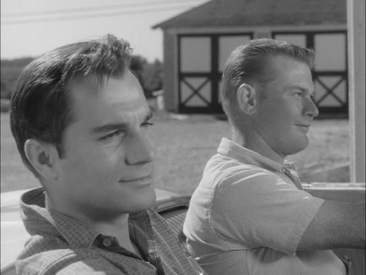 Route 66 at times betrays its origins in those early, gritty social conscience dramas that graced legendary anthology shows like Playhouse 90: sometimes preachy, given to flights of poetic fancy, with literate albeit occasionally stagey dialogue that didn't really resemble the way people actually talk. Silliphant in particular specialized in heartfelt soliloquies that sometimes come across as so much pretentious purple prose (Silliphant also was enamored of arty, esoteric episode titles, such as "A Fury Slinging Flame," "From an Enchantress Fleeing," "Narcissus on an Old Red Fire Engine," "Poor Little Kangaroo Rat," or "How Much a Pound is Albatross?") But the show remains unique in its characters' constant grappling to articulate their inner turmoils, longings, regrets and fears. It's this struggle to embrace and express truths and honestly confront a wide range of complex emotions that sells the occasional artifice of speechifying the writers indulge in. And just when the existential angst threatens to become too much, the program throws in a fight scene, a spot of surprising action or melodrama, a playful romance or a bit of lighthearted horseplay between Tod and Buz. The end result is a TV show that - while occasionally heavy-going or even at times downright depressing - feels more adult, literary and full of bleeding, bruised heart than the norm. Ultimately, Route 66 was a program legitimately trying to talk about complicated, real-world, adult issues as honestly as was possible in an early 60s commercial TV environment, without resorting to pat answers or a tidy wrap-up, and more times than not, succeeded. Route 66 is a series I came to late. It may have aired in my local TV market (the Pacific Northwest) but if so I don't remember it amongst all the other classic TV shows that peppered the syndicated airwaves back when I was growing up. The show enjoyed a good run on Nick at Nite during the 80s, which also passed me by. My first exposure was via Infinity / Roxbury Entertainment's Season One DVD set from several years ago. I bought the first volume and was immediately impressed with the program's freewheeling format, location photography, generally excellent writing, engaging stories and likeable main characters. I think it's easily one of the great TV series, and deserves to be better known. Hopefully, exposure to new audiences on Me-TV will garner it new fans, and not allow it to join the rapidly-growing graveyard of forgotten TV gems of years past. I have yet to see all of the episodes (especially from season four), but so far, some of my personal favorites include: * "The Man on the Monkey Board," in which Tod and Buz, while working on an offshore oil rig in the Gulf off Louisiana, meet a man (Lew Ayres) on the hunt for a Nazi war criminal hiding out amongst the workers. * "Ten Drops of Water," which finds the boys in Utah helping a poor family on a rundown desert ranch, struggling to get enough water to maintain their livestock during a long drought. * "Layout at Glen Canyon," where Tod and Buz get involved with a group of models on a photo shoot while the Glen Canyon Dam is still under construction (this episode climaxes with an incredible scene of the lead actors running through a series of actual explosions; I'd never seen its like on a TV show before.) * "Fly Away Home," a two-parter filmed near Phoenix, Arizona, featuring Michael Rennie as a guilt-wracked cropduster pilot and Dorothy Malone as his estranged wife. * "An Absence of Tears," an interesting noir where the guys aid a blind woman (Martha Hyer) trying to track down her husband's killer. * "Welcome to Amity" - Amity, Ohio, that is - where Tod and Buz encounter a troubled young woman (Susan Oliver) towing a headstone behind her car. 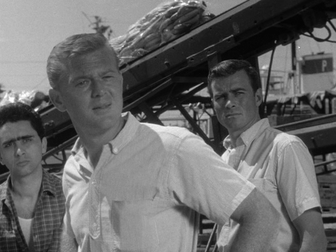 * "First-Class Mouliak," where the guys get involved in the inter-family strife of a group of Polish foundry workers. * "The Mud Nest," a more personal story for Buz, as a detour to a remote town puts him on the track of a woman who might be his mother. * "There I Am - There I Always Am," an increasingly intense episode set on a nearly-deserted Catalina Island, in which Buz tries to rescue a woman (Joanna Moore) whose foot is pinned between two rocks as the tide comes inexorably in... * "One Tiger to a Hill" finds Tod and Buz clashing with a surly, disturbed war veteran (David Janssen) while working on a salmon fishing boat in Astoria, Oregon. A final note about the unofficial third co-star of Route 66 - the Corvette. According to Sam Manners, "Every 3,000 miles, we would turn in the Corvettes we used on the show and get new ones. We probably went through 3 - 4 cars each season." (4) Seasoned car aficionados will doubtless spot when Tod's car changes over to each new year's model. There's no denying, though, that the boys traveled in style. This post is part of Me-TV's Summer of Classic TV Blogathon hosted by the Classic TV Blog Association. Go to http://classic-tv-blog-assoc.blogspot.com) to view more posts in this blogathon. You can also go to http://metvnetwork.com to learn more about Me-TV and view its summer line-up of classic TV shows. DVD Note: Route 66: The Complete Series is available from Shout Factory. All screencaps above taken from the earlier Infinity / Roxbury Entertainment releases (I understand the Shout set likely utilized the same masters for seasons 1-3.) The Roxbury sets were initially plagued by problems, such as the occasional dull, murky transfers mixed in with near-pristine ones, but to the company's credit, most of these problems were corrected with re-released sets. Shout has also done consumers the kindness of releasing the orphaned Season 4 in its own stand-alone set. Now, most of the episodes are complete and uncut ("A Fury Slinging Flame" sadly remains an abbreviated syndication print) and boast nice-looking transfers. I'm just happy to have this terrific series complete in my home video library. Source Note: (1) - (4) excerpted from Route 66: The Television Series, by James Rosin, published by the Autumn Road Company, 2011. About as close to a visual manifestation of those lurid men's adventure magazines of the 1950s as was possible on television, Soldiers of Fortune ran for two seasons and 52 action and stock footage-packed episodes. Based around the escapades of two he-manly, globe-trekking mercenaries, this syndicated show from Revue/MCA Productions ran from 1955-1956 and enjoyed many years in reruns. It's a show that holds a special place in the childhood memories of certain baby boomers, but was completely unknown to many of my generation - certainly to me - until the good folks at the Classic Horror Film Board brought it to my attention. It's quickly become one of my favorite shows of its type, the sort of Indiana Jones/ Boy's Own adventure stuff that would have been the Best. Show. Ever! for the 11-year- old me. While many of the half-hour adventure shows from that era of early television now come off as tame, inert stuff (Ramar of the Jungle, Last of the Mohicans, etc.), Soldiers of Fortune is the real deal, and hits that sweet spot for those of us that like high adventure of the old pulp school. 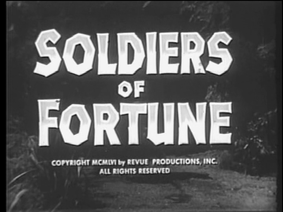 Our heroes are Tim Kelly (John Russell) and Toubo Smith (Chick Chandler), rugged adventurers who will take on any challenging job if the price is right. Sometimes that price is exorbitant, as their stellar reputations for delivering the goods lead people to seek out and hire the pair. Other episodes find our boys in more desperate straits, forced to risk their lives for a mere pittance. Either way, the two men have each other's backs, no matter the situation. As the blurb on the back of the DVD box so succinctly puts it: "From the diamond mines of Africa, to the pampas of South America, and the bazaars of the Middle East, wherever they go, trouble finds them ready for action!" Our heroes tangle with all manner of dangers, from man-eating tigers, killer pythons, piranha, giant lizards, rampaging natives, voodoo priests, hooded criminal conspiracies, masked masterminds, femme fatales, smugglers, pirates, earthquakes, hurricanes, volcanoes - the works. Tim Kelly is the obvious leader, but Toubo is no mere comic relief sidekick. He dishes out punishment when needed just as effectively and ruthlessly as Kelly, and comes off pretty much as capable as his younger partner. Their easygoing camaraderie and bantering relationship is the true highlight of the series, the glue that holds it together and, occasionally, the saving grace in the handful of dud episodes. Mixing stock footage with new action filmed on the RKO backlot, each 25 minute episode plays like a blend of elements: Republic serials, Jungle Jim potboilers, the opening section of The Treasure of the Sierra Madre, 40s mystery drama, plus a dash of edgy film noir. Those of you who, like me, eat this kind of stuff up will have no problem buying into the studio backlot settings and host of Caucasian actors portraying Chinese gangsters, Indian rajahs or Malay pirates. Those used to the adventure films and programs of this period might have a good wheeze at the dated casting choices, but will take such things in their stride as par for the Hollywood course back then, and not let it detract too much from the freewheeling sense of fun and devil-may-care adventure of the show overall. 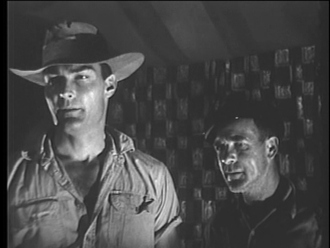 The series opens with the relatively sedate but still fun “The Gaboon Viper,” as Kelly and Smith are hired to lead an arrogant amateur hunter (slimily played by Dan Seymour) into a remote region of the African veldt, where the cowardly actions of their client lands them in hot water with a hostile local tribe. In "The Greatest Beast," the duo are tasked by an oil company to travel to the far reaches of Tibet and investigate reports of a strange creature (a Yeti?) that threatens negotiations there. When a big game hunter buddy of theirs is killed in mysterious circumstances, a cryptic message from his Indian guide leads Tim and Toubo to Calcutta to get to the bottom of the affair, in “The Elephant Gun.” At the start of “Pearls Off Dondra Head,” Tim and Toubo fend off a group of vicious killers at a South Seas island waterfront, but not in enough time to save the victim, a sea captain who gives them the coordinates to a fortune in pearls with his dying breath. The duo team up with the captain's daughter and her shifty fiancee to reach the pearls before the killers. While searching for some missing Boswell papers in Scotland, Tim and Toubo get involved with an ailing laird who swears that the sighting of a local Nessie-like creature augers good fortune in “The Monster of Loch Lagora.” But is the monster real, or fake? 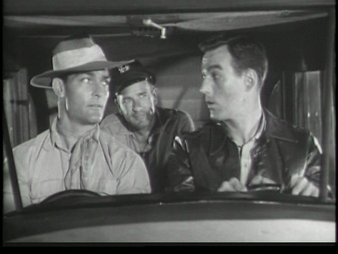 Perhaps the archetypal Soldiers of Fortune episode is “Skull of the Inca,” which boasts everything an adrenaline-junkie youth of the 50s could hope for in a TV show. Tim and Toubo are hired by the ambassador of an unnamed South American country (possibly Peru?) to accompany Prof. Tepok Amaru to (surprise) a dangerously remote village in the jungle wilderness. The professor Is actually a native, the son of his tribe's chief, educated in the west and now ready to return in hopes of finding a fabled lost Incan city. Kelly and Smith are hired to get him there and back safely. The professor has his own plane, bought with Incan gold, and flies them down to his village. Unfortunately, no sooner do they arrive than they find that Tepok's father has been killed and his murderous cousin has taken control as the new chief. The group is warned by Kita, a beautiful maiden promised from a young age to become Tepok's wife. The group beat a hasty retreat from the tribe's arrows and poison darts and escape in the plane, but soon discover that the attack has badly damaged the craft. They make a forced landing on an isolated plateau overrun with massive reptiles (cue that well-known footage of a baby croc and lizard battling it out from 1940's One Million B.C.) While exploring the plateau, Tim and Toubo discover the ruins of the lost Incan city Tepok was searching for, and the party holds up within its stone walls to fend off an attack - from not only the fearsome lizards but also the angry natives who have followed them there. Crammed with incident, action and humor, "Skull of the Inca" is a enjoyable romp, a low-budget riff on Arthur Conan Doyle's The Lost World and Raiders of the Lost Ark. (Click photos to enlarge) Though doubtless aimed at the juvenile market at the time, Soldiers of Fortune plays pretty fresh today, thanks to the loose, often edgy characterizations of our two leads, and some surprisingly adult scenarios. It's great to see John Russell, so stern and authoritative on the later western series Lawman, so loose, relaxed and genial here. He's still as manly a man as you could find, 6' 3” of lean, tough hombre. Dressed up in his jungle togs, he's reminiscent of the Doc Savage of Paul Baumhofer's pulp covers of the 30s. Smart, cagey and quick to dispatch a murderous villain, he's equally quick to come to the aid of someone in distress. Russell is probably most famous to modern audiences as the head gunman facing off against Clint Eastwood in the memorable finale of Pale Rider. Here he's in the prime of his life, early 30s, all steely-eyed coolness under pressure, instantly commanding. Chick Chandler (what a great name!) was a lesser-known character player, but a well-liked one, funny and believably salty. He's older (late 40s), smaller of build and cut from a more everyman cloth, but he's got an impressive, gravelly voice and brings a combination of resigned toughness, human warmth and smart-aleck charm to the part of Toubo Smith. True to the hallmark of sidekicks throughout TV and cinema history, he gets most of the best lines, but he also saves Tim's neck more times than can be counted, and seems equally effective in a knock-down, drag-out scrap. Apparently, Soldiers of Fortune began as a one-off episode on the Schlitz Playhouse of the Stars. "Adventure in Java" starred Charles Bronson as "Tim Kelly" and Tim Holt as "Toubo Smith." That combo might have proved interesting, but I'm happy with the great chemistry achieved between Russell and Chandler. Together, the two make an unbeatable team, and the scripts more often than not are surprisingly inventive for this sort of early TV fare. The show is just plain old fun to watch, and comes highly recommended. The complete series was released last year by Timeless Media Group (friend to vintage TV fans everywhere). Picture quality ranges from near-good to decent to pretty poor, but always watchable. The content is the thing here, and I'm just happy to have the entire run on disc, for a very reasonable price (I paid less than $18 shipped for my copy, and would have happily paid twice that amount considering the massive entertainment value of this set). Many minor but memorable stars of the big and small screen appear in the series, from Keye Luke, Michael Ansara, Beverly Garland, Juanita Moore, Michael Pate, John Doucette, Leo Gordon, Ralph Moody, Ted de Corsia, Henry Drums of Fu Manchu Brandon, Anthony Caruso, Morris Ankrum, Alan Napier - even Woody Strode and Lee Van Cleef! One episode, "Cut Charlie In," features a bizarre threesome of guest stars: King Kong's Robert Armstrong and Claude Akins as Chinese diamond smugglers, with broad support given by producer-to-be Aaron Spelling as an Indian con artist! If this kind of thing is even remotely your cup o' joe, grab this set right away. I guarantee you'll gobble the shows up like the tasty, nostalgic and exuberant bon bons they are. 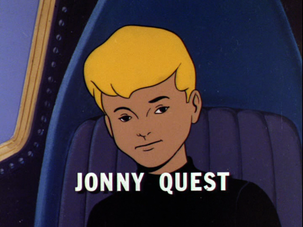 I'm a Jonny Quest kid. I grew up watching the show in repeats during the early 70s. It's potent brew of globe-trotting, boy's own adventure, rampaging monsters, mad scientists and espionage fired my young imagination and helped shape my tastes in entertainment for years to come. A little background. Jonny Quest was one of four prime-time animated successes enjoyed by Hanna-Barbera in the 1960s (the others being The Flintstones, Top Cat and The Jetsons). Jonny Quest was understandably quite a different beast from these other three comedy shows; its more serious approach and sci-fi/action adventure flavor resulted in a more realistic design and animation style. Doug Wildey was the artistic brainchild behind the original series. Only 26 episodes were produced, and first aired in 1964-1965. I can't remember what channel I saw the show on in the early 70s, but apparently it ran on all three of the major networks at various times over the following 20 years. Many animation fans have dubbed it the best animated adventure show ever produced. I'm not sure about that, but it's certainly up there among the best. All I know is it fried my little brain with every one of its scary, violent, action-packed and wonder-filled frames. Jonny Quest himself lives the life that every 8-10 year-old boy (and probably more than a few girls) could only dream of. Whisked around the world with his genius father, Dr. Benton Quest, watched over by badass, two-fisted adventurer and ex-spy "Race" Bannon, with brave and funny best buddy Hadji and danger-prone pooch Bandit in tow, Jonny faced all kinds of weird menaces like abominable snowmen, mummies, giant pterodactyls, robotic spiders, genetically-engineered giant insects, invisible energy monsters and assorted evil geniuses and their henchmen, using all kinds of supercool gadgets like jetpacks, hovercraft, supersonic jets, laser cannons and bathyspheres - what red-blooded adolescent wouldn't be swept away in wide-eyed fascination by all this? Really, what more could any kid ask of an animated adventure show? 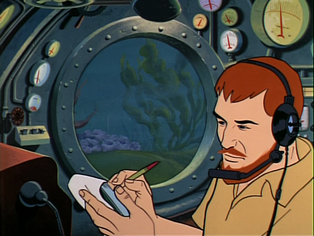 Such was my nostalgic love of the program that I leapt at the chance to buy the original series when it came out in a DVD boxset in 2004. (None of this "New Adventures of" or "Real Adventures of" guff for me, thanks! ABC Entertainment named this boxset "The First Season." The ONLY season is more like it...) I hadn't seen the show since the gold-tinted years of my youth. Did it still hold up? 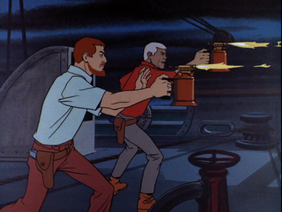 Well, yes and no. The great, evocative background and character art, etched in my brain from 30 years past, still impressed. There was still a whiff of that stirring sense of adventure in each episode. But what had seemed clever dialogue and adult storytelling to my 8-10 year old brain came off as...well, the kind of dialogue an 8-10 year-old would enjoy. And there's nothing wrong with that; that was the target audience, after all. But I couldn't help feeling just a wee bit deflated. Had I just wasted $30 of my hard-earned cash on something I wouldn't care to watch as a (so-called) adult? Revisiting the show recently, I've come around to a sort of middle ground. I can appreciate it for what it is: a cartoon adventure made with a care and attention to detail rare in American TV animation. That sense of wonder and adventure that sparked my youthful imagination is still there. I might have to squint a bit to see it, from my vantage point of 44 years, but it's still there, strong and clear. What's more, it allows me, through the power of nostalgia, to tap into that inner 8-10 year-old me that still thrills to the opening theme tune (which you can listen to here.) And one day, my son will be just the right age for the show to work its magic upon his eager little brain. I'll be right there on the sofa beside him, watching him lap it up, and reliving a bit of my own childhood again. It's going to be great! "Have Gun, Will Travel" reads the card of a man A knight without armour in a savage land His fast gun for hire heeds the calling wind A soldier of fortune is the man called...Paladin 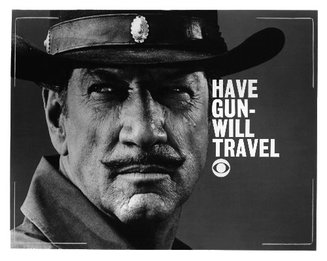 From 1957 to 1963, for six seasons and 225 half-hour episodes, big, mean-looking Richard Boone played Paladin, gentleman gun-for-hire in CBS’ Have Gun - Will Travel. Riding the crest of the more “adult-oriented” TV western wave that started a few years earlier with shows like Cheyenne and Gunsmoke, Have Gun - Will Travel became an instant ratings smash, and became one of the rare programs to inspire a radio version (which debuted in 1958) rather than the other way around. Have Gun - Will Travel was a well-made show with good scripts and solid direction, but the lion’s share of its success is down to its star, Richard Boone. 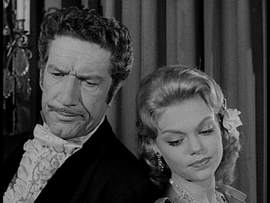 Boone had all the ingredients needed to become a great western hero: he was big, looked convincing with a gun and had a deep, gravelly voice that instantly conveyed authority. But he also had something extra. His long, leathery face, Satanic moustache and steely-eyed gaze forever made him a dark, menacing figure; he used these to good effect as a heavy in many films prior to, and after, Have Gun - Will Travel. This slightly sinister aura made a nice contrast with the sophisticated side of the Paladin character: a well-read, well-traveled West Point graduate and bon vivant, who lives in a posh San Francisco hotel, regularly attends the opera, and is as handy with a line of poetry as he is with a Colt .45. 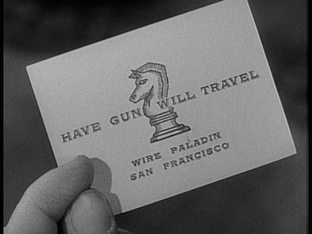 Most episodes start out with Paladin enjoying the life of leisure his high fees afford him. Paladin sees a newspaper story about some trouble brewing somewhere. He sends the beleaguered party his card, emblazoned with his symbol, a knight chess piece: "Have Gun – Will Travel. Wire Paladin, San Francisco". Or, almost as often, Paladin’s reputation for delivering results causes someone in trouble to seek him out and hire his services. Either way, the next thing we know, Paladin has arrived on the scene, no longer decked out in his dandy-ish city clothes, but dressed in his working gear, the quintessential Man in Black. Paladin might be a mercenary of sorts, but he has a strong sense of moral justice, and will quickly change sides if he finds he’s been hired by someone out to do wrong. Though the series has plenty of action, more often than not, Paladin will work hard to get the two opposing sides in a particular situation to come to some sort of mutually-beneficial agreement. Have Gun - Will Travel boasts a wide variety of story types. In season one alone we see Paladin settle a dispute between an Irish wildcatter and an Italian vintner (“Bitter Wine”); buy a camel and use it to run circles around a group of baddies chasing him through the desert in a battle for a town’s water rights (“The Great Mojave Chase,” written by Gene Roddenberry); play Pygmalion to an uncouth Calamity Jane type (“Ella West”); assist a female doctor trying to fight a smallpox epidemic (“The Return of Dr. Thackeray”); play lawyer to defend an accused killer (“Deliver the Body”), as well as all manner of other, more traditional western tales. Luckily for we western fans that like to see the good guy shoot it out with the bad guys, there are still plenty of knuckleheads throughout the series who make the mistake of trying to draw down on Paladin. And he’s always ready to respond in kind. In “Twenty Four Hours in North Fork,” with the stagecoach he’s riding sidelined due to a looming storm, Paladin finds himself stuck in a small town where the only mercantile store is run by bigoted Irish loudmouth Culligan. The local farmers are suffering from a wheat blight, and Culligan, the only business around for 95 miles, is offering them mere cents on the bushel. Culligan covets a Mennonite family’s farm and so treats them cruelly, refusing to sell them any supplies. Paladin steps in to defend a young woman, Tildy (Jacqueline Scott), taken in by the Mennonites to protect her from the advances of local thug Jud Polk (Brad Dexter). Refused a room at the only hotel in town by Culligan, Paladin gratefully accepts the hospitality of Mennonite Maxim Bruckner (Morris Ankrum) and his family. He learns Tildy’s sad story: her alcoholic father sold her to Jud Polk, and only the Mennonites would risk Polk’s wrath and come to her aid. After Paladin learns that the Bruckner’s small wheat crop is free from blight, he sees a way to bring the Mennonites and the local farming community together, while ridding the town of the human blight of Culligan and his lackey Polk. This leads to a great confrontation with Polk. Asked to avoid violence by the peace-loving Mr. Bruckner, Paladin nevertheless is forced to kill one gunman Culligan has employed to ambush him. The cowardly Polk grabs Tildy and holds her at gunpoint. “Hold still, Tildy,” Paladin calmly tells her, then shoots the hat off Polk’s head as a warning. “She’s too small to hide all of you,” Paladin growls. “Now turn her loose before I start carving pieces out of you.” Then to further ram his point home, he fires another shot, this time deliberately barely grazing Polk's shoulder. Polk lets Tildy go and throws his gun into the dust. “Don’t kill me, mister,” he pleads, “She ain’t worth the killing.” Paladin smiles grimly and removes his gunbelt. “If this is a sin, I’m going to enjoy it more than any I’ve committed.” Then he proceeds to beat the tar out of Polk. Have Gun - Will Travel frequently touches upon the multicultural background of frontier America. A nice touch here shows Paladin fully aware not only of the Mennonite’s history of peaceful prosperity in Pennsylvania, predating the Revolutionary War, but also their roots in the Crimea. 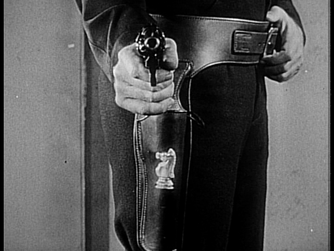 Another neat aspect of the show is how every episode opens with a side profile of Paladin (face unseen) drawing his gun, pointing it at the audience and rumbling out a line that would appear later in the episode, then replacing his gun back in its holster. Cue credits and famed composer Bernard Herrman’s ominous theme, “Dum dum, dum dum…” (Listen to the opening theme here). “Twenty Four Hours at North Fork,” episode 36 (!!) of the first season, is a typically fun and offbeat outing, with fine performances by veteran supporting players Morris Ankrum, Karl Swensen (who would go on to play Lars Hanson on Little House on the Prairie), Jacqueline Scott and Brad Dexter (most famous to western fans for his portrayal of Harry, one of The Magnificent Seven). The episode, along with many others, was directed by Andrew V. McLagen (son of Victor), who would direct many fine later period westerns, such as Shenandoah, McClintock, Bandolero, The Undefeated and Chisum. Have Gun - Will Travel wasn’t the first time the intimidating Boone had played a hero in a TV series. He headlined Medic (1954-1956) as Dr. Konrad Styner (recently available on DVD from Timeless Media Group). But it was the role of Paladin that fit him like a glove and made him famous. His presence alone makes Have Gun - Will Travel easily one of the best and most distinctive of 50s and 60s TV westerns. DVD Note: Paramount initially released the first three seasons of Have Gun - Will Travel on DVD back in the mid-2000s, with transfers that ranged from very good to merely so-so. After a gap of several years, the studio has resumed putting the series out, and has released seasons 4 and 5 with reportedly more pristine picture quality, albeit in the split volume sets dreaded by vintage TV-on-DVD enthusiasts. Time will tell if we'll see the 6th and final season released. (Update: in a welcome move, the sixth and final season of Have Gun - Will Travel was released in one complete season set in May 2013 by Paramount.) Banacek was a show I had no knowledge of growing up in the 70s. Later, of course, I knew star George Peppard as Hannibal from The A-Team. That program made a much larger impact on popular culture, but watching both now, it's obvious that Banacek is the far superior show. Banacek was one of three TV-movie length shows featured on the NBC Wednesday Mystery Movie (itself a spinoff of the original NBC Mystery Movie, with McCloud, Columbo and McMillan & Wife). In its first season, Banacek alternated with Madigan (with Richard Widmark) and Cool Million (with James Farentino), and with The Snoop Sisters and Tenafly in its second. 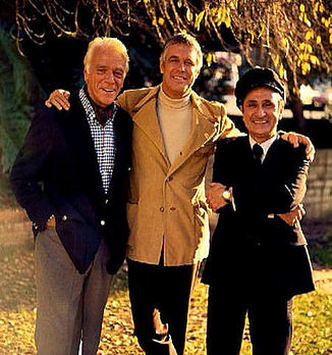 Like the other spokes in the NBC Mystery Movie wheel, Banacek was light-hearted rather than its grittier contemporaries Police Story, Baretta or The Streets of San Francisco. There were so many cop and detective shows on TV in the 70s that it was necessary to have a diversity of tones. Banacek stands up today as stylish entertainment, its breezy dialogue, interesting lead character and frequently ingenious puzzle plots providing a nice evening's viewing. All these elements are fully in place in the series' extended-length pilot, "Detour to Nowhere." The story opens on a lonely stretch of road cutting through the Texas desert. An armored truck carrying 1.6 million in gold, followed closely by a single police car escort, is making its way to the Oklahoma border, where more cops are waiting. Suddenly a sniper shoots out the tire of the cop car, sending it careening off to the side of the road. 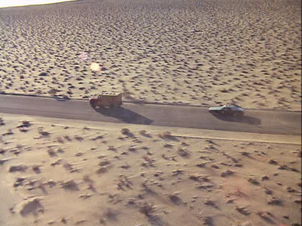 The armored truck keeps on driving. The cops change the tire as quickly as they can and speed off. They meet the Oklahoma cops at a road block set up a few miles from the border. Tracks from the armored truck lead off through the sand and end at the side of a cliff. Strewn on the rocks below are the bodies of the two guards, both shot. The truck itself is nowhere to be found. Enter Thomas Banacek. Banacek is a freelance "recovery agent" based in Boston, and makes a very nice living on his 10% finder's fee. He likes the finer things in life, has a large house filled with antiques, smokes expensive cigars and tools around town in a mint-condition 1942 Packard. He also has some fancy (by 70s standards) gadgets, like a remote control that engages a panel to slide up, revealing a large TV screen. Banacek pops in what looks like an 8-track tape and watches news footage about the armored truck heist. When the announcer says that the insurance company, National Meridian, has had no luck finding the missing car and the gold, Banacek smiles smugly to himself. He's going to enjoy this case, as he has a special grudge against National Meridian. 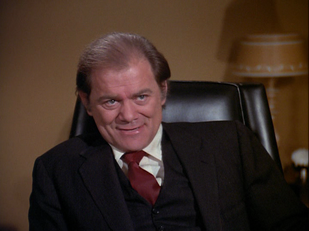 "What you're worried about is Banacek." "What you're worried about is Banacek." At National Meridian's headquarters, McKinney is getting chewed out by his boss, Cavanaugh. Seems McKinney has 11 agents working the armored truck case, with no leads after 2 months' work. But Cavanaugh knows that what McKinney really wants is to keep Banacek from getting involved. McKinney: I ran Banacek through the computer system once. He's got a success factor of less than 65%. Cavanaugh: I read that report. It was 66%. That's a lot better than we do. Banacek saunters into the office and starts looking at the case file. A worried McKinney goes out to meet him, putting on a front that he's got the case all sown up. 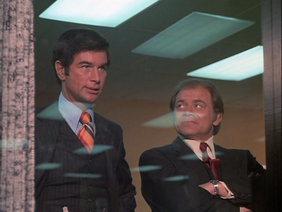 "Face it...he's good." "Face it...he's good." McKinney: On second thought, I wouldn't mind seeing you on this case too. Might learn a little humility. Banacek: You, or me? Banacek decides to play with McKinney a bit. He asks for a copy of the agent list, then goes out to the elevators and watches McKinney freak out. Banacek smiles, crumples up the useless copy, dumps it in the wastebasket and departs. 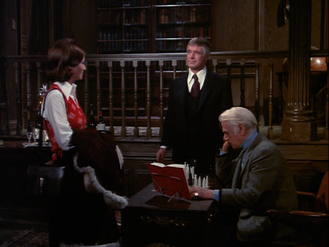 Next stop: his friend, bookshop owner Felix (Murray Matheson), who acts as Banacek's personal Wikipedia. An attractive woman browsing the shelves shows an inordinate interest in their conversation. Banacek hits her with one of his lines. "You don't look married. Are you?" She gives her name as Carlie Kirkland (Christine Belford), and arranges a "meet cute" later that day, outside Banacek's gym. They head back to his place for dinner, and he tells her what he does for a living. They end up discussing the case, and we get the first of Banacek's famous Polish (1) proverbs: "If your socks are not in your shoes, don't look for them in heaven." Meaning, the truck didn't just disappear...it has to be somewhere. 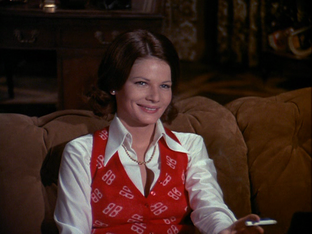 Don't you like anything new? Don't you like anything new? We also learn a little more about Banacek's personal philosophy. Carlie: (looking around at all his antiques): Don't you like anything new? Banacek: You're new. At least to me. Carlie: You know what I mean. Banacek: It's not a question of old or new, it's a question of good or bad. We've got about...maybe, 10 years of new. And thousands of years of old. Carlie: Meaning? Banacek: Well, the odds are, there are more good old things than new ones. 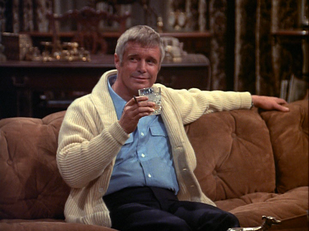 By this point, Banacek lays his cards on the table. He knows Carlie works for National Meridian. "An insurance investigator, That must be very interesting work." Carlie gets angry that he's known for over an hour and acted otherwise. She storms out, and we get another of Banacek's "cat who ate the cream" grins. The next day, Banacek arrives in Dallas and meets limo driver Jay Drury (Ralph Manza), who he instructs to drive him to the small town of Vantage, where the armored truck went missing. Jay is a short, talkative second generation Sicilian who has changed his name from Ducinello. 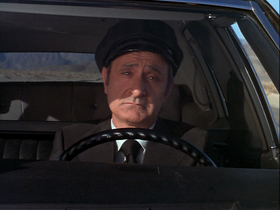 Jay, the limo driver Jay, the limo driver On the long drive through the desert, we learn, albeit obliquely, why Banacek has it in for the National Meridian corporation. His father was a mathematician who worked for the company faithfully for 20 years, before being replaced by a computer. Jay also queries Banacek about his old-world name. Jay: You ever think about changing your name, Mr. Banacek? Like to Banning or something. You could do it real easy. Nobody would ever know you was Polish. Banacek: I would. These two confessions, rare from the aloof Banacek, tell us a lot about what kind of person he is. He's not just a frivolous playboy. He's proud of his cultural heritage, and his lavish lifestyle is partly his way of paying back the big corporations for screwing the little guy. His arrogance comes from putting in the hard work necessary to be the best at what he does. In other words, he has his own personal code of honor, like all good detectives. They arrive in Vantage and Banacek meets local reporter Earl Lewis (Russell Wiggins). Banacek's interested in a seemingly-unrelated killing of a local drunk, Charlie Burns. Burns allegedly attacked the local sheriff with a knife and the sheriff killed him in self-defense. Banacek goes with Earl to the town saloon, to get some more information about Charlie from the bartender. The bartender and Earl wonder why Banacek thinks the two cases are linked. "The odds," Banacek says. "Other than hunting accidents, there hasn't been a killing in Vantage in 16 years. Yet within the last 8 weeks, you've had 3." Next, we get a very entertaining version of that old chestnut from cowboy movies, the saloon challenge. A local troublemaker is roughhousing with one of his buddies and crashes into Banacek, spilling his drink. Banacek tells the man the least he could do is buy him a new beer to replace it. Local tough (snarling): It was an accident. Banacek: That's why I'm smiling. The man orders a beer and slowly pours it down Banacek's shirt. "I really wish you hadn't done that," says Banacek calmly, then knocks the thug unconscious with a quick backfist to the face. 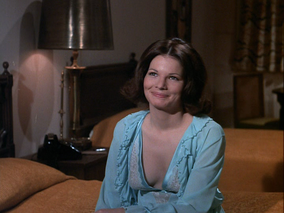 "I wanted to apologize." "I wanted to apologize." The bartender tells Banacek that Charlie Burns was buddies with Joe Hawk (Victor Mohica), a petty thief now locked up in jail. Banacek heads to the jail and asks Sheriff Jessup (Don Dubbins) if he can talk to Joe alone. The sheriff refuses. "Joe's dangerous." Banacek has Jay drive him out to the scene of the crime. When they return to the motel, Banacek finds a surprise waiting for him. Carlie, in a nightgown. "I wanted to apologize for last night." They share a nightcap. Carlie: But remember, I do work for McKinney. And I'm gonna beat you to that armored truck. Banacek: No you're not. As good as you are at your job, I'm better. Carlie: Maybe. Banacek: You know what just ended? (Leans in to kiss her) The small talk. Next morning, Jay drives up with a old beatup truck Banacek had him buy. They drive out to the prison work detail, and Jay distracts the deputy with a cold beer so Banacek can have a private word with Joe Hawk. Joe grudgingly tells Banacek that there's no way that old Charlie would have pulled a knife on the sheriff. Charlie had been beaten so bad by the sheriff once that he went out of his way to avoid him. Jessup walks up and tells Banacek to take a hike. The sheriff tells Joe that he'll get released today if he gives Banacek a good thrashing, to teach him to quit asking questions. Joe goes after Banacek, who thumps him around a little and then offers him $100 if he'll come talk to him later that night. Joe agrees, and they stage the fight to make it look to the watching sheriff like Banacek had his hash cleaned. 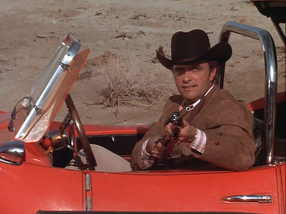 Banacek drives out to the old shack where Joe and Charlie were staying. He finds a few curious tools, then hears a dune buggy roar up outside. He walks outside to see Geoff Holden, the last player in this game, pointing a rifle at him. Seems Holden owns most of the land around these parts, and has big plans to put in a huge retirement community. Land developer and good ole boy Geoff Holden (Ed Nelson). Once he knows who Banacek is, Holden grins wide and invites him out to his ranch for a cool drink. "I'm glad I'm the one that found you," he says. "Got a couple of fellas working for me, they're the type to shoot first and ask questions later...know what I mean?" Holden takes Banacek to his palatial ranchhouse, replete with huge swimming pool and a bevy of bikini-clad babes and other hangers-on. They meet Earl there, driving another red dune buggy. Holden is Earl's uncle, and owns the newspaper which Earl runs. Banacek compliments Holden on his taste, especially when, in actual fact, Holden is teetering on the edge of bankruptcy. Holden laughs this off, telling Banacek that living on the cutting edge like he does makes it even sweeter when he succeeds. 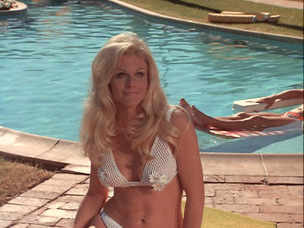 Holden introduces Banacek to various ladyfriends around the pool, including his main squeeze. Holden: "What kind of name is Banacek, anyway? Pollack? Banacek: Polish. Holden (sensing the temperature drop 10 degrees): I'm sorry. No offense. Banacek: Not if you didn't mean any. Poolside, Banacek sees none other than Carlie. Apparently, when Banacek left her early in the morning, she met Holden in the hotel restaurant and he swept her off to the ranch. Carlie is annoyed when Banacek doesn't seem the least bit jealous. They drive back to town together. Later that night, Joe calls and tells Banacek to meet him at the shack. But before Joe can tell him anything, he's shot down by a sniper's bullet. Dying, Joe shoves something into Banacek's hand. A grim Banacek returns to the hotel, sees Carlie asleep, and calls Felix back in Boston. Seems Charlie and Joe were using a geiger counter to loot Kashada (made-up name alert!) Indian graves. Charlie found the armored truck buried under the sand and was killed for it. "Come back to Boston, Thomas," Felix warns. "Soon," Banacek replies. 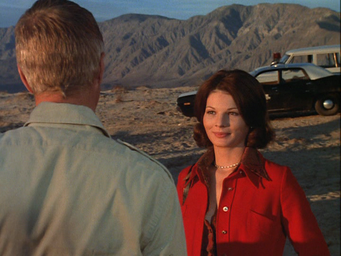 A tired and rumpled Banacek awakens at 6 a.m. the next morning to find both Carlie and Jay gone. Seems both overheard his conversation the night before, Jay having bribed the receptionist to let him listen in on Banacek's call. A rueful Carlie tells Banacek that Jay beat her to the punch. Jay has called in the FBI and a local construction crew and is digging all over the area where Banacek said the truck was buried. Jay apologizes to Banacek; it was his one chance at the brass ring. Banacek wishes him luck. Carlie: Incredible. Him you congratulate. But me...and I didn't even get here first. Banacek: Well, I don't know if this explains it, but...all Jay and I shared was a limousine. However, to Jay's consternation, they fail to find the truck. "Friends?" A sheepish Jay extends his hand. "Sure," Banacek says, shaking it. 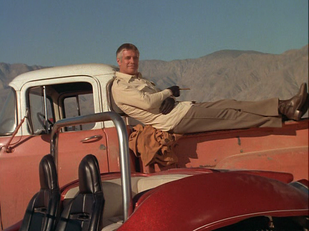 Looking casually around, Banacek sees the dune buggy tracks and has one of those "eureka" moments so beloved in detective fiction. Suddenly, the whole crime and how it was done has snapped into place in his mind. Trouble is, the sheriff, Earl and Holden have noticed him putting two and two together. As Banacek is driving back to town, the sheriff pursues him, and runs him off the road near some rocks. Earl pulls up in his dune buggy and is zeroing his rifle in on Banacek when Jay comes zooming in from out of nowhere and crashes the limo into the dune buggy, sending Earl sprawling. Banacek nips around the rocks, grabs the rifle and holds it on Sheriff Jessup. Banacek: I'm just glad you came back. Jay: I had to come back. I remembered all of a sudden, you still owed me 2 days rent on this thing." The case wrapped up and Earl and Jessup behind bars, Banacek leads the others (including the innocent Holden, plus Carlie and Jay) through a step-by-step reconstruction of the crime. This is one of the highlights of every Banacek episode, as he demonstrates yet again why he's the master at his job. I won't reveal the full details of the heist here, except to say that it's suitably clever and the explanation (mostly) makes sense. 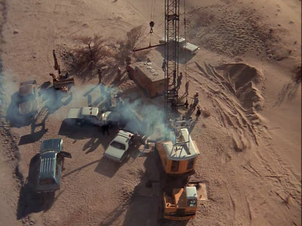 "Well, you've told us everything but exactly where (the truck) is," Carlie says. Next to the roadblock, on the opposite side from the tracks leading to the cliff, Banacek explains. "And tell McKinney, I expect my check by the end of next week." We finish with Carlie talking to a TV news crew at the site of the truck's recovery. Reporter: Amazing, Ms. Kirkland. I mean, it was found just where you said it would be. Carlie (flatly): Yes. Amazing. Reporter: Your company must be very pleased. Carlie: Yes, of course. Reporter: Your investigator did a good job, didn't he? Carlie: Well, um...he wasn't our investigator. As a matter of fact, he doesn't even work for our company. Reporter: Really?...Wait a minute, I have his name somewhere here. Polish or something... Carlie: I'm sure I don't remember... Reporter: Here it is. Bana-sek. That's right...T. Bana-sek. 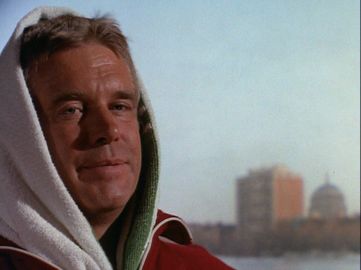 Cut to Banacek, back rowing on the Boston river, looking directly to camera. "Bana-CHECK." "Detour to Nowhere" serves as a great introduction to a pleasingly proud, ethnic character. Peppard tempers his smugness with just enough likeability and toughness to get the audience on his side. In his own, very 1970s American way, he's carrying on in the tradition of famous private sleuths like Lord Peter Wimsey or Poirot, his superior "little grey cells" showing up the slower-witted authorities. Peppard has a way about him, a slight standoffishness that fits the character perfectly. We'll never know for sure what's going on behind that cool facade, but it's sure fun following him around. Banacek would go on for another sixteen 73-minute episodes. Christine Belford later would return as Carlie Kirkland for most of the second season (Belford isn't as glamorous or attractive as most Banacek love interests would be, but at least she's not Diana Muldaur, who mars every viewing of McCloud for me), and both Felix and Jay became regular characters. The pilot doesn't boast the sort of bigger "name" actors that would often crop up in later Banacek stories (like Sterling Hayden, Broderick Crawford, Victor Jory, Stella Stevens, Anne Francis, Pernell Roberts, Scott Brady, Anne Baxter, John Saxon, Stephanie Powers and Cesar Romero), but the supporting cast do their jobs well. The story is tight and the script witty. A sort of bridge between the more colorful and flashy detective heroes from the 60s and the more gritty, realistic depictions common in the 70s, Banacek comes highly recommended. (1) Funnily enough, all of his "Polish" sayings were made up by the writers. 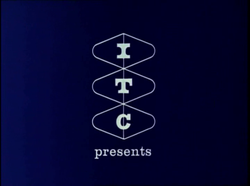 When I was a kid, whenever I would turn on the TV and see that spinning logo of ITC, with its familiar tune ("ba da ba da, baaaa!"), I became excited. The ITC logo heralded something cool on the syndicated airwaves. The Saint, perhaps, or Space: 1999. Or The Muppet Show. Little did I know at that time just how many memorable shows ITC was responsible for. ITC (or the International Television Corporation) was a powerhouse British production company run by Sir Lew Grade. Even a partial list of their programs, produced over a 25 year span starting in 1955, is truly incredible. Besides the above-three shows, ITC also brought to our screens Danger Man (or Secret Agent, as it was known in the States), The Prisoner, The Adventures of Robin Hood, Ivanhoe, Thunderbirds, Stingray, Captain Scarlet and the Mysterons, UFO, The Champions, Department S, Jason King, Randall & Hopkirk (Deceased), The Persuaders, The Baron, Sapphire and Steel, Gideon’s Way, Hammer House of Horror and even the miniseries Jesus of Nazareth. This is by no means a complete list. 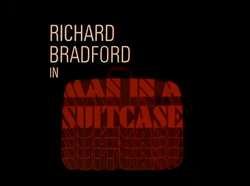 A number of the above shows have become icons of cult TV, and are still famous today. Less well-known, but easily ranking with the absolute cream of the ITC crop, is Man In A Suitcase. Like many other ITC shows designed to appeal to the U.S. market, Man In A Suitcase (MIAS) featured an American actor in the main role. Texas-born Richard Bradford played McGill (no first name given), a tall, tightly-coiled ball of barely suppressed fury who stands out a mile in the more genteel surroundings of swinging 60s London. Kicked out of the CIA and (falsely) branded a traitor, McGill rents out his finely-honed skills for the best price available, taking on all manner of assignments, from bodyguard duty to hostage negotiation to more standard private investigation work. Despite his seedy reputation and surly manner, McGill actually has a strong code of honor. He won’t work for just anyone, but when he does take a job, he sees it through to the (frequently messy) end. And he’s not above changing sides if his client turns out to be a lying, cheating scumbag. He’s really a highly moral character, clinging to his tarnished dignity in a dishonorable profession. And woe betide those who cross him... The series only ran for 30 episodes (not unusual for an ITC show), and nearly every one of them is gold. "The Sitting Pigeon," (episode 2, originally aired Oct. 4, 1967) is a typical MIAS episode, and amply demonstrates the series’ qualities. 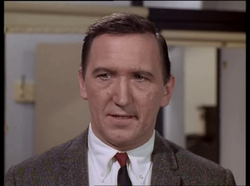 George Sewell as Rufus Blake. George Sewell as Rufus Blake. McGill is strong-armed by Scotland Yard Inspector Franklin (James Grout) to protect Rufus Blake (George Sewell), the youngest brother of a crime syndicate family (reminiscent of the Kray brothers, a notorious real-life gangster family). Rufus talks big but is actually a weak-willed, useless member of the gang. He’s agreed to give evidence against his older brothers at their trial, hoping to get at their money while they rot in prison. Blake has refused police protection, which is where McGill comes in. He has to keep Blake alive for 24 hours until the trial, despite the best efforts of the brothers’ crooked defense lawyer, Rudyard (Robin Bailey), who has his thugs combing the streets to find Blake and make sure he doesn’t make it to court. McGill takes an immediate dislike to the boorish Rufus, and is incensed at being essentially blackmailed by the police into taking on the case. 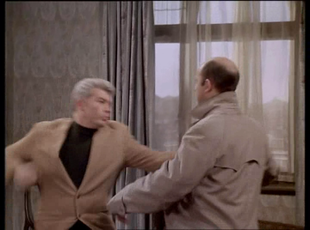 McGill: No! I told you before. It’s not my kind of work. Sergeant: It’s well paid. McGill: Yeah? And where’s the money come from? Protection, rackets, people getting razored... Sergeant: Just think of these people as taxpayers and yourself as a public servant. McGill: No! Get your own public servant. You saw what he’s like. He’s just a...cheap, gutless...pigeon. But, as usual, once McGill agrees to deliver Rufus safely into their hands, he’ll do whatever it takes to come through on his promise...even if it means bitch-slapping the uncooperative Rufus into following his advice. Used to living the easy life of daily massages, posh hotel lunches and spending pots of cash wherever and whenever he sees fit, Rufus is not amused by McGill’s plan to lay low and avoid his usual hangouts. You’d think, after nearly being killed several times after ignoring McGill’s advice, he’d eventually tow the line, but no, he remains a pain in the neck to the end. 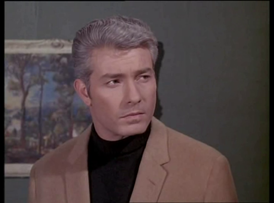 In the finale, McGill and his pigeon are holed up in an arboretum overnight. But Rudyard has spies everywhere (including a park hot dog vendor), and the hitman from up north is soon roaming the grounds. Rufus can’t resist lighting up a cigarette, alerting the hitman to his presence. As Rufus grovels and squeals for mercy, McGill clocks him and covers him with a coat to keep him hidden. But doofus Rufus wakes up, thrashes around and starts mewling for his big brothers. The hitman prepares to shoot, but McGill gets there first and takes him out with a vicious pounding. Rufus scrambles for the hitman’s gun and points it at McGill, shouting, "Nobody lays hands on me. My brothers’ll kill you. I’ll kill you!!" McGill moves menacingly towards him, and Rufus cowers, lowering the pistol. McGill rips the gun from Rufus’ hand and shoves him towards the door. "Gutless punk!!" . Next morning, Inspector Franklin sidles up to McGill outside the courthouse. The Blake brothers have been sent up for life, but it’s clear that old Rufus ain’t long for this world. McGill: About how far you think he’ll get? Franklin: Geneva. We can deliver him as far as that. McGill: He’ll probably clean the bank out there and last 10 minutes. Franklin: Save the British taxpayers a few bob in legal fees. Besides boasting witty scripts, plenty of action and more complex themes than the average ITC adventure show, MIAS is raised into the upper tier on Bradford’s magnetic performance as McGill. Bradford strides, slouches and snarls his way through each story like a panther. World-weary, cynical, yet bristling with righteous anger -- he’s riveting to watch. A Method trained actor who worked with Marlon Brando, Bradford throws himself into the part. When he gets beat up, he makes sure we see the fallout: bruises, fat lips, moving slow with the pain. When he fights, he’s savage. (I wonder how many stunt guys he roughed up during filming.) 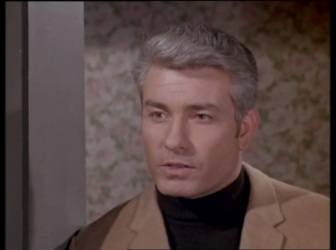 Bradford is surrounded by a slew of well-known British character actors, such as Robin Bailey (Charters of Charters and Caldicott, here smoothly evil) and James Grout (young and thin here, years before playing Chief Superintendent Strange on Morse). The juxtaposition of this big, fierce Yank with his more genteel English counterparts gives the show a really fun dynamic. If you like your spy/adventure shows on the grittier, morally murky side, but still peppered with rough action, then I can’t recommend Man In A Suitcase highly enough. For more on Man In A Suitcase, check out Sharman Towers cool website dedicated to the show here. 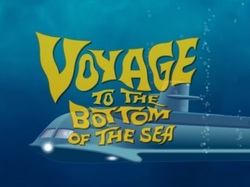 Hard as it might be for some of you out there to believe, most of us who grew up in the 70s and early 80s didn't have 97 cable channels at our beck and call like today. Besides the Big Three networks (yup, those were the days before FOX had its own programming) and PBS, we had usually 2 to 3 local stations to round out our TV programming. In western Washington State, these were KSTW Channel 11 and KCPQ Channel 13. These channels didn't have the money for new shows, so they showed old ones. Classic TV from the 50s and 60s, along with monster movies, westerns -- everything from Blondie to Bomba the Jungle Boy to Black Belt Theater. Color, B & W -- it didn't matter. If you were a TV junkie like me, you watched it all. 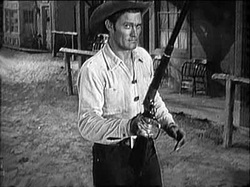 This is where I, and millions of others like me, first got exposed to stuff like Star Trek (which became the phenomenon it is today through syndication in the 70s), The Wild Wild West, Bonanza, Bewitched, Perry Mason, Voyage to the Bottom of the Sea, I Love Lucy, The Andy Griffith Show, The Twilight Zone and on and on. These shows, good, bad and indifferent, along with all the old movies my eager young mind lapped up after school and on weekends, helped to make me the inveterate film and TV nut that I am today. There were also highly-influential shows that were newly airing on the networks then. The 70s were the peak of the TV detective series. We had every kind of cop or private detective you could imagine: young hotshot buddy cops (Starsky & Hutch), rumpled genius cops (Columbo), Polish detectives (Banacek), undercover female detectives (Police Woman), cowboy detectives (McCloud), husband and wife detectives (McMillan & Wife), blind detectives (Longstreet), fat detectives (Cannon), old detectives (Barnaby Jones)...the list goes on and on. And on. (I'm not kidding.) A lot of these 70s cop shows didn't appeal to me then. They were a bit, well...adult for the 8 year-old me. I preferred the more colorful, stylish and, frankly, less gritty shows of the 60s. But recently, in my 40s, and thanks to the wonderful gift of TV on DVD sets, I've had a chance to catch up with a lot of these 70s cop shows. And you know what? I'm digging 'em. A lot. Which brings me to the other night. I had myself a little 70s cop show double feature: an episode each of Kojak and The Streets of San Francisco. Kojak was a show I have absolutely no memory of watching growing up. All I knew was that it starred Telly Savalas (the bald detective) and he was supposedly famous for sucking on lollipops and shouting "Who loves ya, baby?" Well, so far in season one, there's not a lollipop in sight. Instead, we have a deadly serious Savalas, barking orders at a team of harried NYC homicide cops in an engrossing run of gritty little crime thrillers. 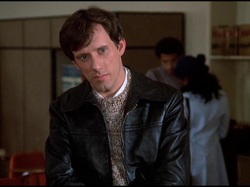 Coming around the midway point in season one (from January 1974), "Death is not a Passing Grade" plays a bit like an early run-through for Law & Order: Criminal Intent. From the outset, we know who the killer is: young punk James Woods, and he's already got that smarmy slimeball act down pat. Woods plays a recently-returned Vietnam vet named Caz who is behind a series of robberies that have left the NYPD chasing its tail . 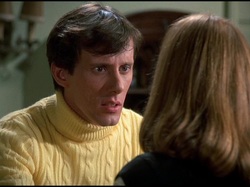 Love the yellow turtleneck, James! Love the yellow turtleneck, James! When the latest robbery goes wrong, Caz ups the ante by knifing a pawn shop owner in the back. Homicide. That's where Kojak and crew come in. Not only is Caz a wannabe criminal mastermind, he also happens to be a student of a criminology course that Kojak is teaching. Caz has got some serious Daddy issues, and he's soon playing a dangerous cat-and-mouse game with Kojak. Big mistake,Caz. Kojak enjoys much friendlier relations with another of his students, given a cute nickname, Delta (cuz she's, like, from Mississippi). Delta is played by slinky Pamela Hensley (years later a subject of many a male teenage crush as Princess Ardala in Buck Rogers in the 25th Century). Of course, Caz puts two-and-two together and like any good psycho, soon ambushes Delta in her apartment and lies in wait for a fatal appointment with Kojak... 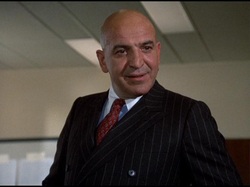 I'm really enjoying the heck out of Kojak. Savalas has bags of charisma and, at this early stage at least, treats the role seriously. He might be a snazzier dresser than the NYPD norm, but otherwise he's all gruff, no-nonsense, hard ass cop. He enjoys an easy rapport with his frazzled, hardworking junior detectives, who don't really emerge as rounded characters in their own right but provide ample supporting color. One of the best things about KOJAK is all the nice location work. New York City is captured in all its grungy 70s glory. I love the time capsule effect of old TV shows and movies -- an era in history, preserved on film. I might have lived through it, but I was too young to be paying enough attention to remember it in any detail. Watching shows like this brings it all back to life. Of course, Kojak has a typically great theme tune (remember when shows had theme tunes? It's a lost art nowadays), which you can listen to here. 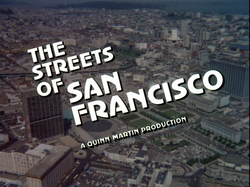 Another 70s cop show with an awesome theme tune is The Streets of San Francisco. Like Kojak, a lot of Streets was shot on all sorts of seedy Bay Area locations, and it adds a lot of welcome atmosphere. By the midpoint of the first season, veteran detective Mike Stone (played with easy authority by Karl Malden) and upstart college boy wonder Steve Keller (an impossibly young Michael Douglas) have gotten over their initially prickly relationship and now enjoy a nice, friendly camaraderie. In "The House on Hyde Street" (originally aired on March 1st, 1973) , Stone and Keller are called to investigate the disappearance of a young boy, last seen poking around in a creepy old neighborhood house. 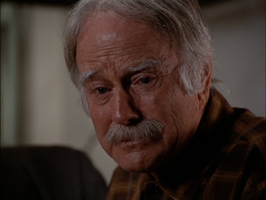 The house is cluttered with a mix of antiques and old junk, brought back by kindly old eccentric Harlan Edgerton (stalwart character actor Lew Ayres) for his reclusive brother, a shut-in the neighbors still blame for the death of a young girl many years before. The detectives soon catch Harlan trying to bury the boy's body in Golden Gate Park. Oops. But it soon becomes apparent that the well-meaning old guy was only looking out for his shell-shocked WWII vet brother, and had nothing to do with the boy's death. 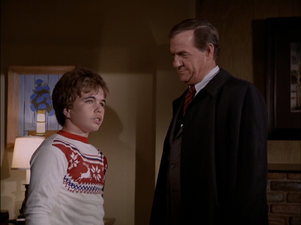 So what really happened? The only one to know the whole truth is the neighborhood young punk, Billy. Billy, by the way, is played by the instantly-recognizable Clint Howard (director Ron "Opie" Howard's baby brother). It's a simple story, with not much in the way of a mystery, but made absorbing enough by nice supporting turns by Ayres, Albert Salmi (as Billy's boorish father) and John Kerr (brooding hero of South Pacific and Roger Corman's The Pit and the Pendulum), as well as the excellent chemistry between Malden and Douglas . Both The Streets of San Francisco and Kojak rank as rock-solid, meat-and-potatoes TV programming, and come highly recommended to those who like vintage TV cop shows, loud ties and turtlenecks, cool cars and good old-fashioned macho swagger. You know who you are. Note: Kojak screen captures come from the U.K. Region 2 season one set (recommended for those with Region Free DVD players). The Streets of San Francisco snaps are from the U.S. Region 1 season one, volume 2 set, put out by CBS/Paramount. Both sets boast generally excellent picture quality. |
Talking about all sorts of television, especially the good old stuff...
Hey!!! Be sure to subscribe to the RSS feed below, to be informed of new postings! Neat-O Keen-O TV Blogs
Double O Section
From the Archive (a British Television Blog) The Classic TV History Blog (Stephen Bowie's site) The Stupendously, Amazingly Cool World of Old TV TARDIS Eridutorum Cathode Ray Tube Other Cool TV Sites
Archives
November 2015
Categories
All
|
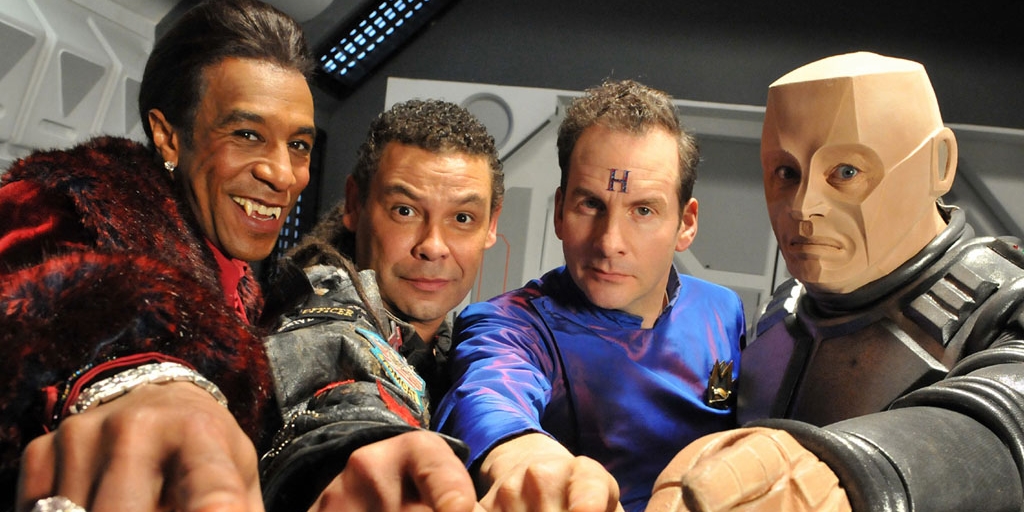
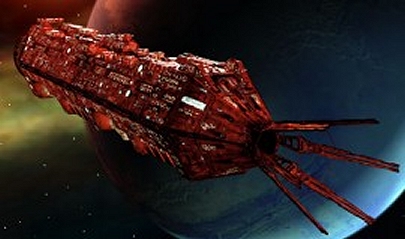
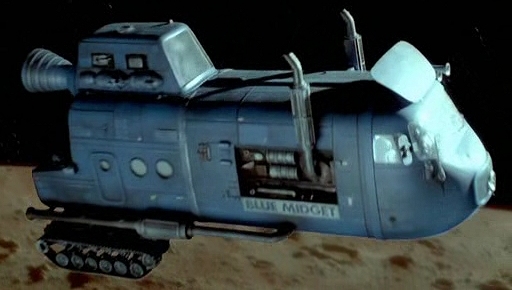
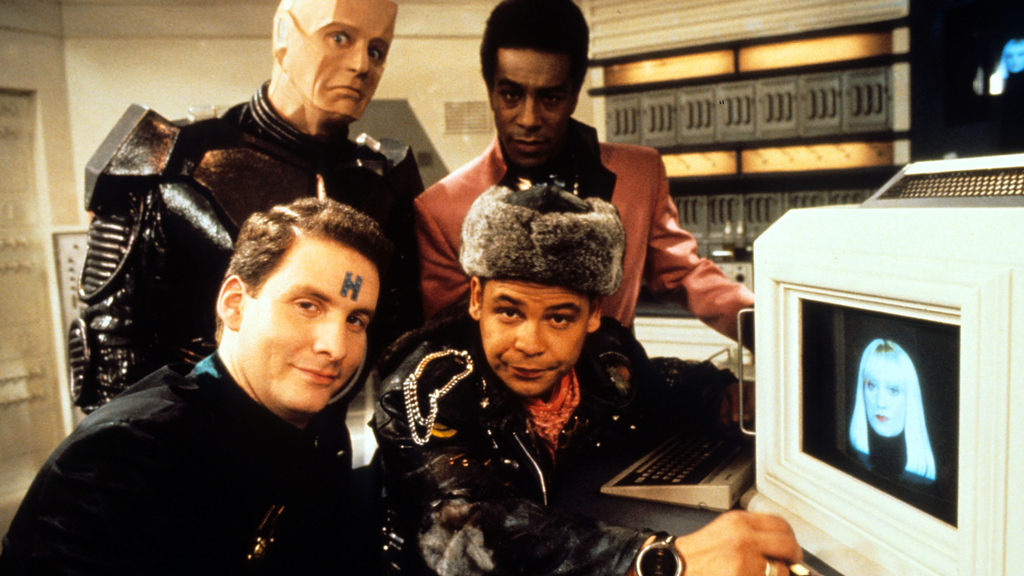
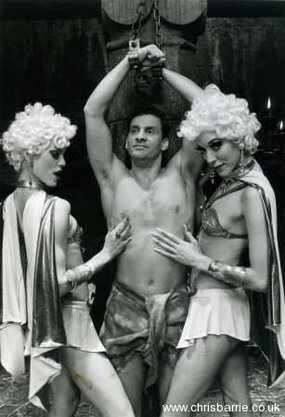
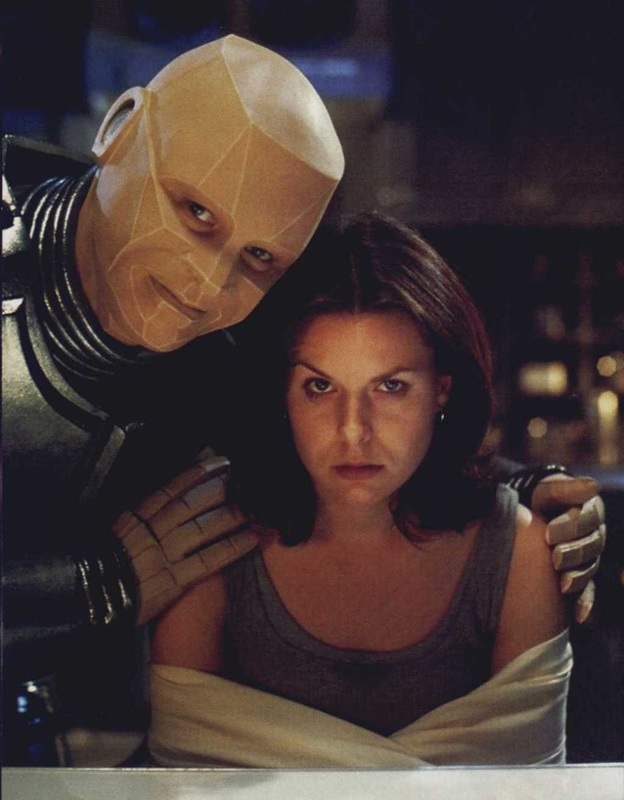
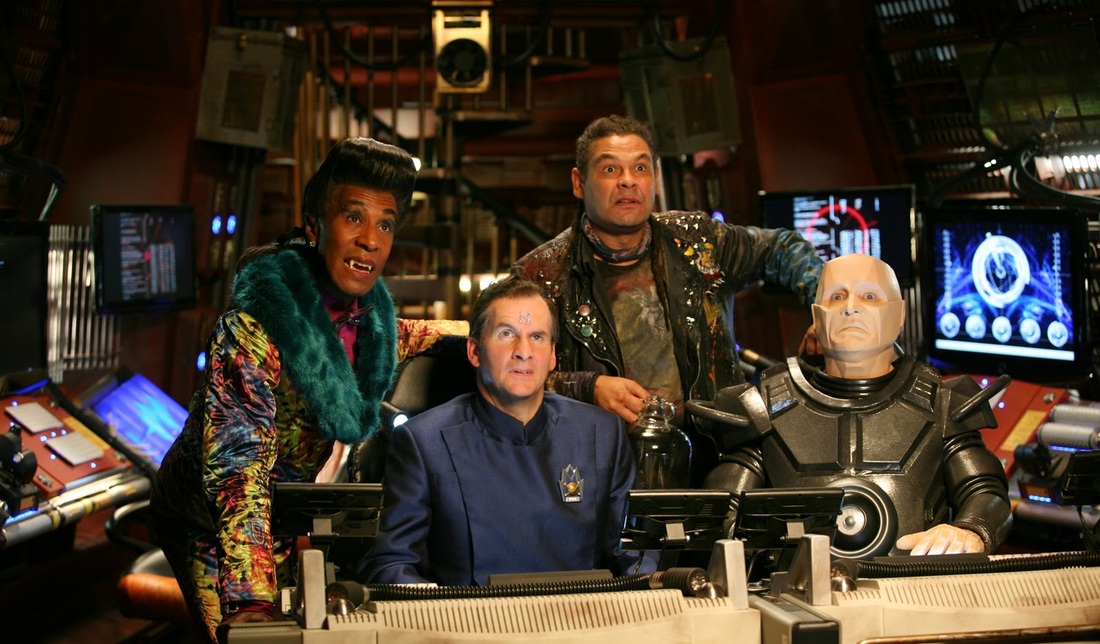
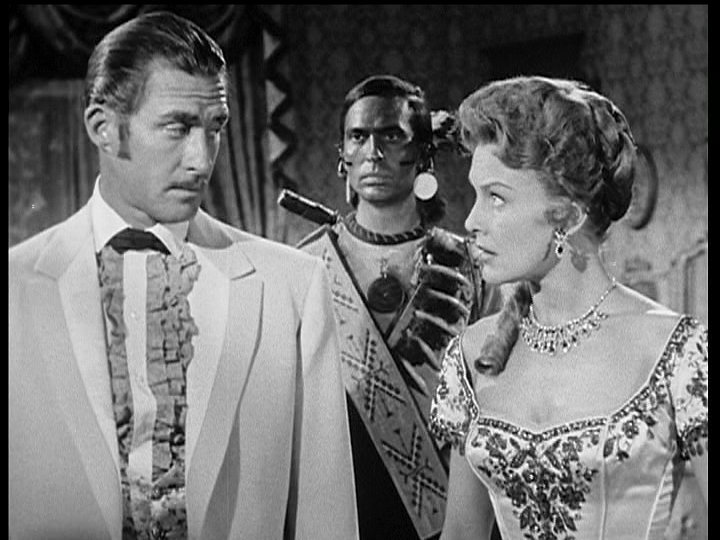
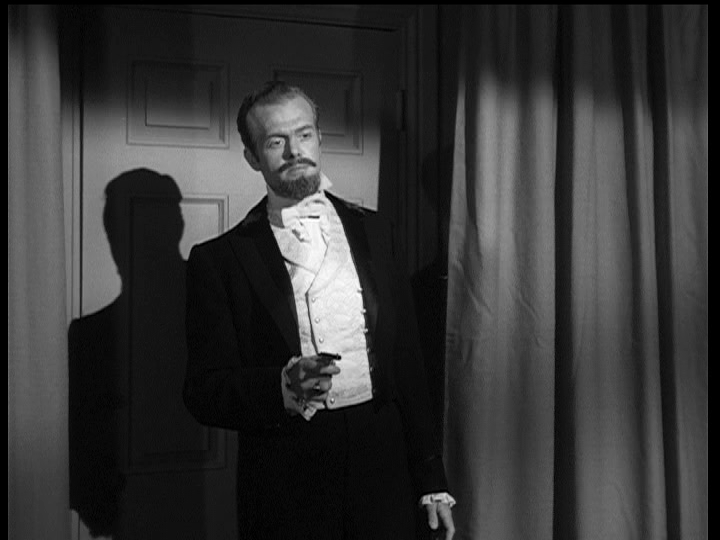
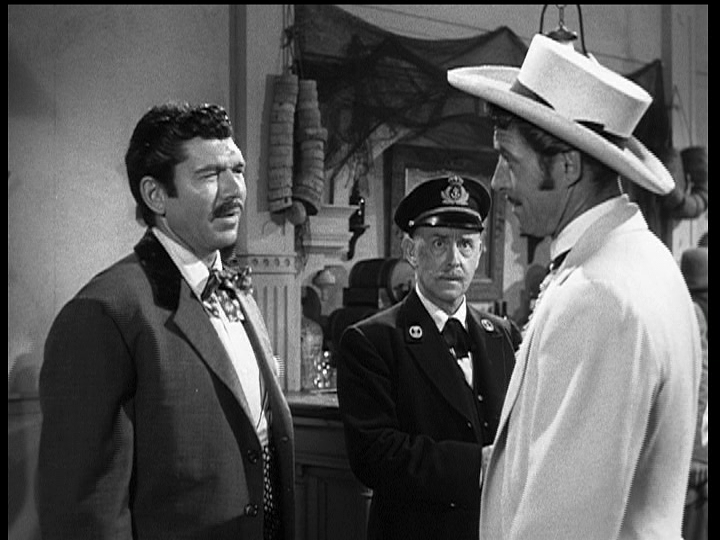
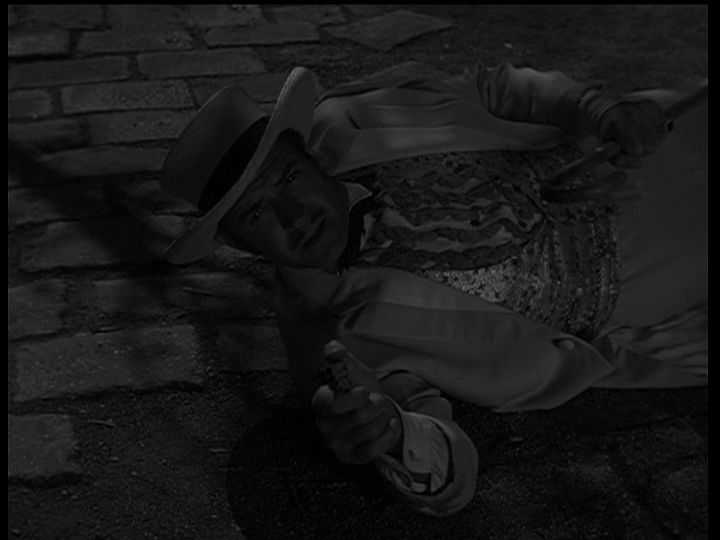
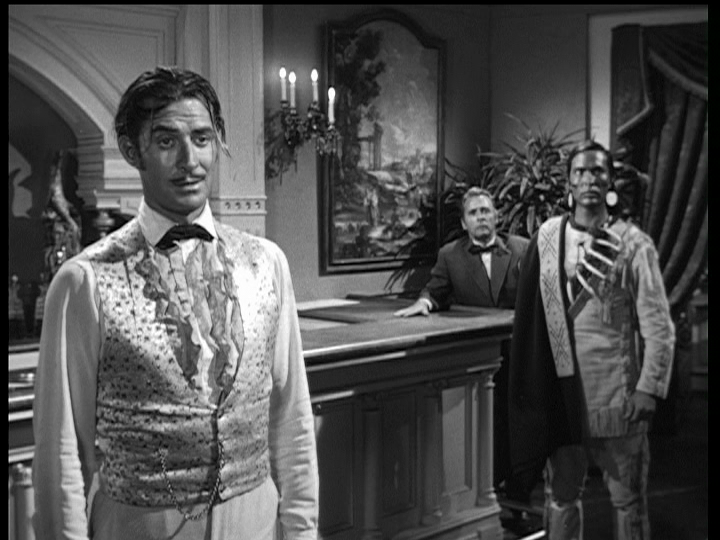
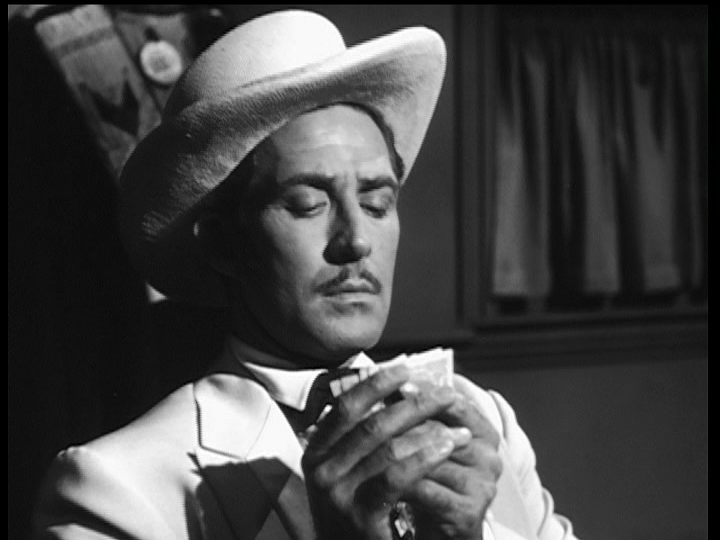
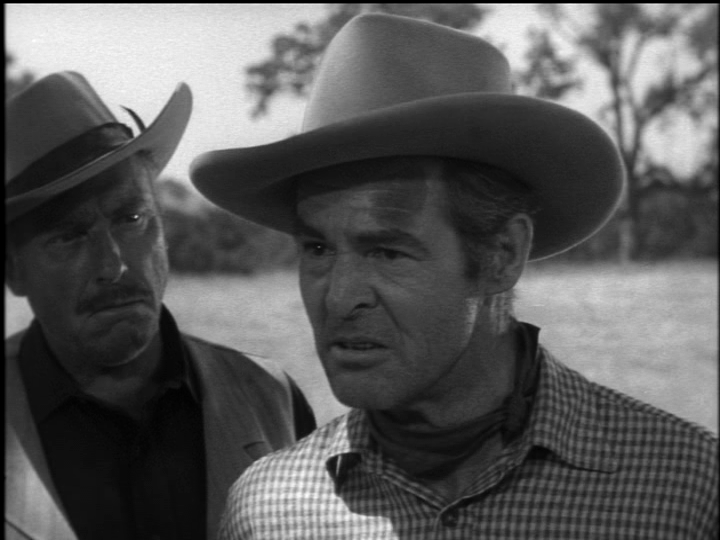
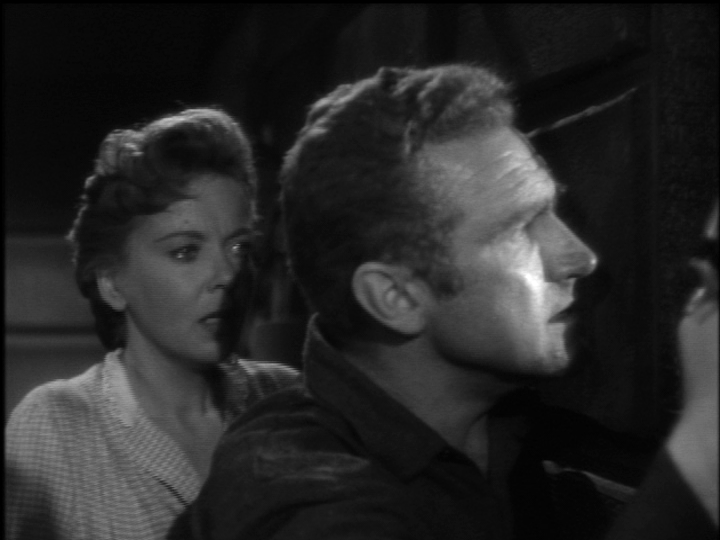
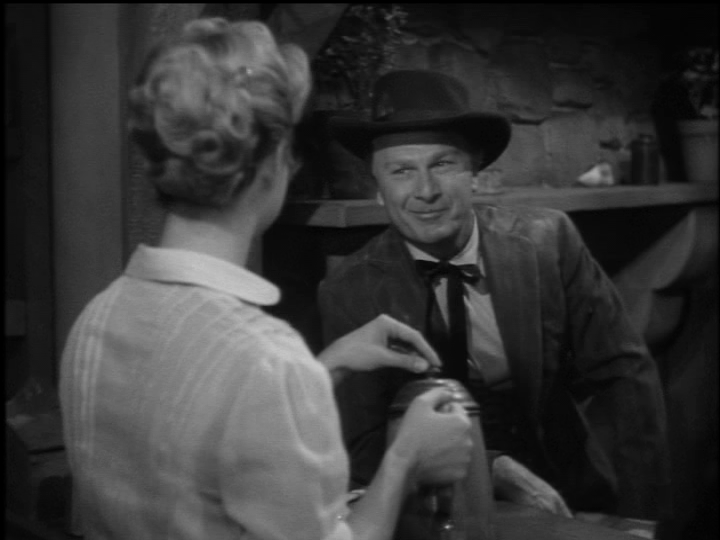
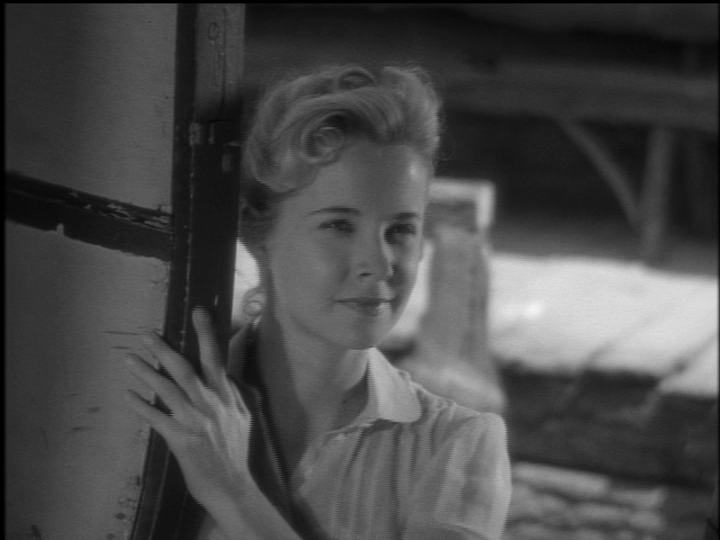
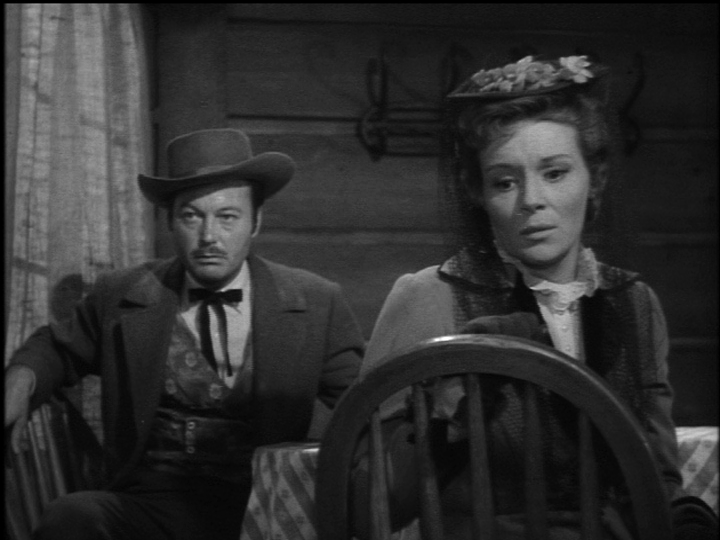
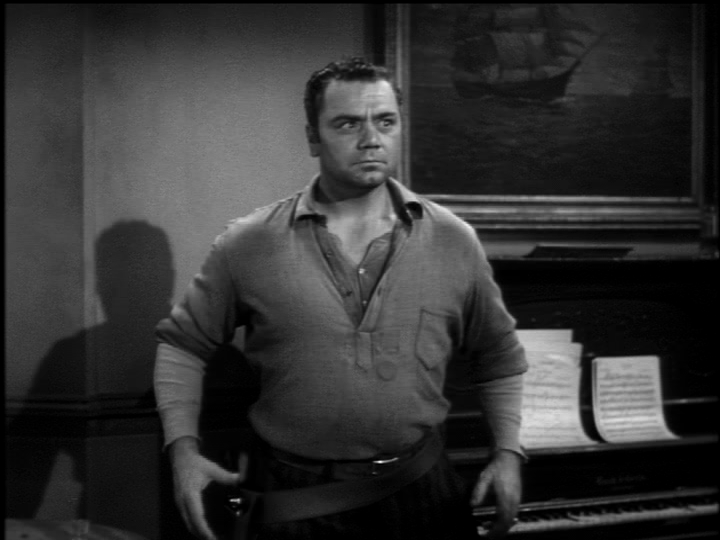
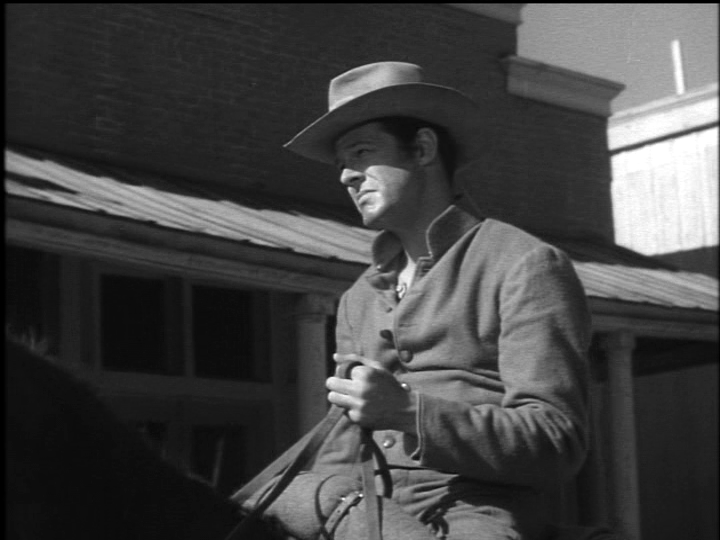
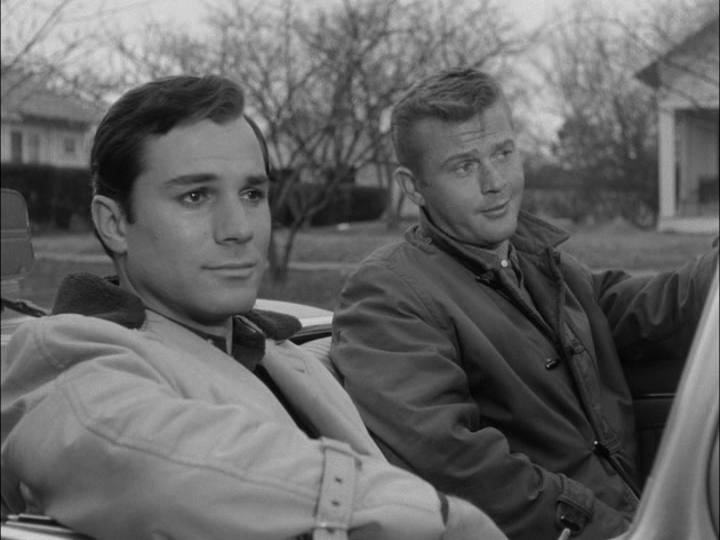
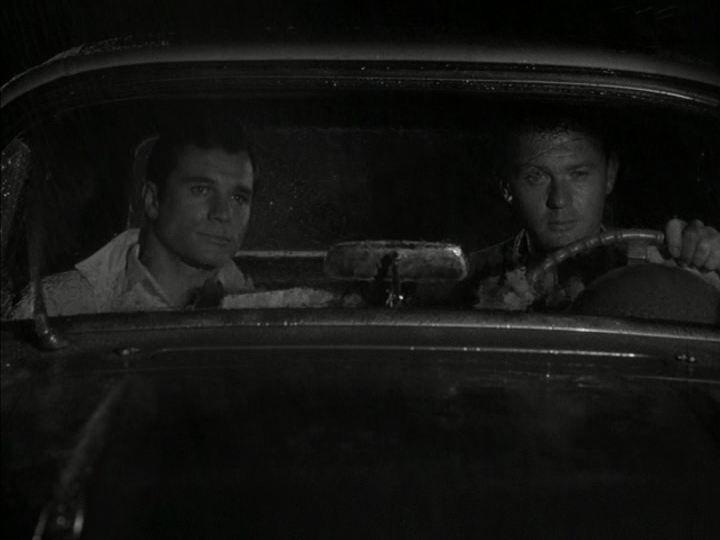
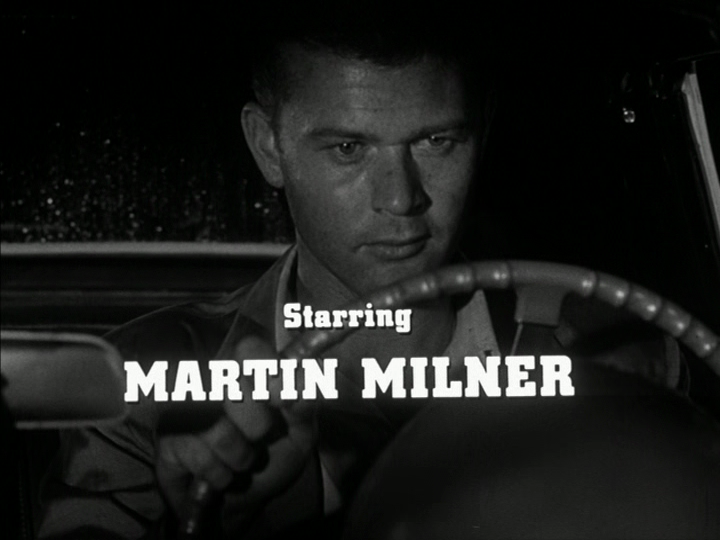
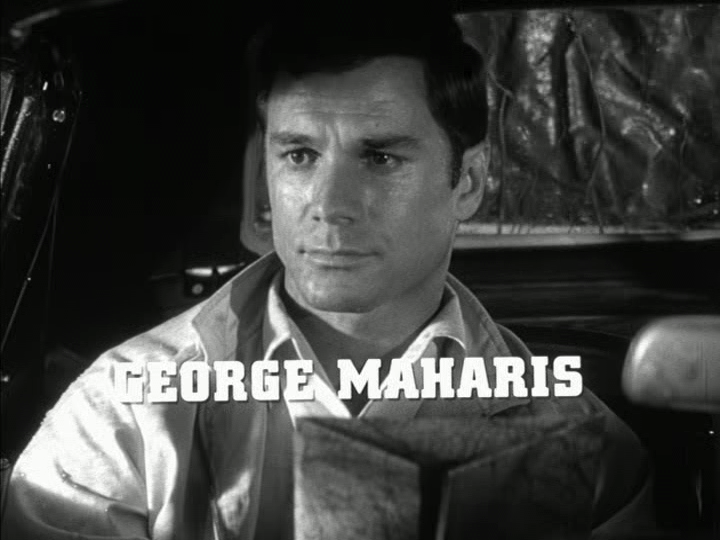
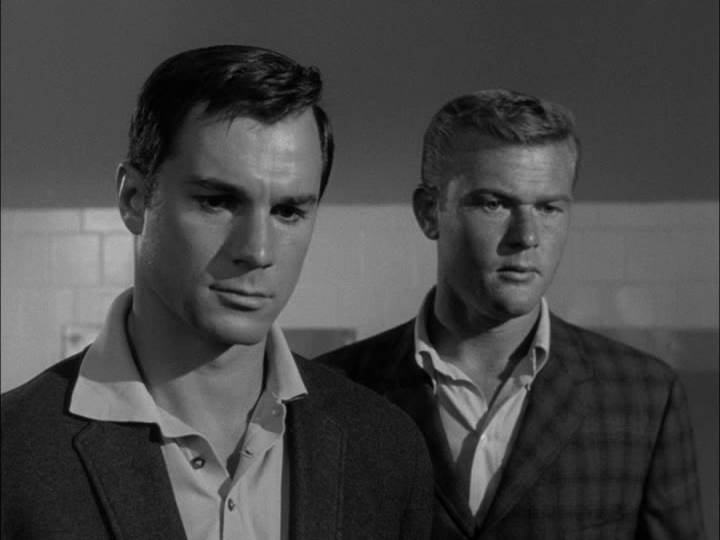
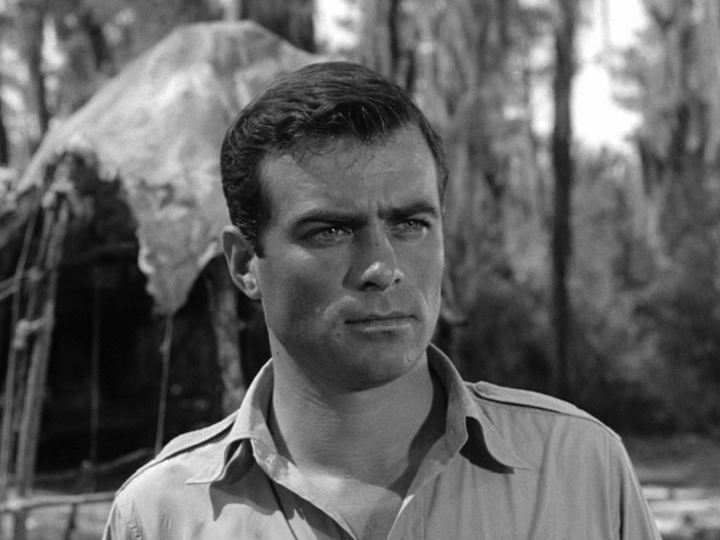
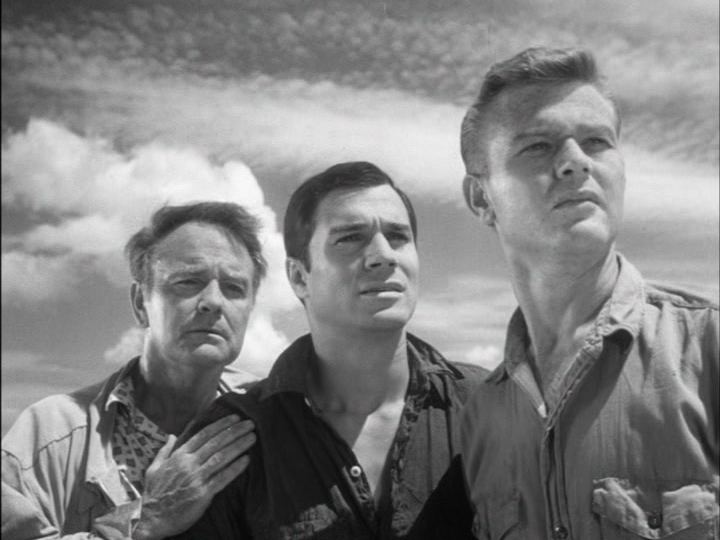
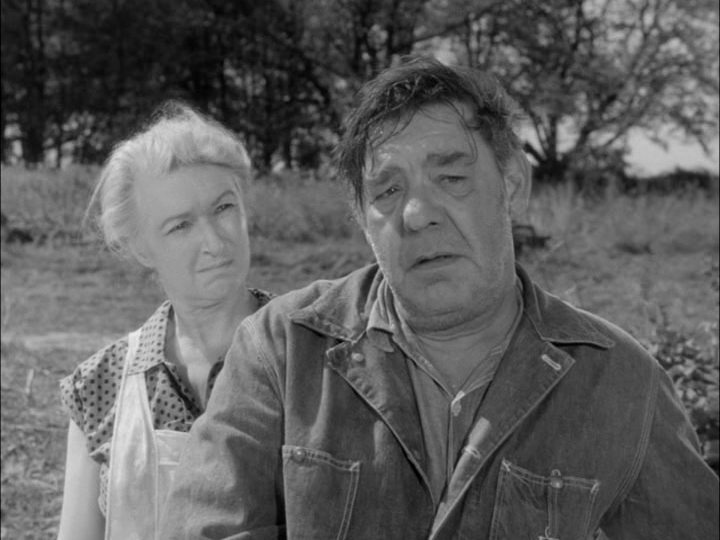
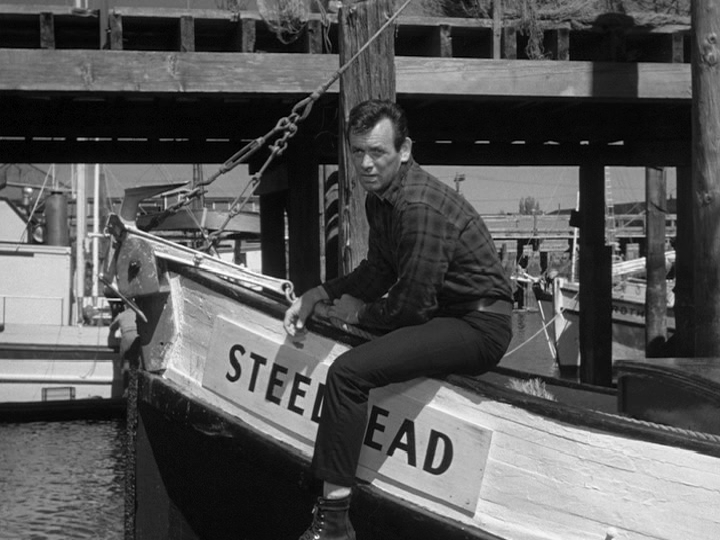
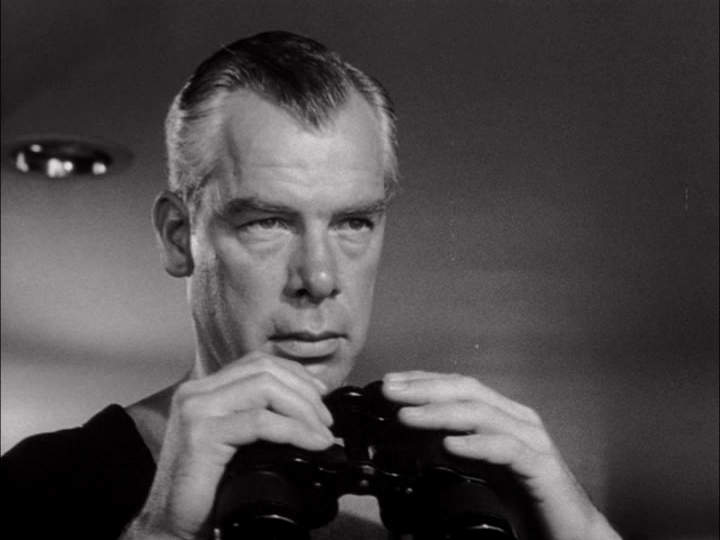
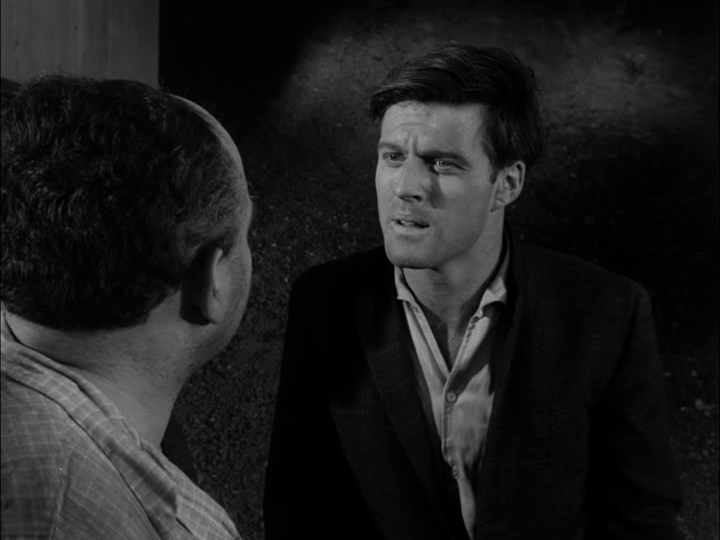
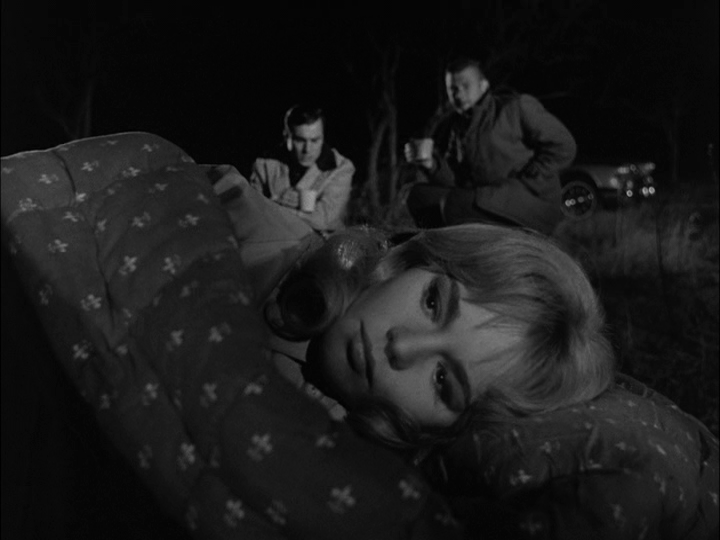
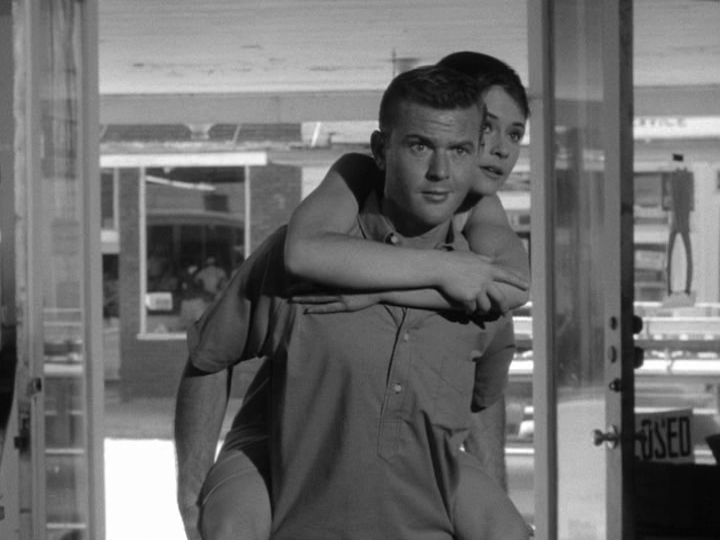
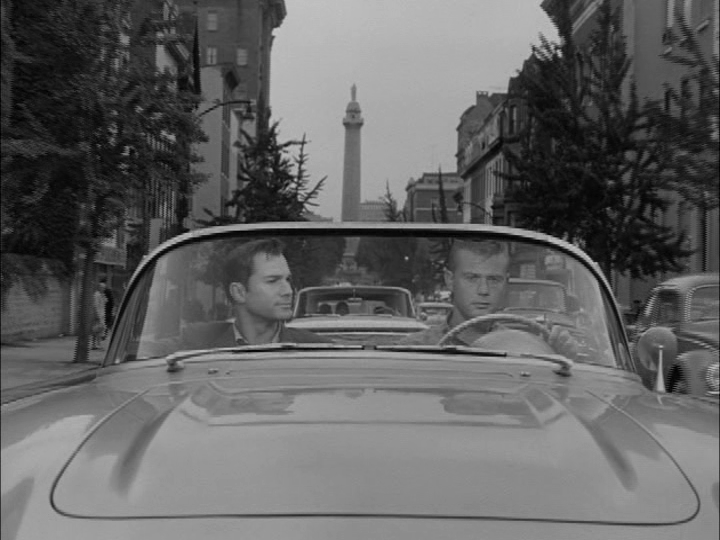
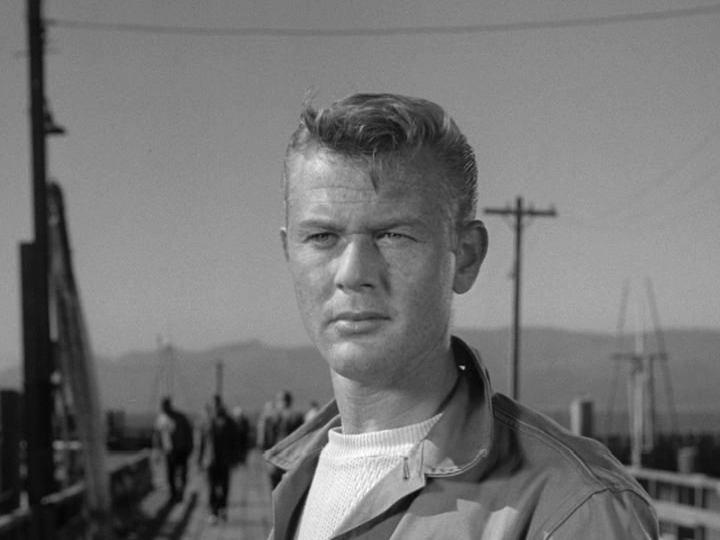
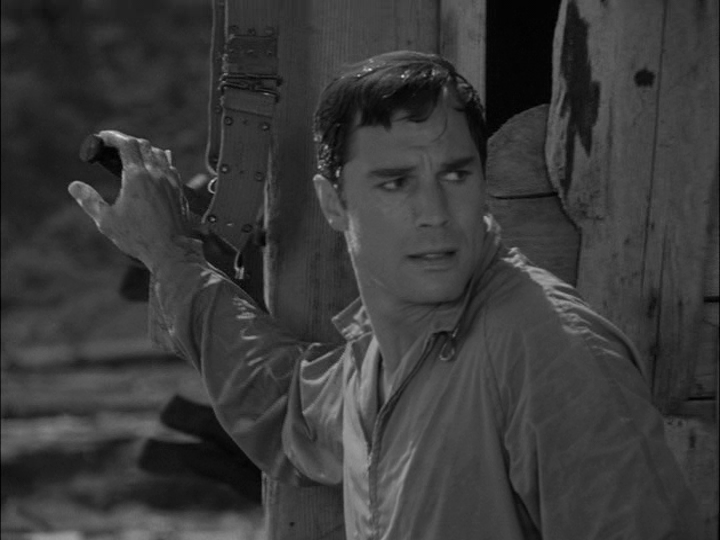
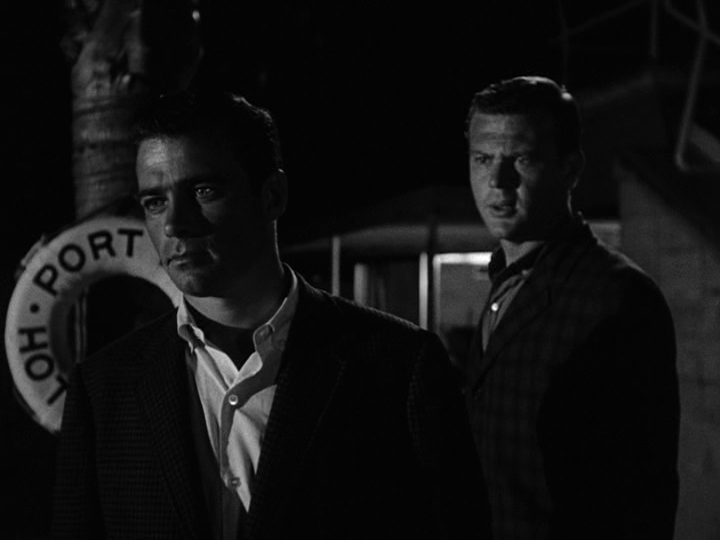
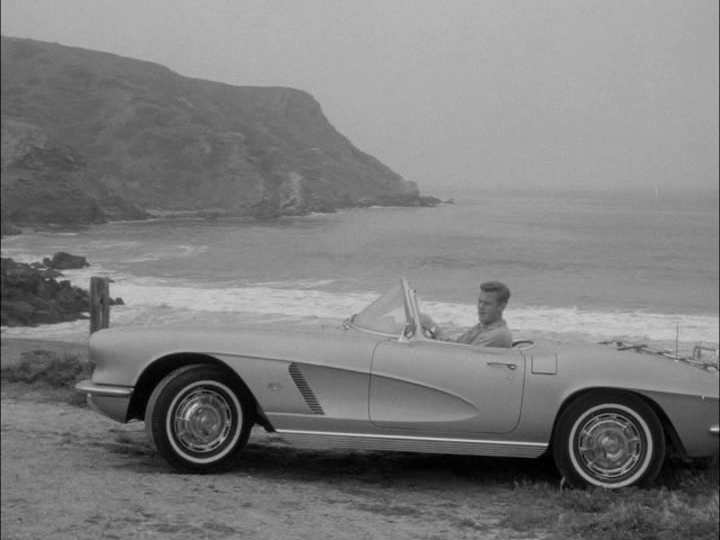
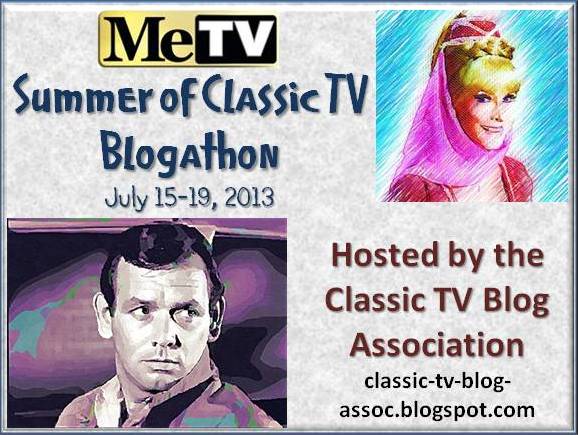
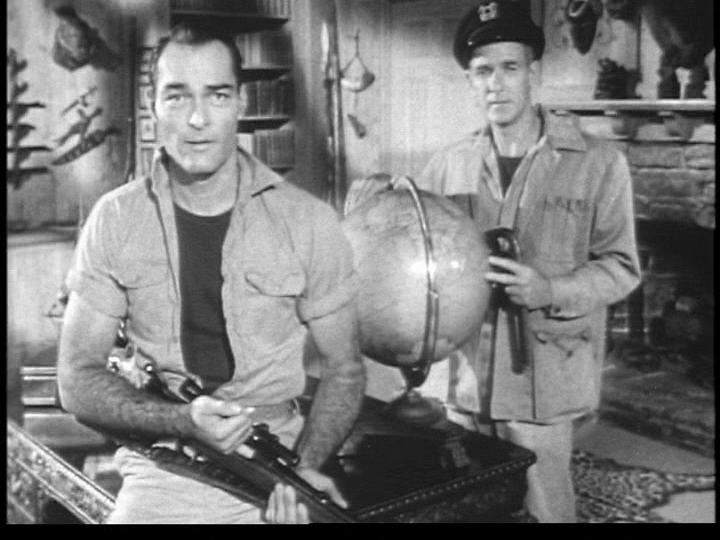
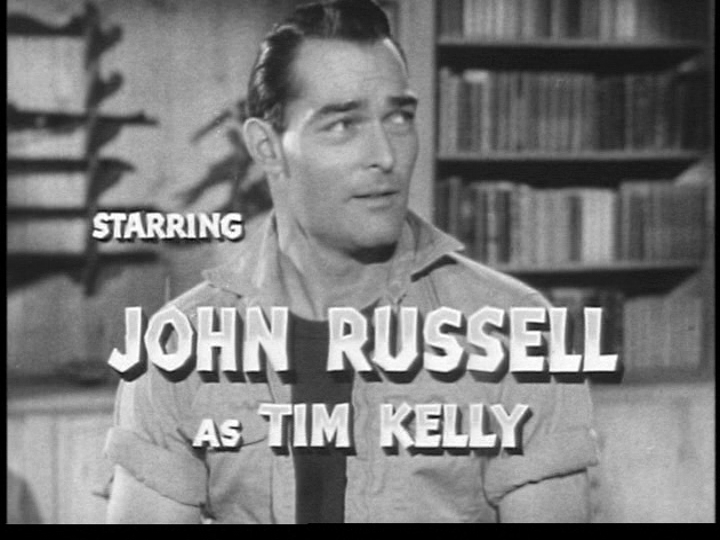
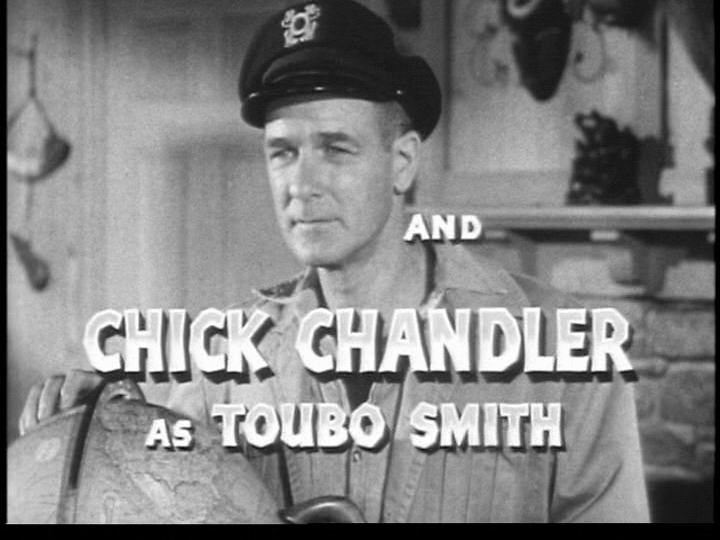
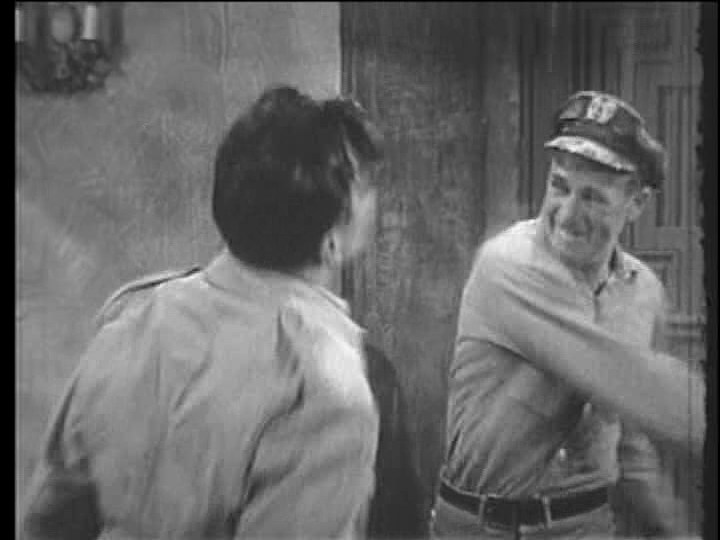
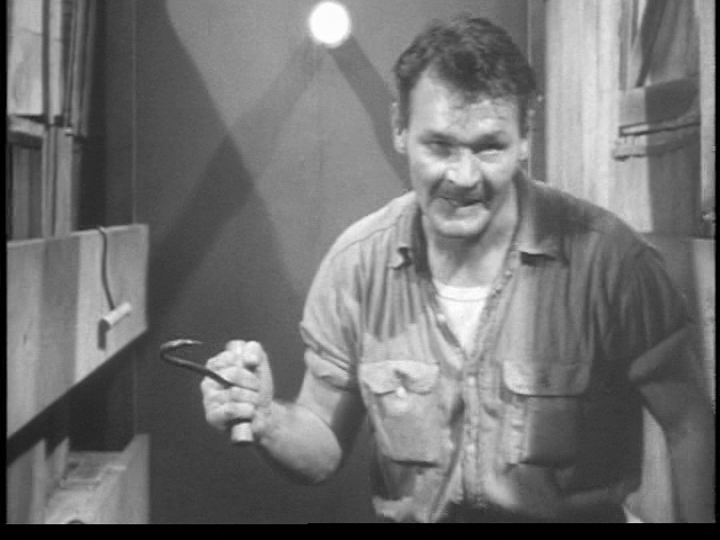
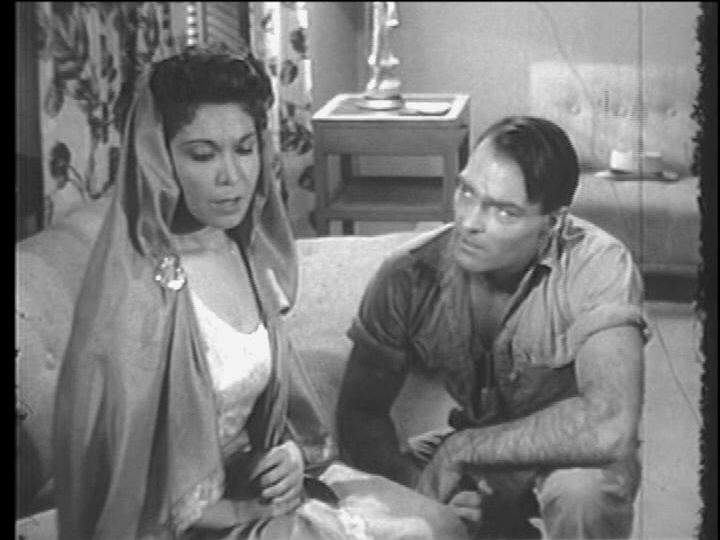
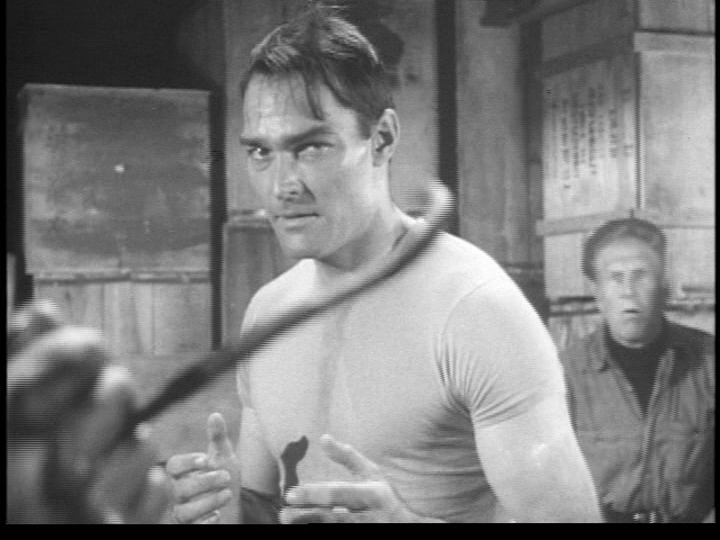
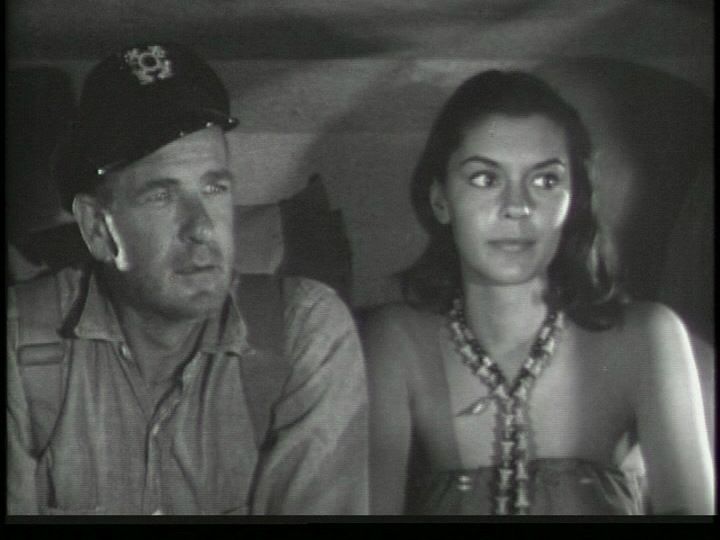
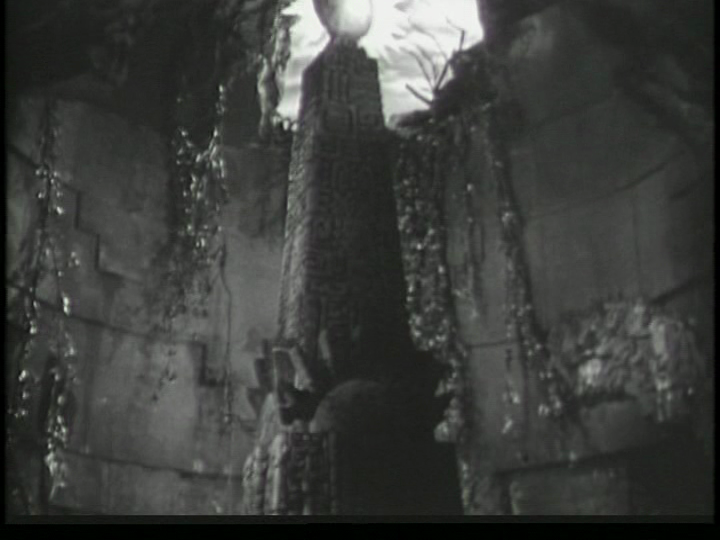
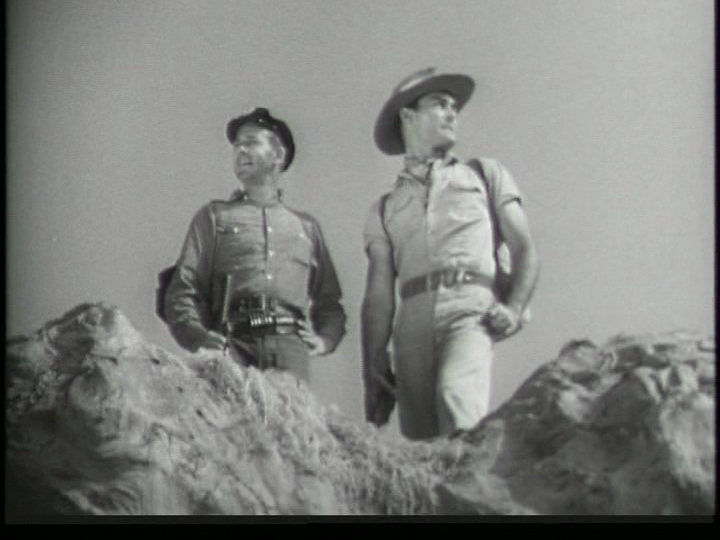
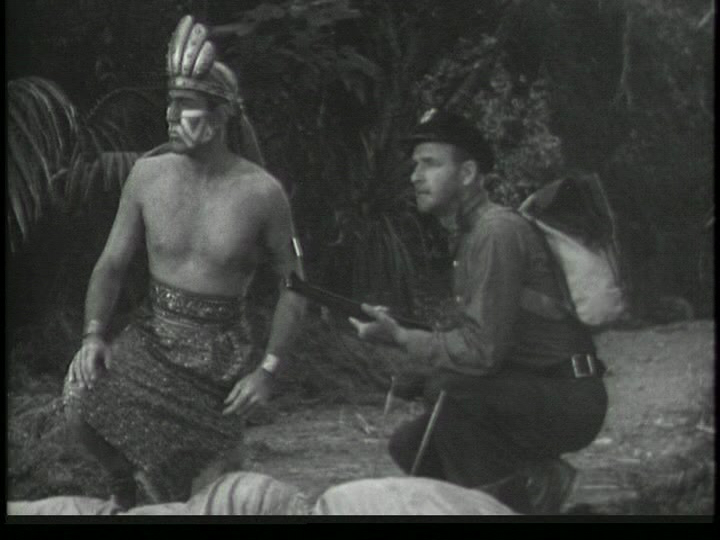
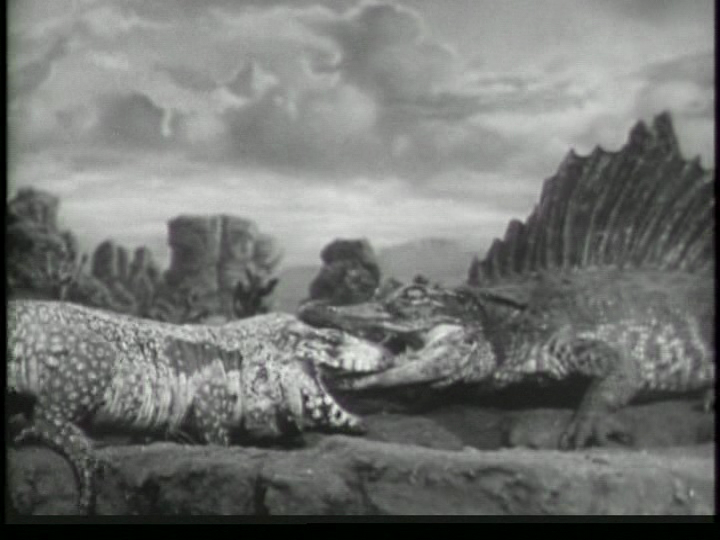
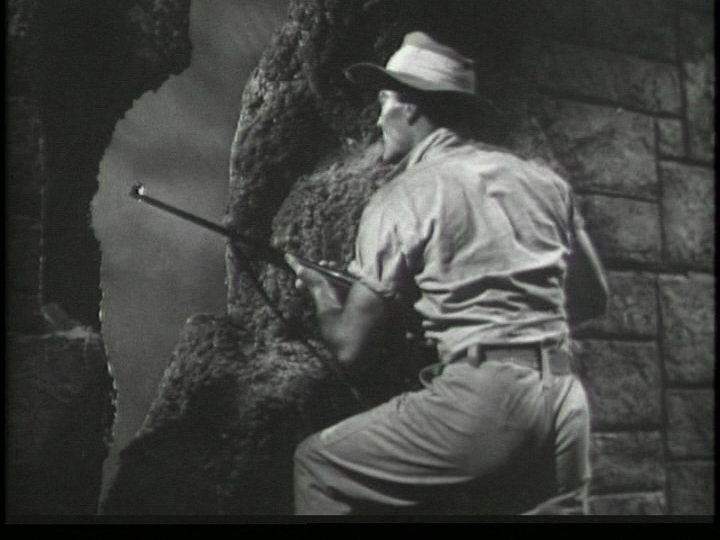
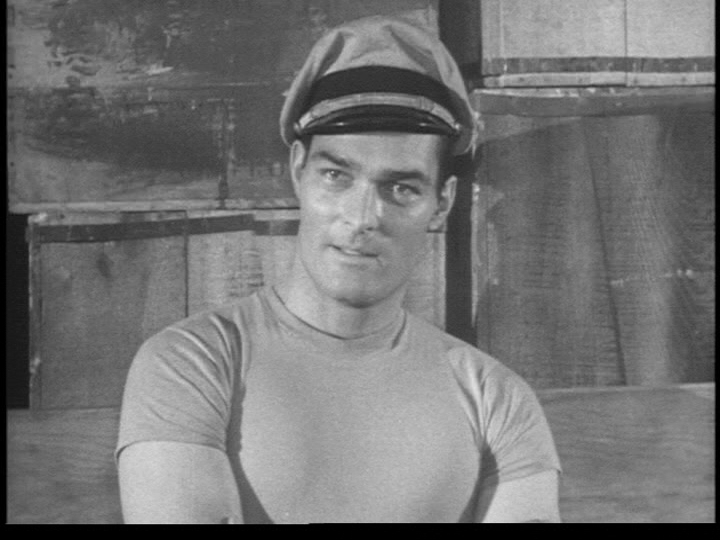
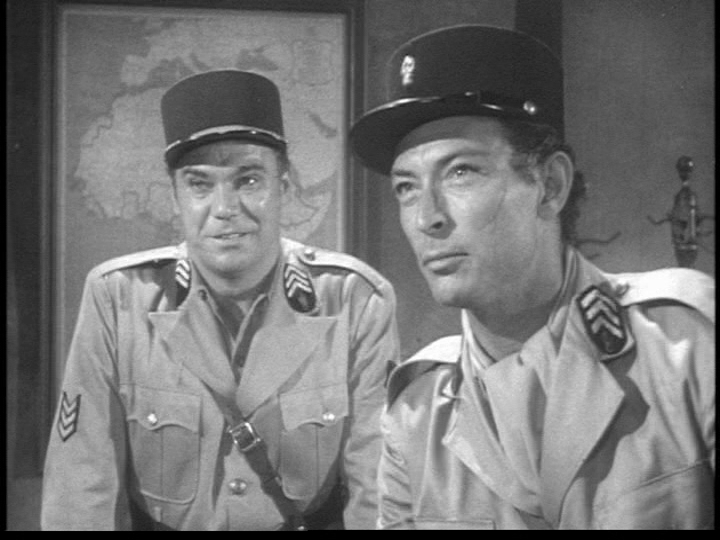
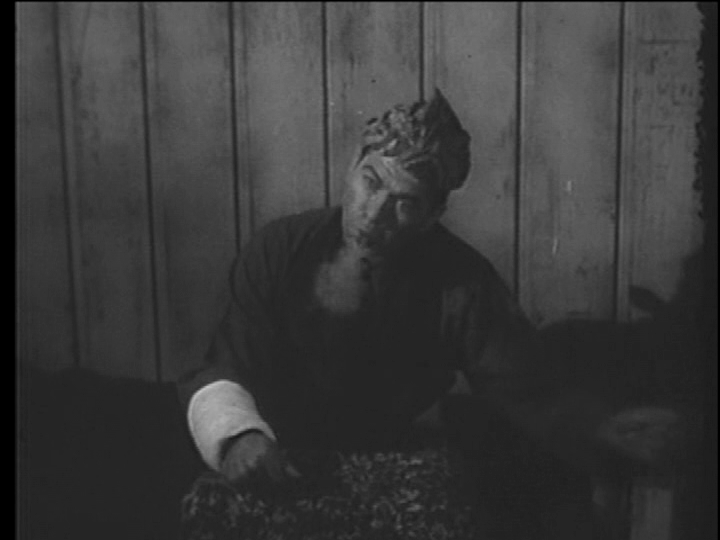
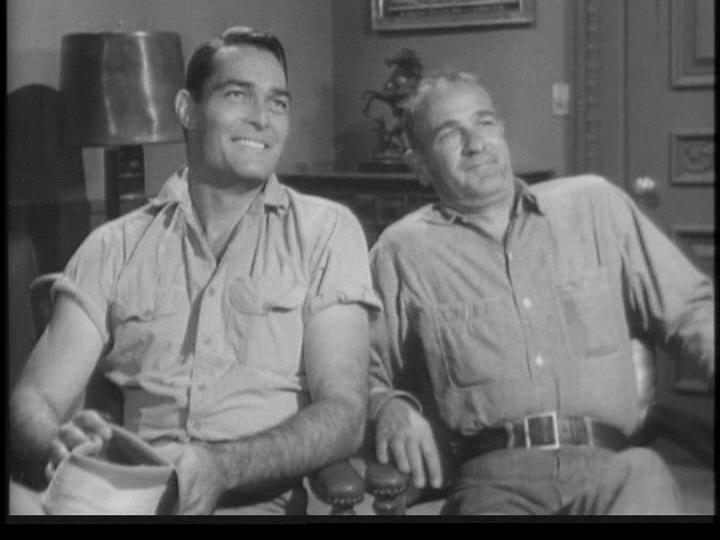
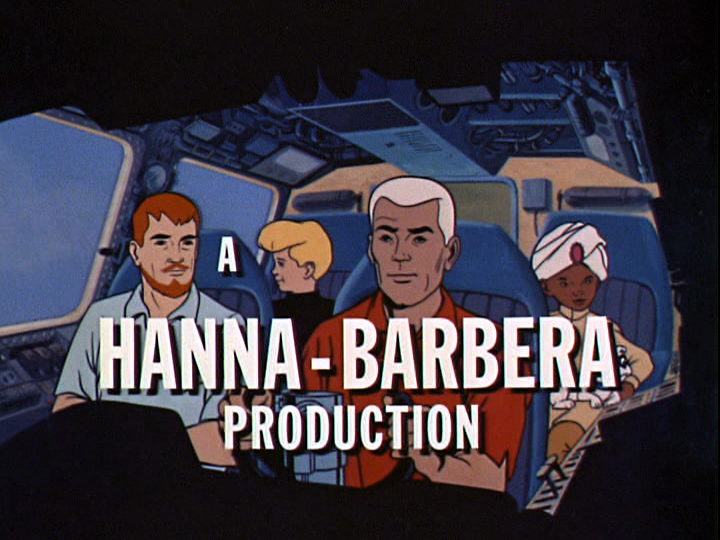
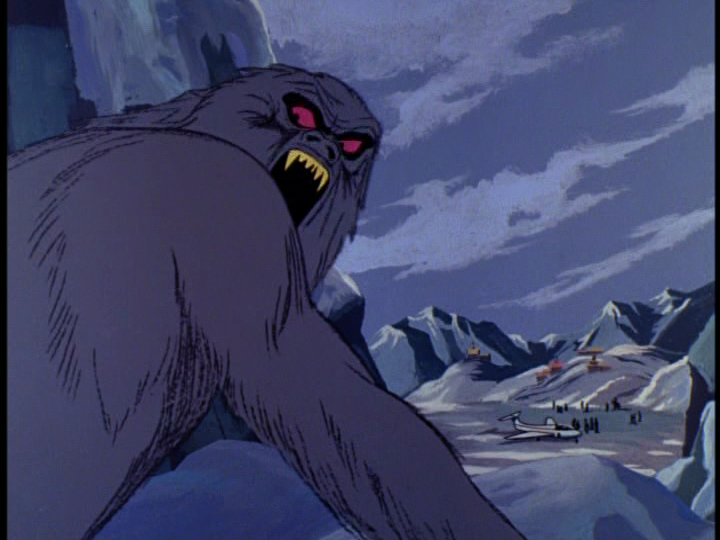
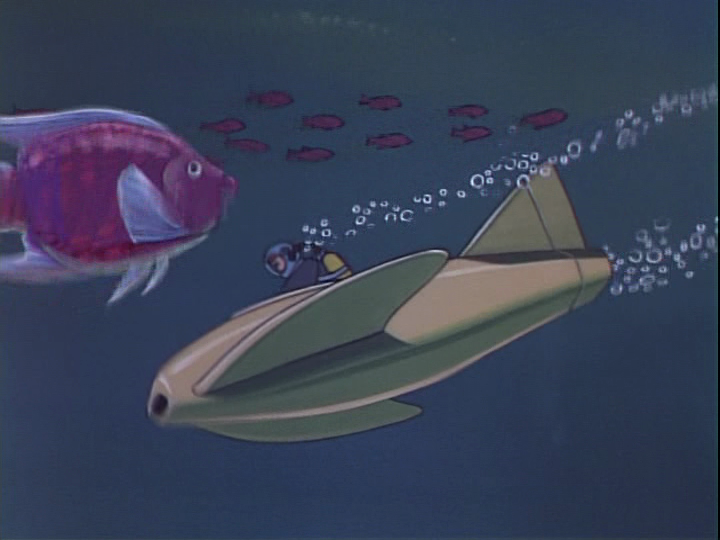
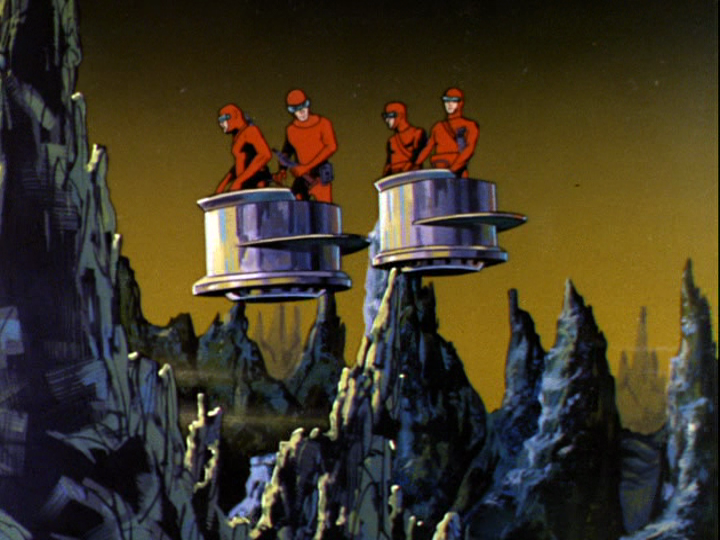
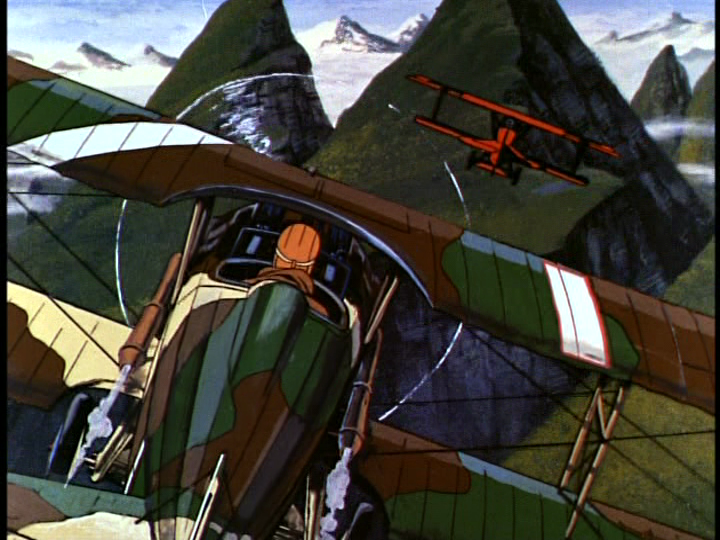
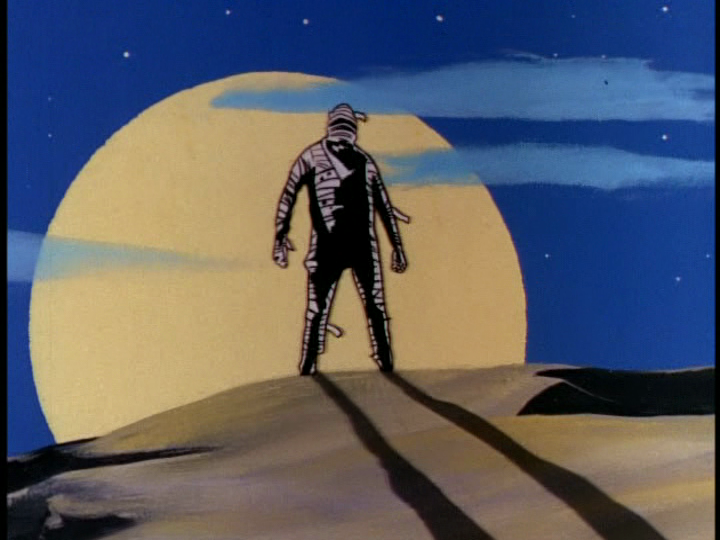
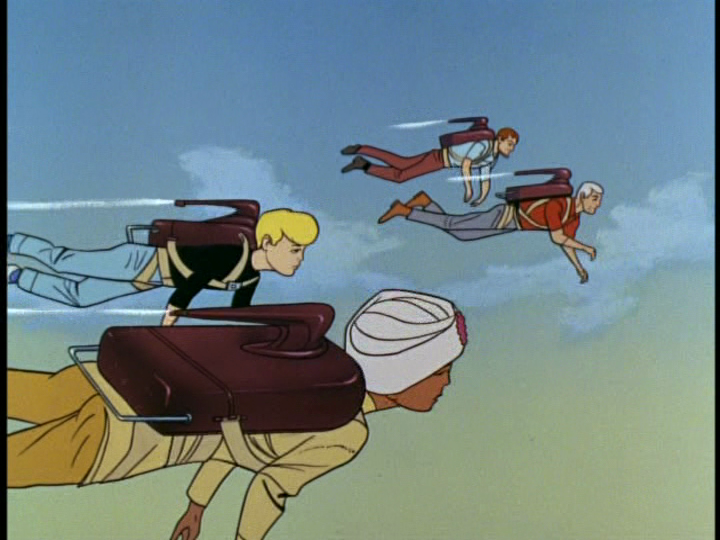
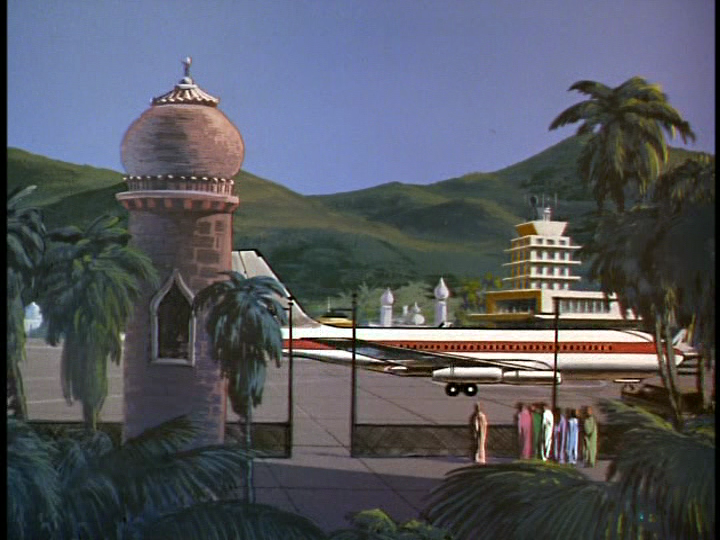
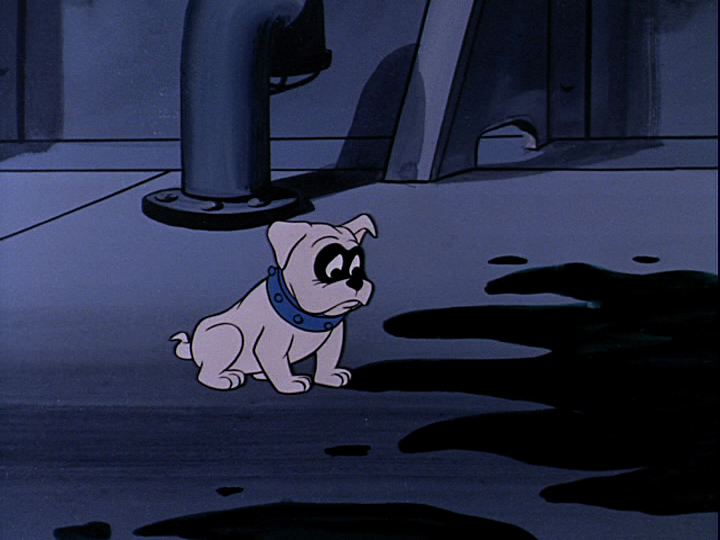
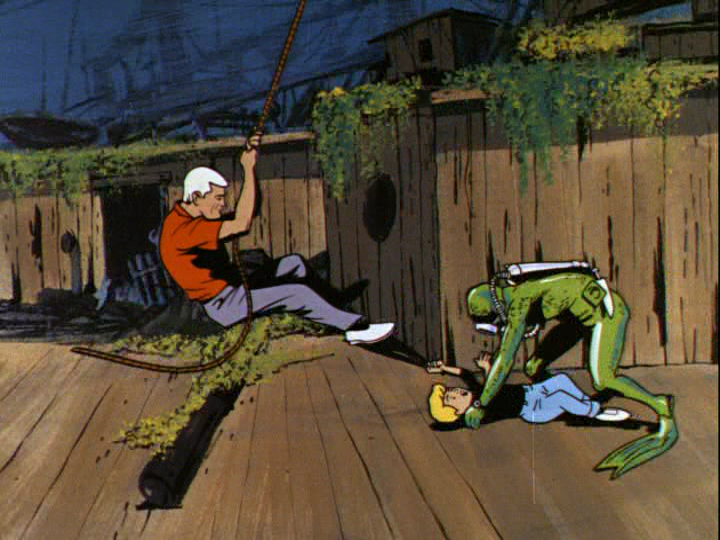
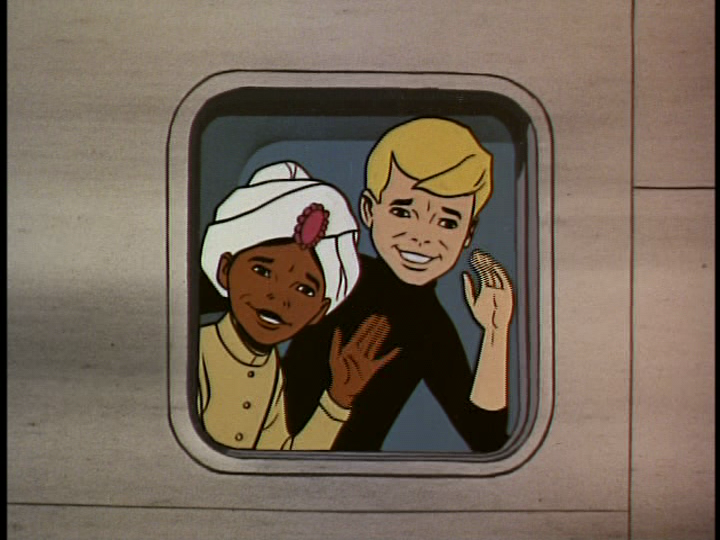
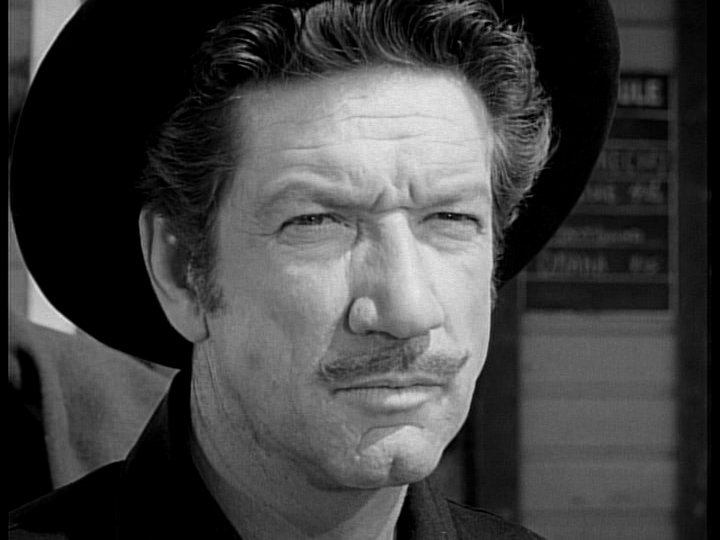
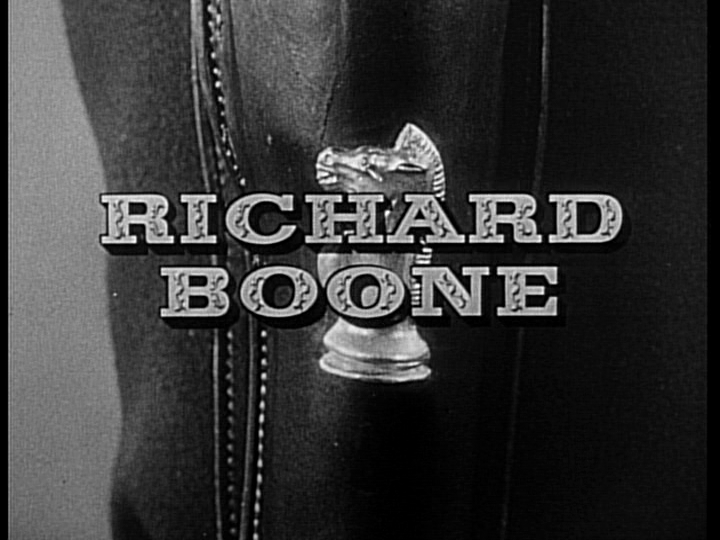
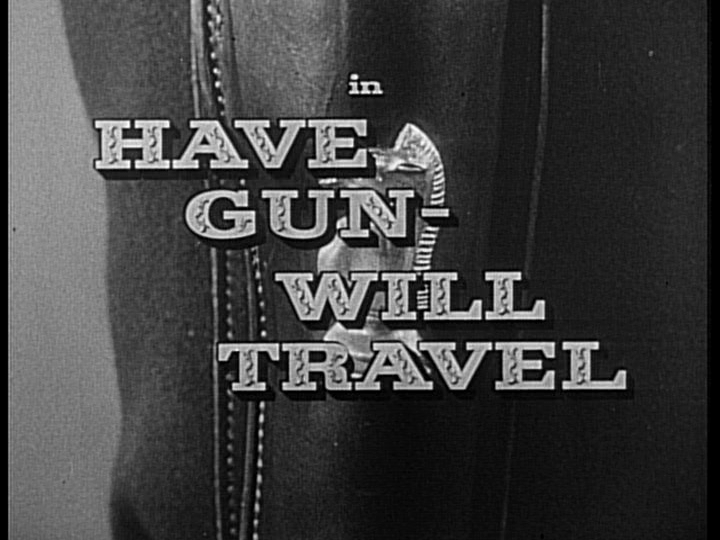
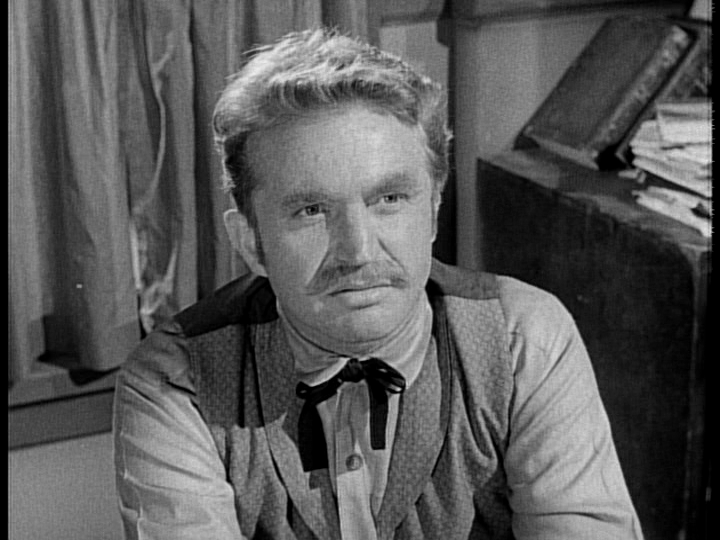
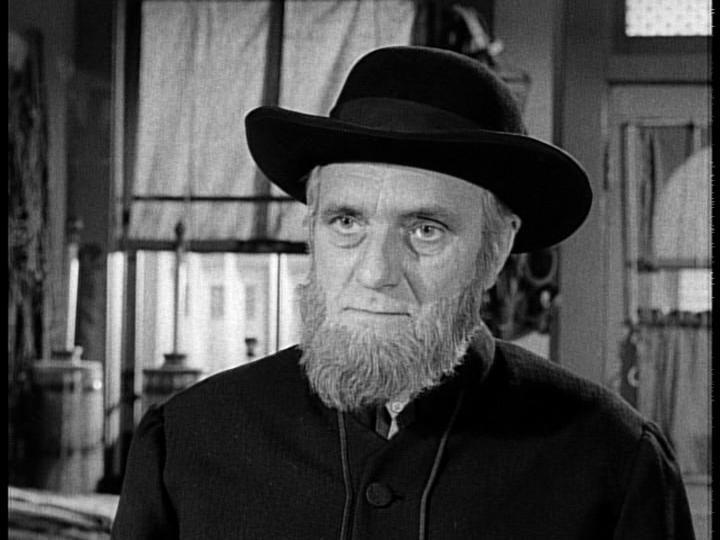
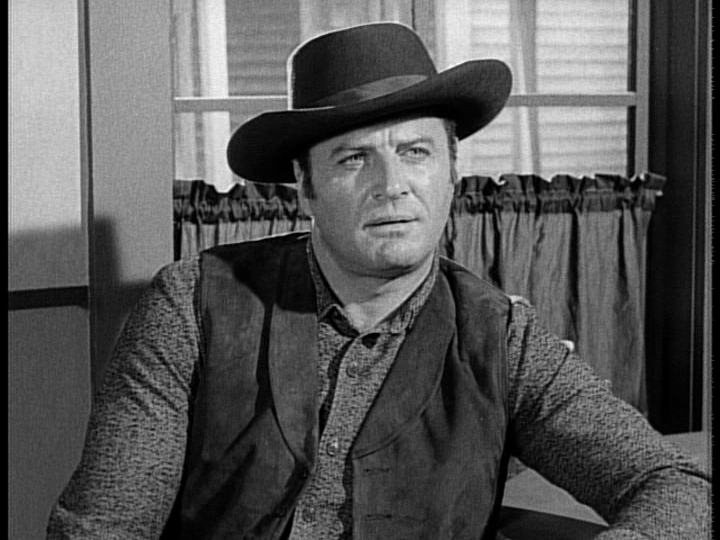
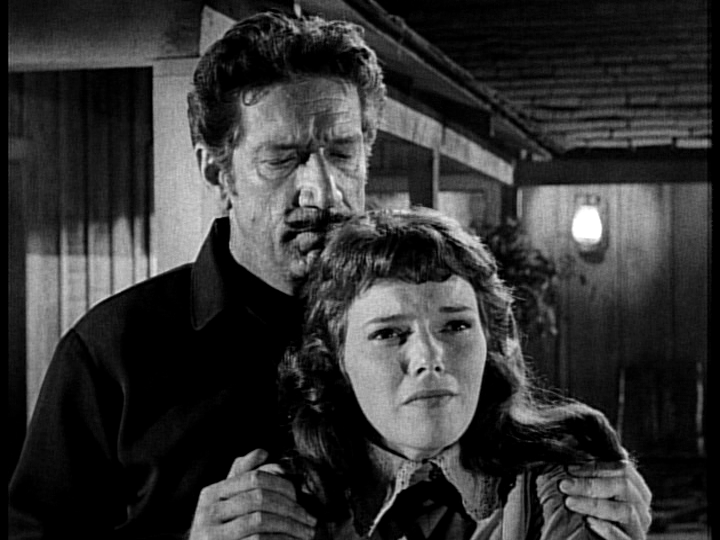
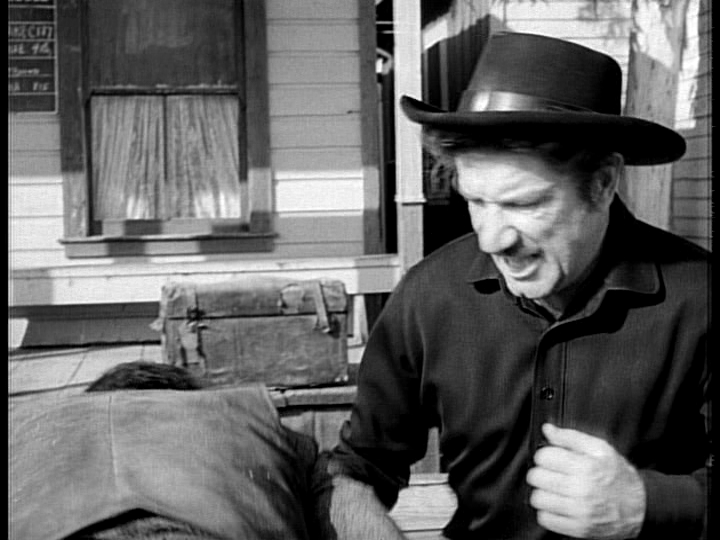
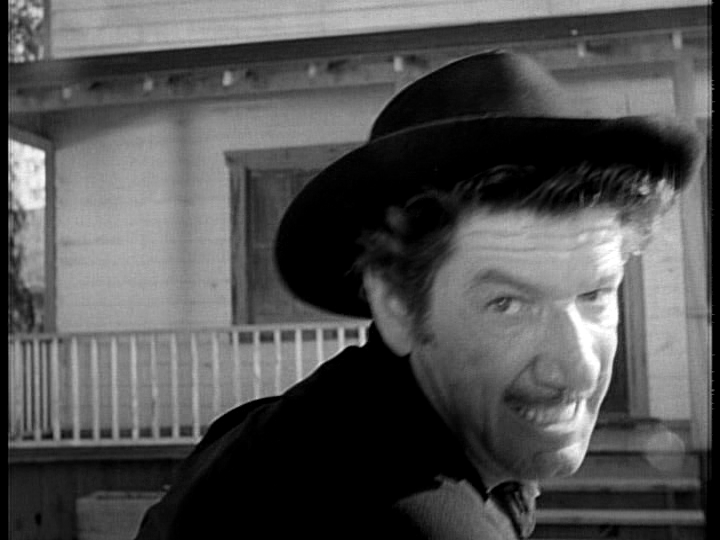
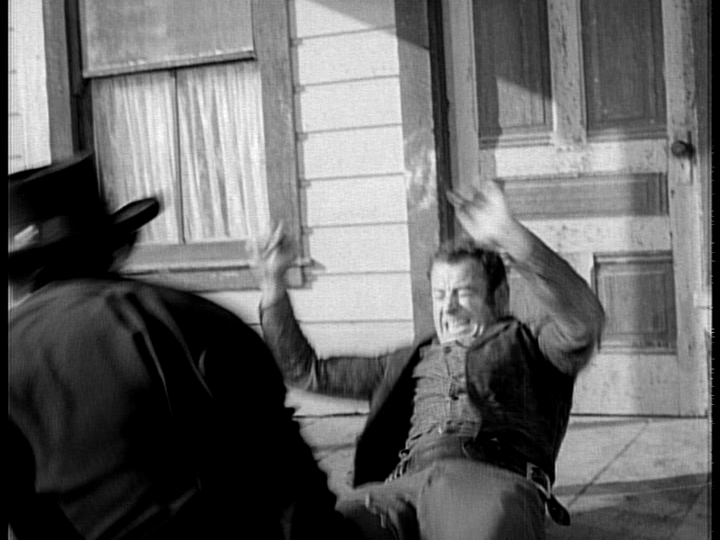
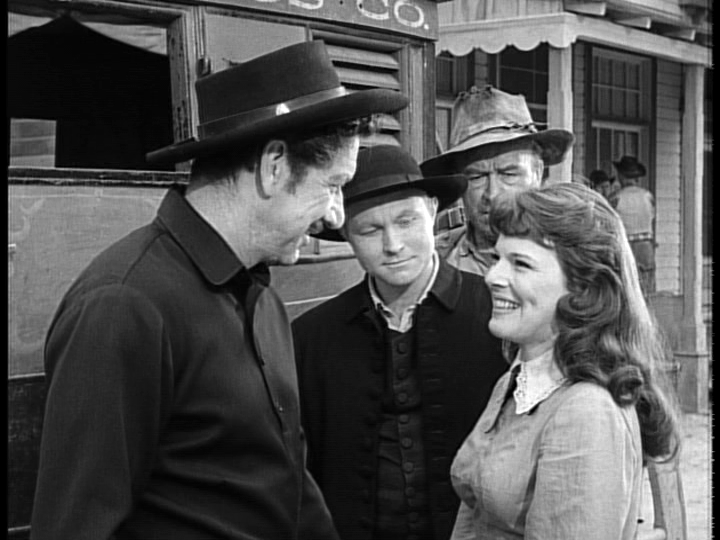
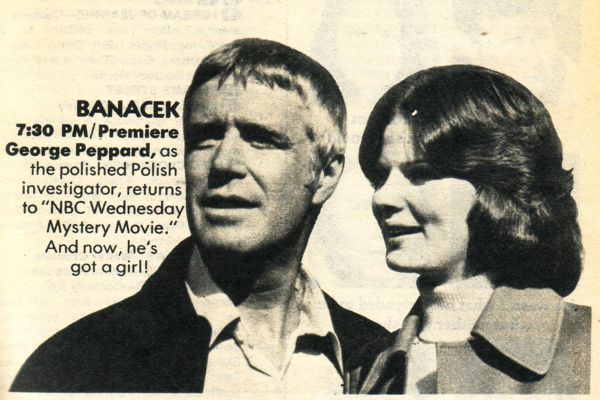

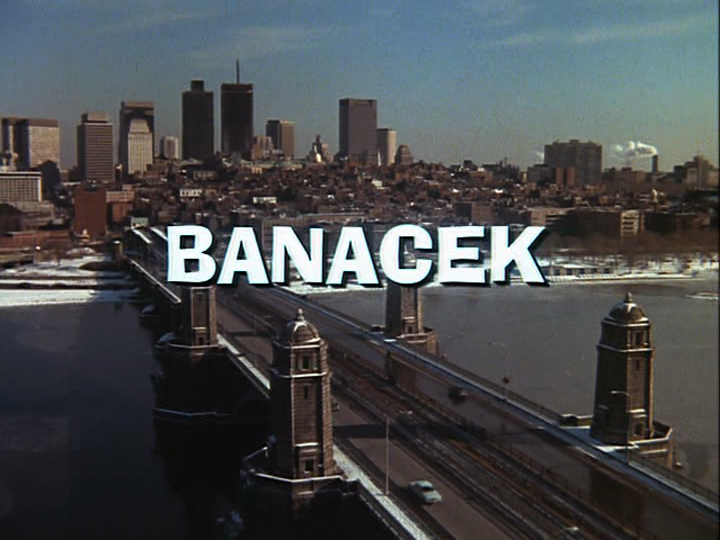
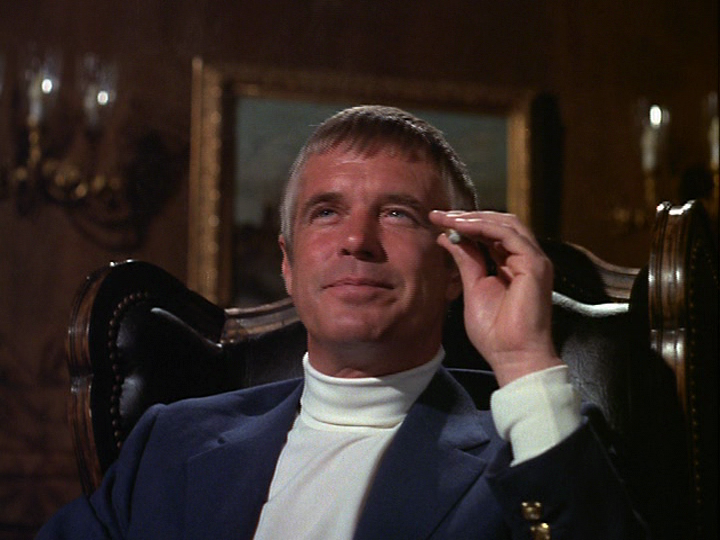
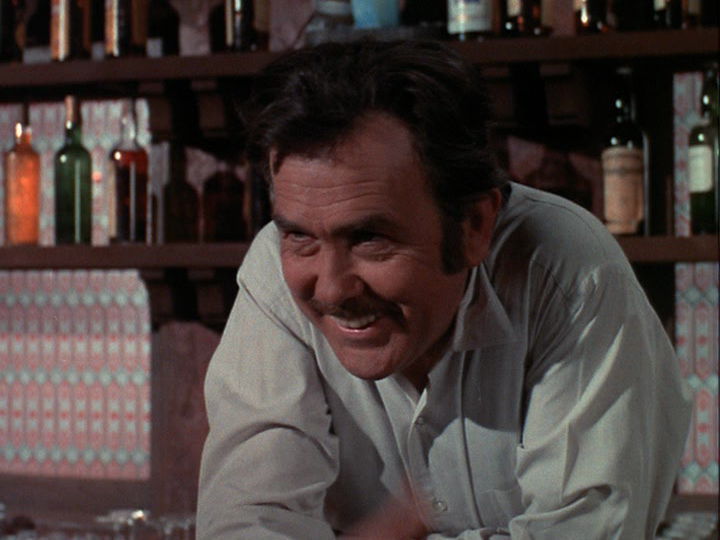
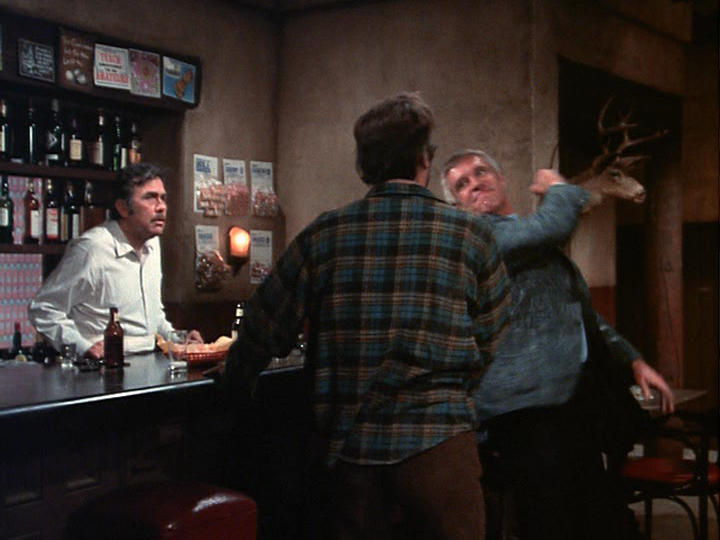
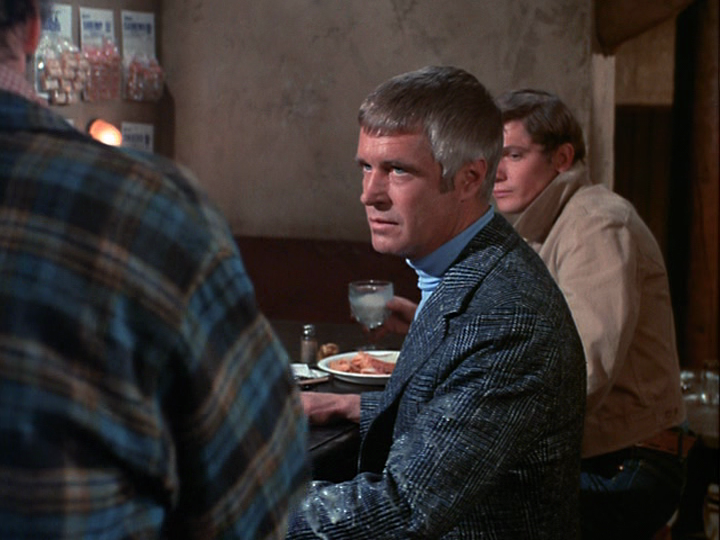
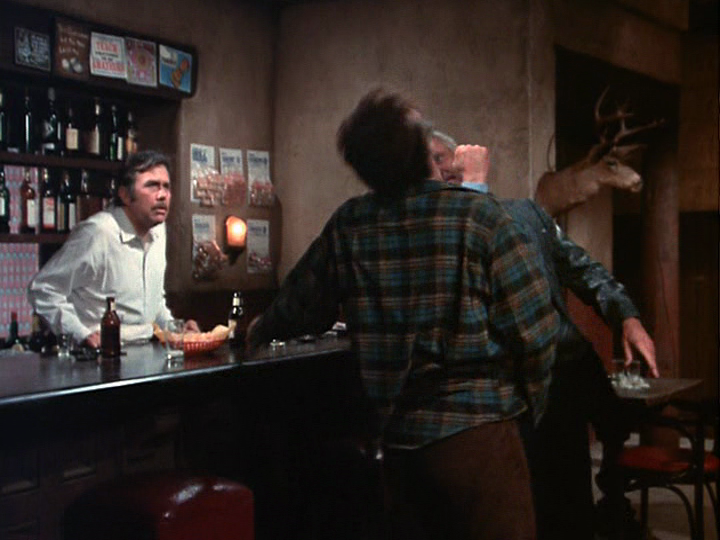
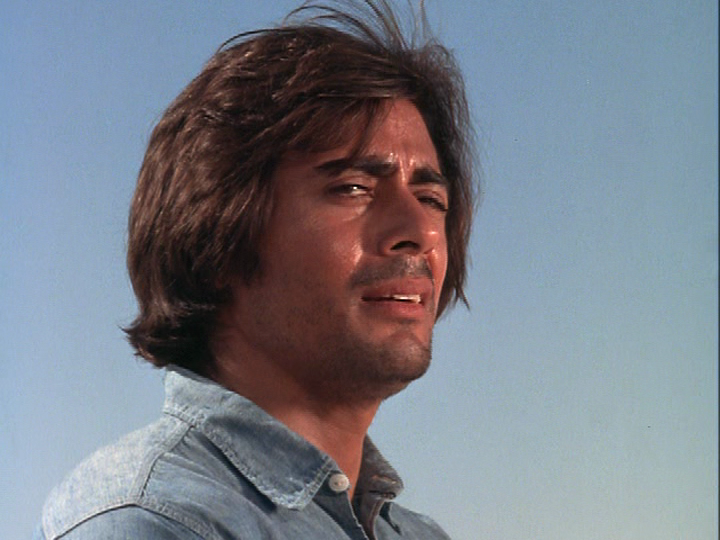
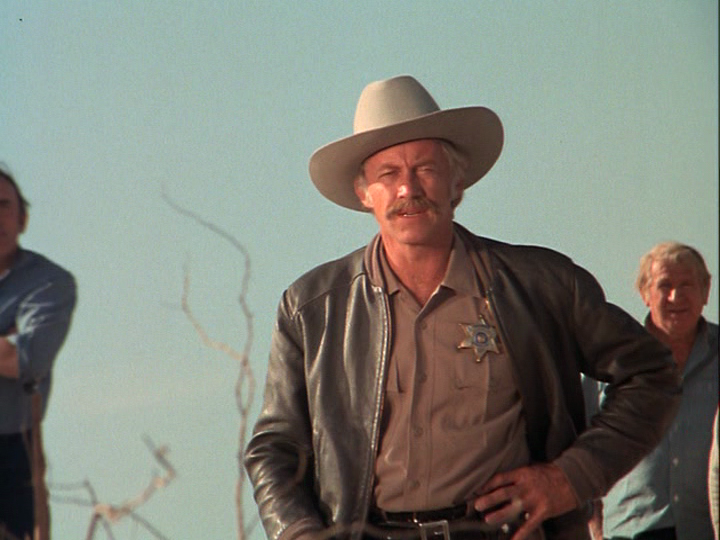
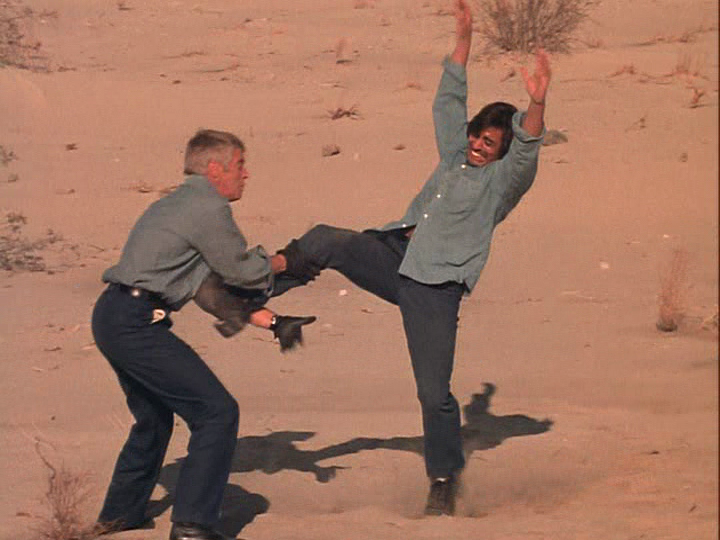
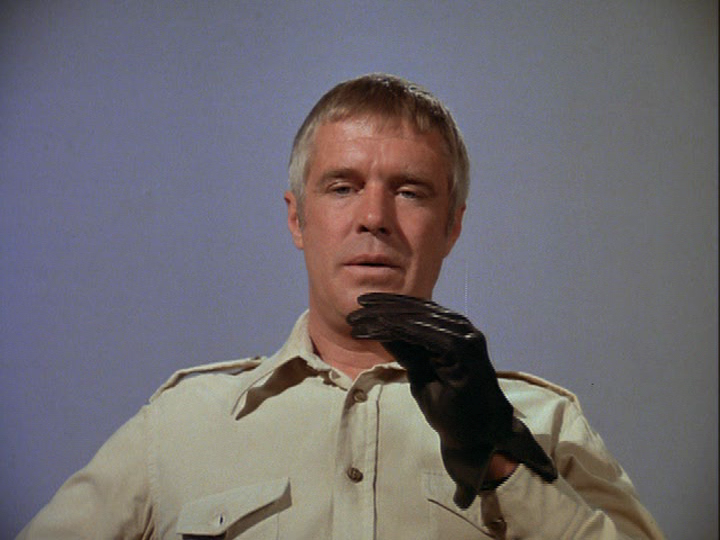
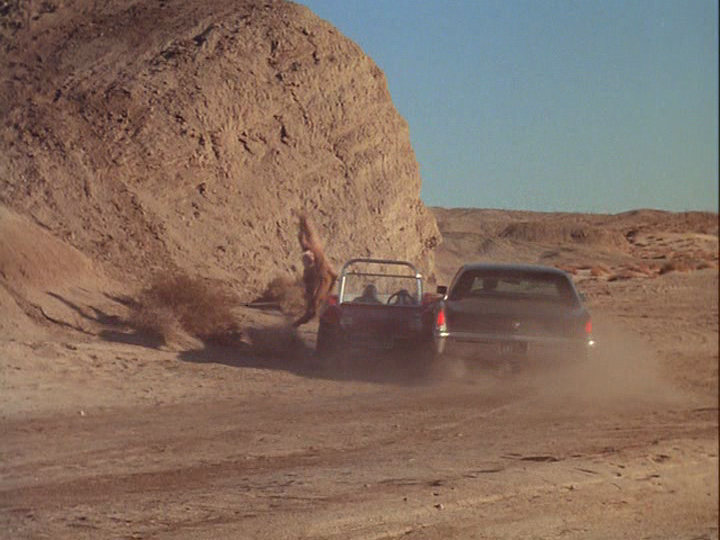
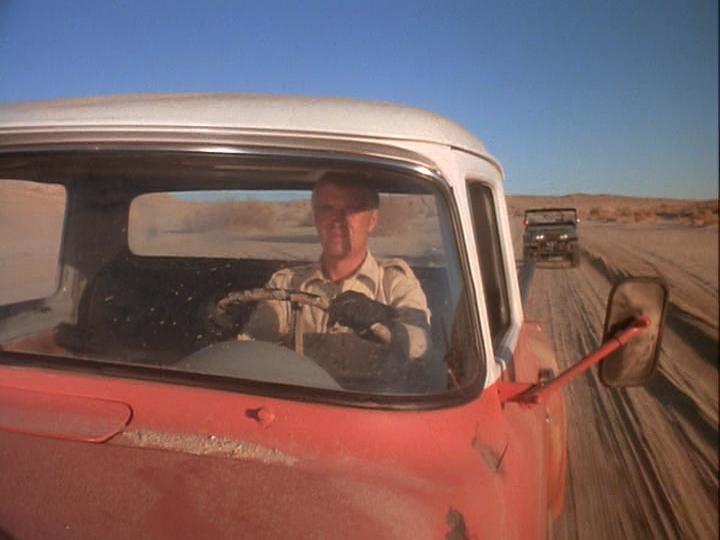
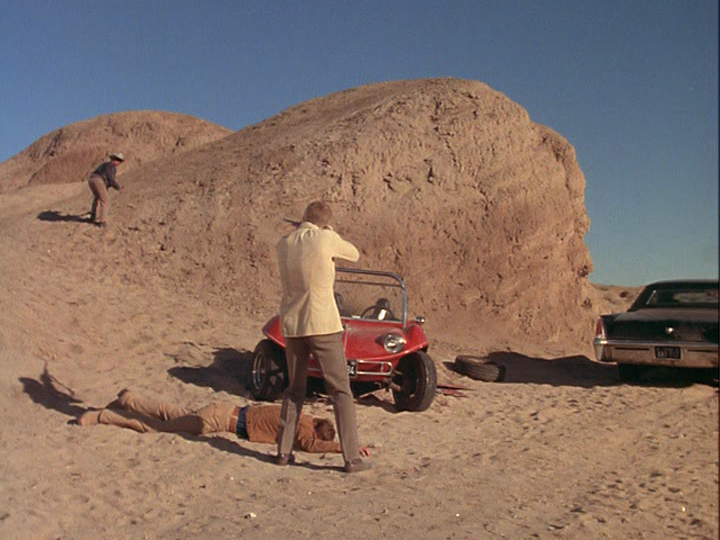
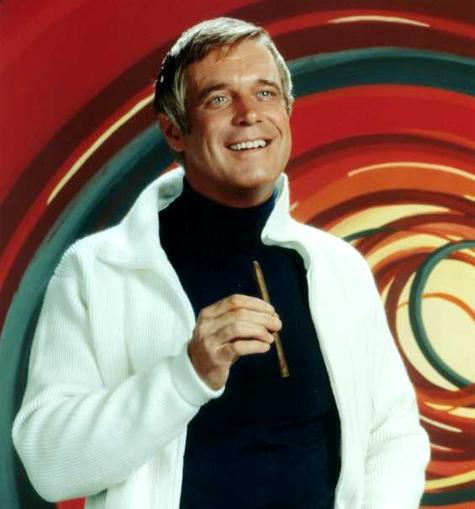

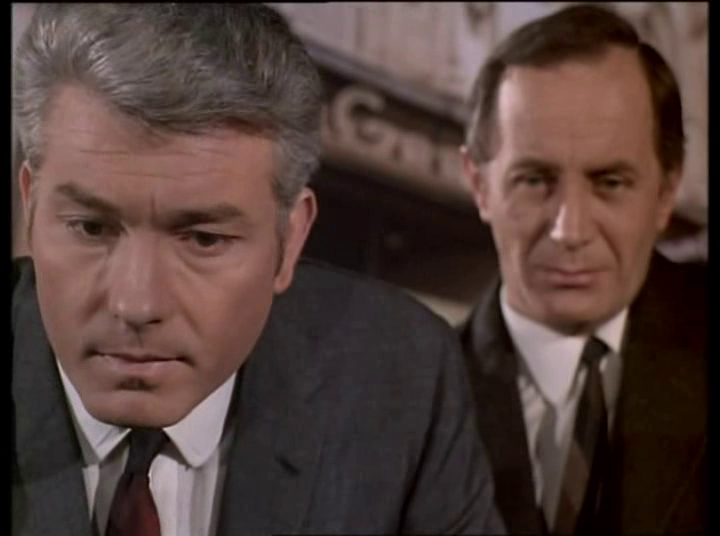
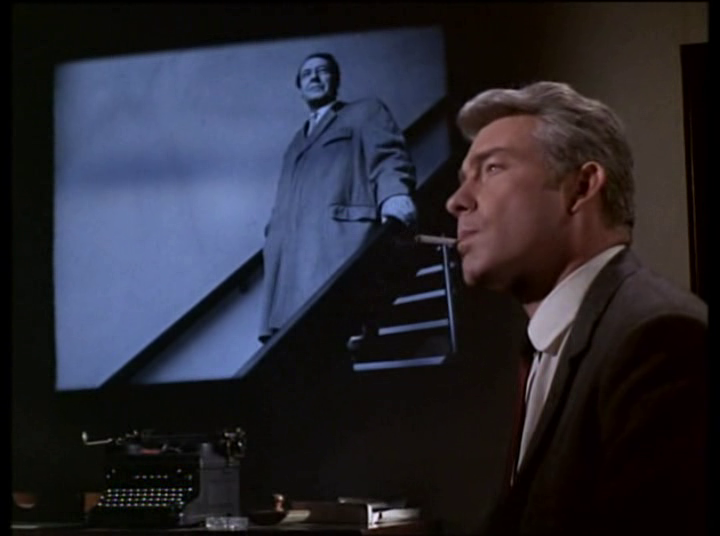
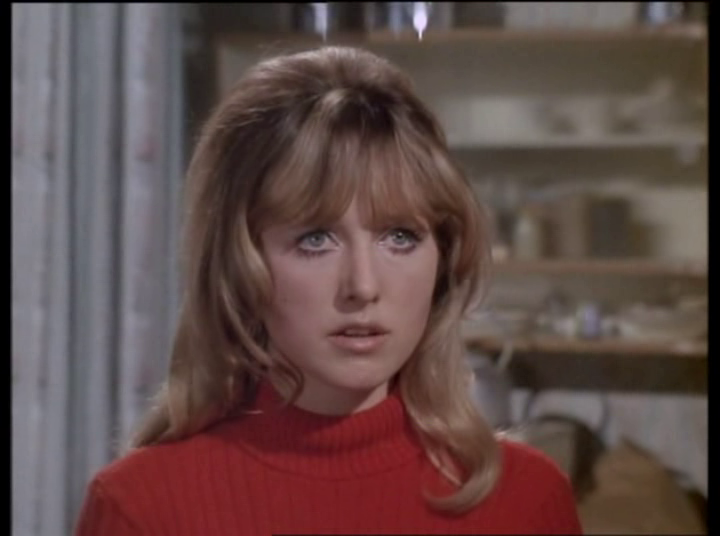
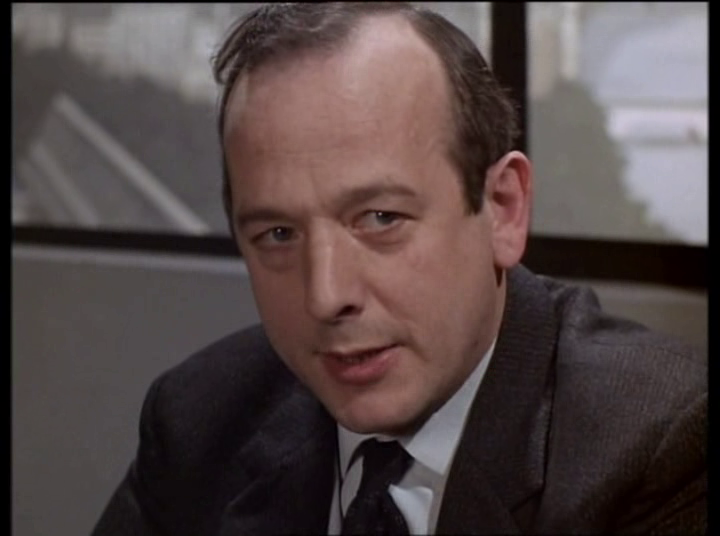
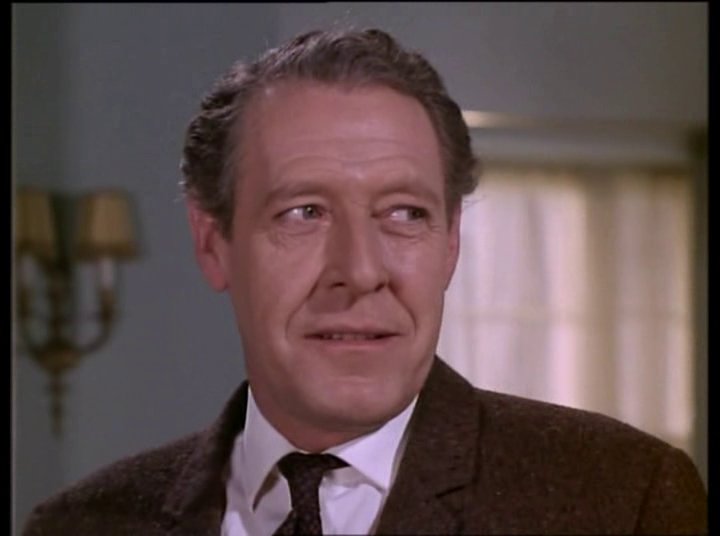
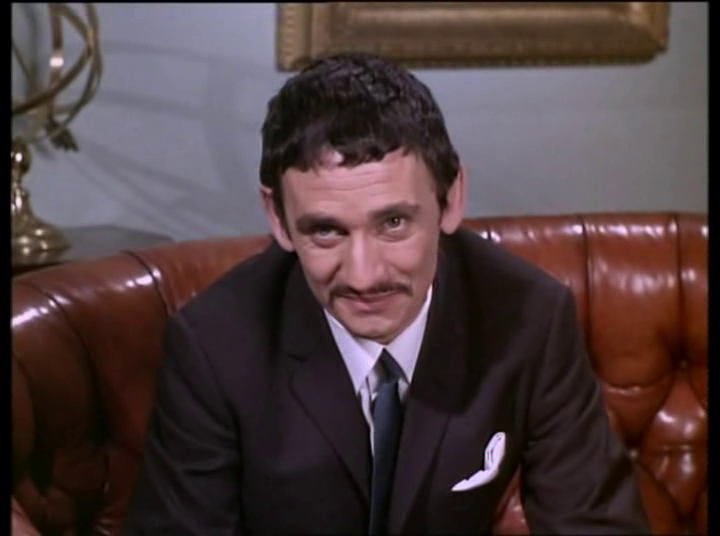
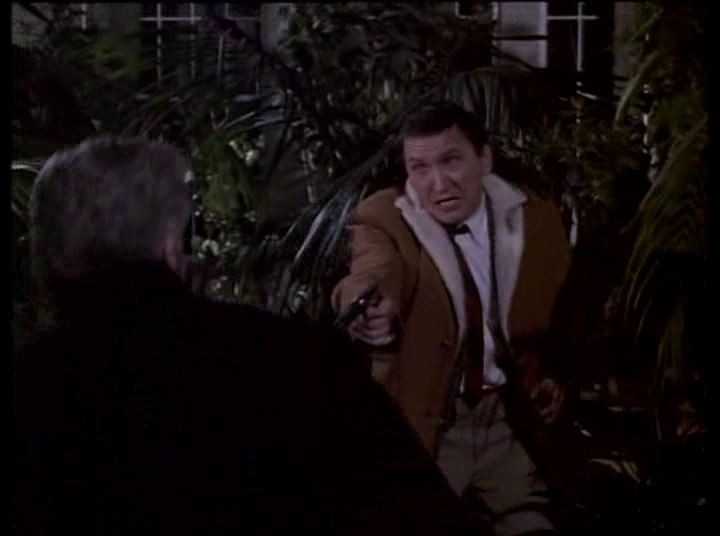
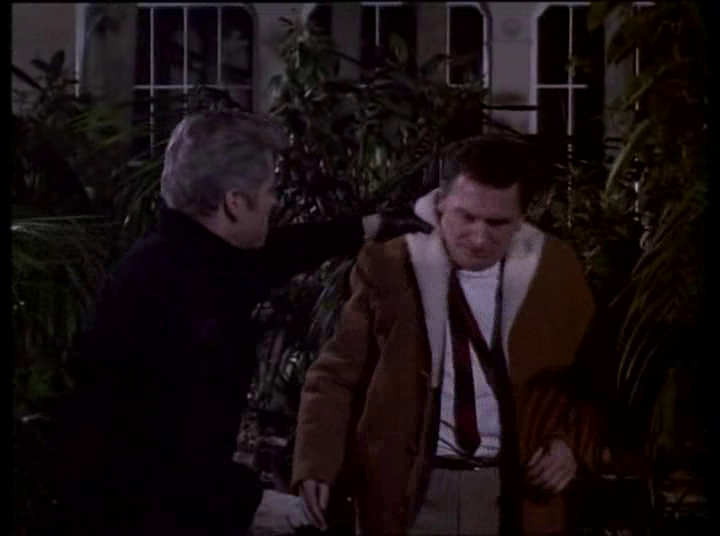
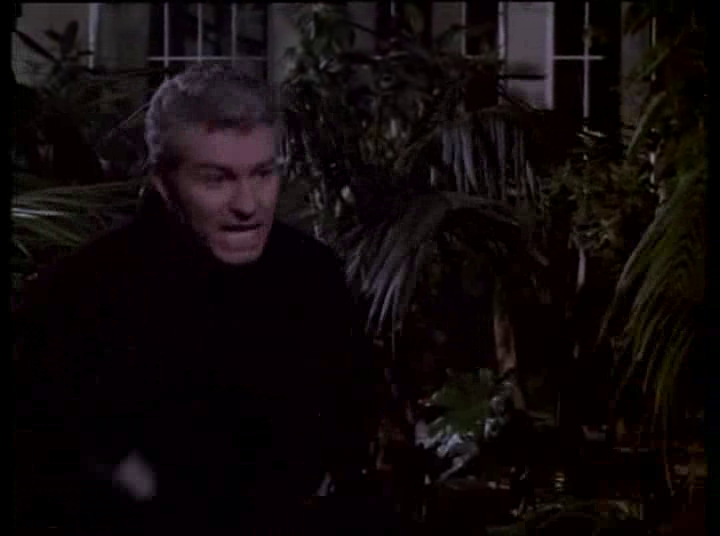
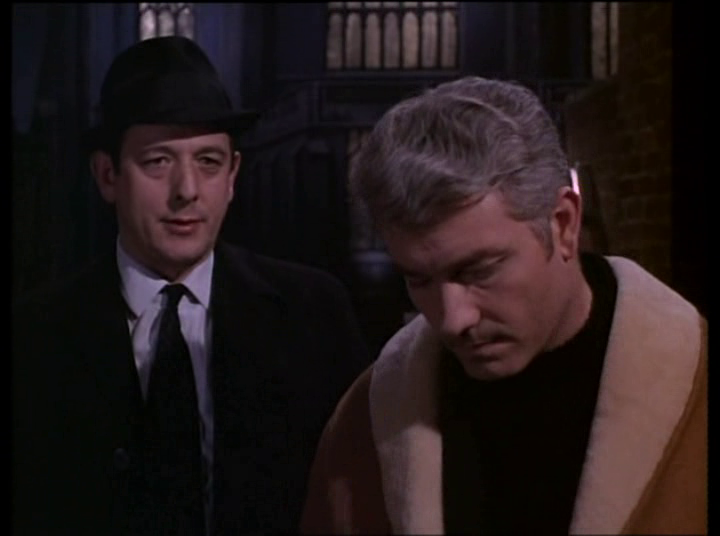
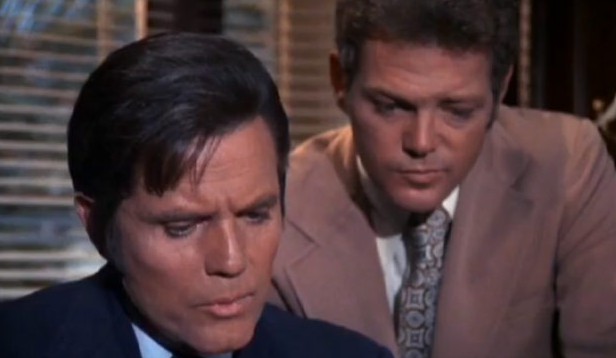
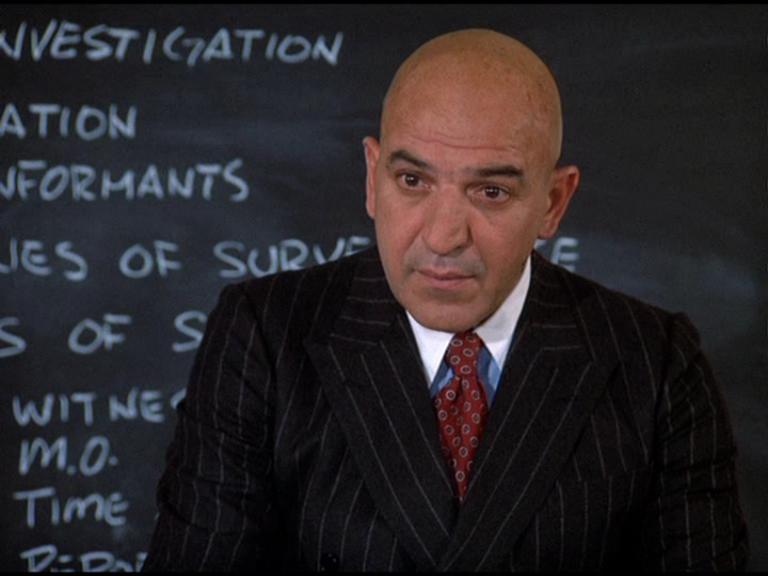
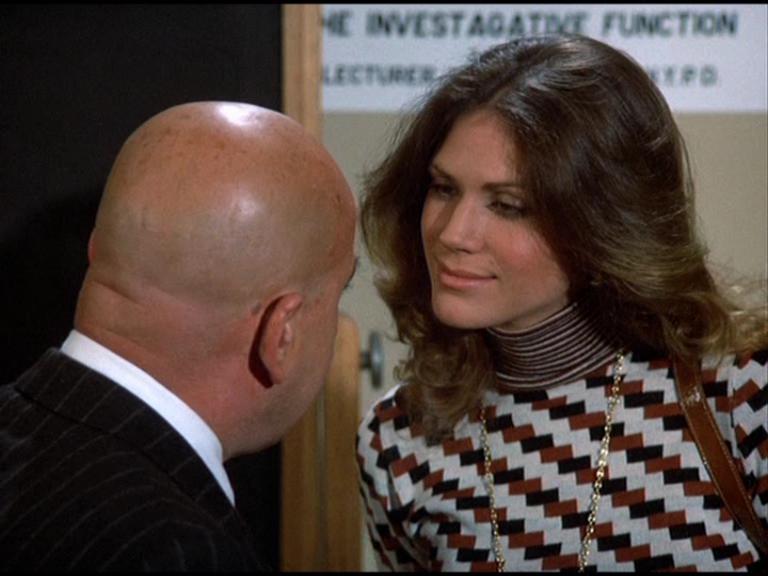
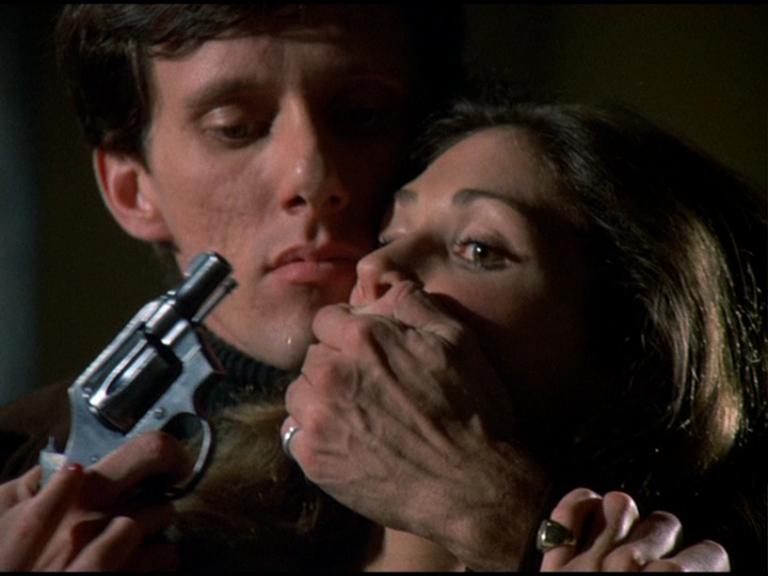
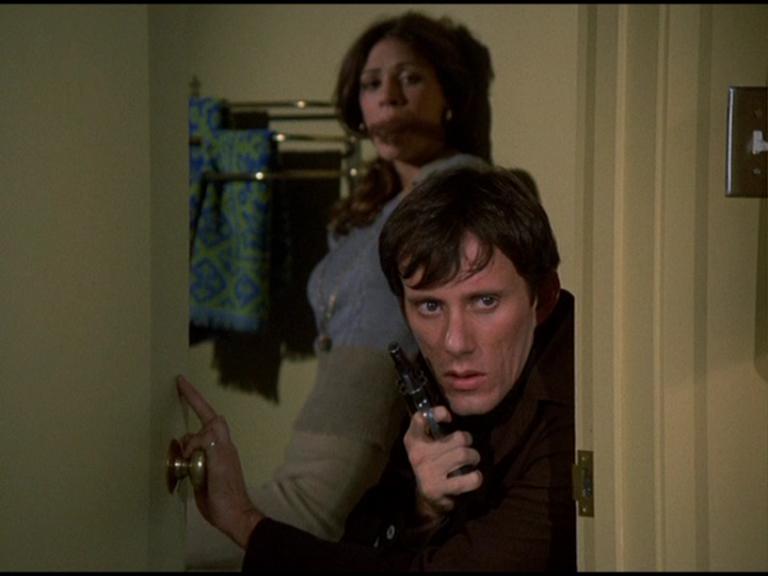
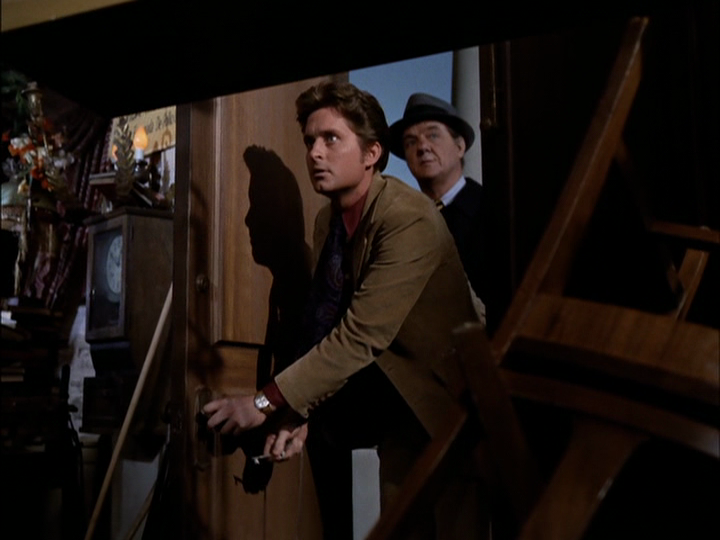
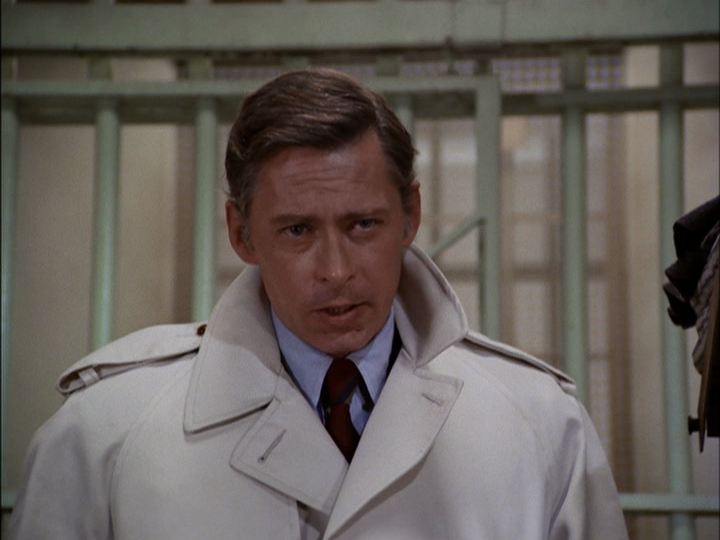
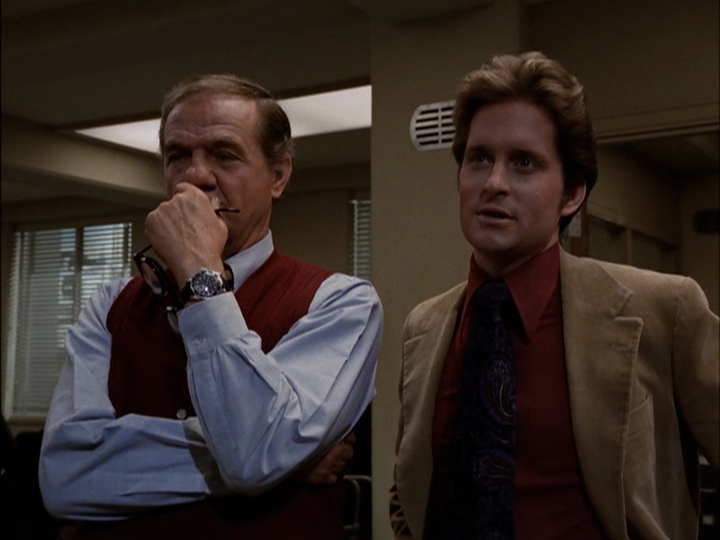
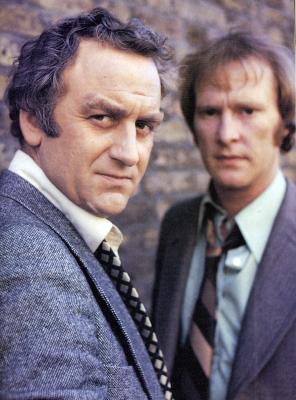
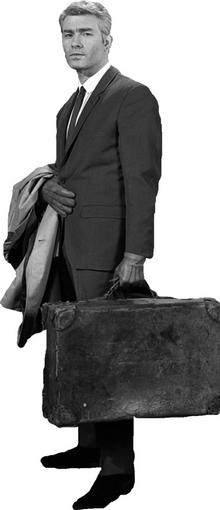
 RSS Feed
RSS Feed
